SINKING SHIPS, STAGECOACHES and SAL:
THE OAKES ADVENTURES
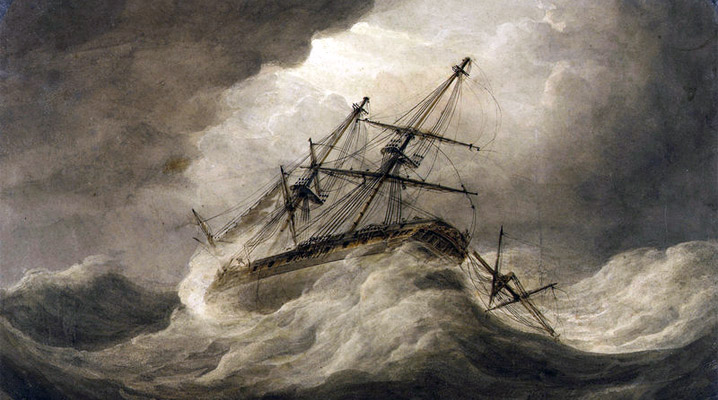
Our adventure begins with a shipwreck off the coast of Boston, MA in about 1660. Nathaniel Oak was the ship’s cabin boy, as was fictional, Jim Hawkins in the book, Treasure Island. Several Admirals and Vice Admirals, including Sir Francis Drake, started out their naval careers as cabin boys. Cabin boys were typically between the ages of 13 and 16 and their duties were many. They would run errands for the Captain, help the cook in the galley, haul buckets of water and food, take a turn standing watch, trim sails and in good weather, they held the wheel steady to keep the ship on course.
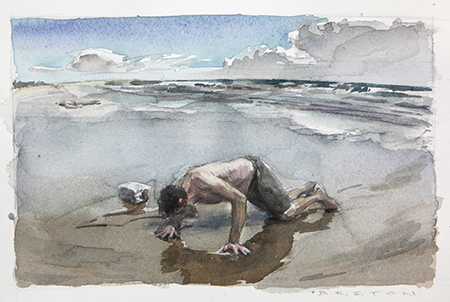
Miraculously, Nathaniel was the sole survivor of the sunken ship. The following account was written on the inside cover of the family Bible, which belonged to Nathaniel’s great-grandson, John Conant.
“The grandfather of my mother was a cabin boy on an English vessel bound to Boston. Nine miles from land the vessel foundered. All the ship’s crew, except the boy whose name was Oaks, were lost. He, being a good swimmer, swam ashore. In his distress, he solemnly promised the Lord if He would preserve him to get to land, he would never go onto the water again. This promise he sacredly kept… Thus he reached his after-home poor and penniless… He often said that while swimming to land, he suffered more from hunger than anything else.”
No doubt, 15 year old Nathaniel stayed in Boston for a number of years until he had the means to move on. Boston was only 30 years old, having been founded in 1630 by the Puritans (not to be confused with the Pilgrims who landed at Plymouth Rock in 1620.) I seem to recall that a good writer anticipates questions the reader may have, so I will add a note of clarification that you are now wondering about. The Church of England was basically the Catholic Church without the Pope. It was against the law in England not to attend the church, so those who were enlightened by the Reformation ended up in one of two groups; the Puritans, who wished to reform the church from within and the Separatists, who left the church and headed off to the New World where they could enjoy religious freedom rather than be arrested. The Separatists were not actually called “Pilgrims” until 1800, 109 years after the end of Plymouth Colony. The Puritans eventually ended up in the New World as well and created the Massachusetts Bay Colony and Boston 35 miles north of Plymouth.
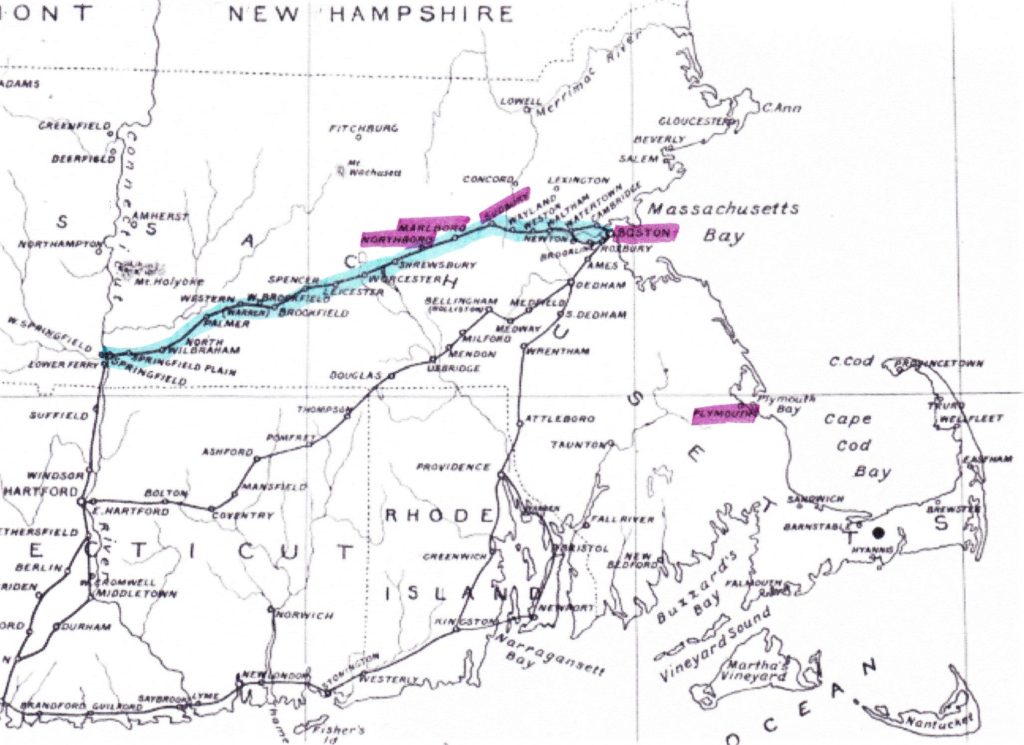
By 1660, the population of Boston had grown to 3,000 colonists and was the largest town in the colonies. The mail delivery route ( indicated on the map in blue) called the Upper Post Road was improved from a horse-only trail to an actual road big enough for wagons in 1673. Sometime shortly after this, Nathaniel continued on his adventure, traveling 22 miles down the Post Road to the town of Sudbury, but he did not stay very long and moved on to the next town of Marlborough.
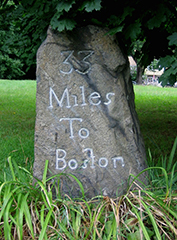
Generally, the way the settlers started new towns was step by step, moving from one town to a new area nearby, rather than traveling long distances. John Radiat was one of the several families from Sudbury who moved down the road to start Marlborough Plantation in 1659. John (who would become Nathaniel’s father-in-law) acquired 22 1/2 acres near the Upper Post Road. The following year the plantation became the town of Marlborough and the Upper Post Road became Main Street(and now is also, State Route 20.) Marlborough soon became one of the “Praying Indian Towns.” Indians who converted to Christianity were called the “Praying Indians” and most of them banded together and lived in Praying Indian towns, which were designated by the Massachusetts General Court. A significant number of Praying Indians went on to fight in the Continental Army during the American Revolutionary War. (Note of clarification: the Indians have been called Indians for over five hundred years. I am a Native American because I was born in America.)

Marlborough also became one of the favored stops on the Upper Post Rd., later called the Old Post Rd. or the Boston Post Rd. Williams Tavern built in 1662 was the popular spot and offered meals, ale and lodging for man and beast. George Washington spent the night there in 1775 and again in 1789. They probably posted one of the famous signs on the wall, “George Washington slept here.”
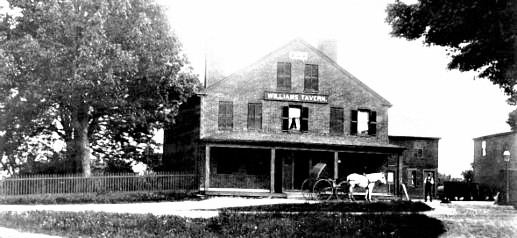
You may recall the First Thanksgiving with the Pilgrims (Separatists) and the Wampanoag Indians led by sachem (chief) Massasoit. Not only did Massasoit (and Squanto) help the Pilgrims to survive the harsh winters, but he protected them from hostile tribes. He was an honest and peaceful man and the Indians and the Pilgrims had about 50 years of peace in the colony.
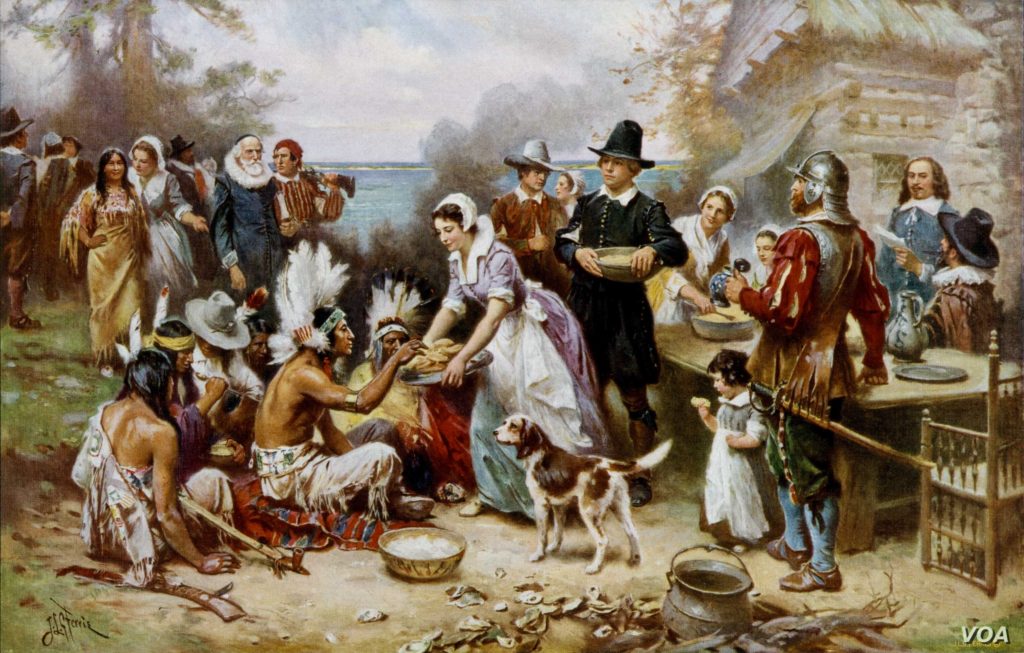
After Massasoit died, his son Wamsutta(Alexander) took over as sachem of the Wampanoags. About a year later, he also died and his brother Metacomet(Philip) became sachem. Philip did not share his father’s convictions of peace and brotherhood with the white men, and an armed conflict began in 1675 called, “King Philip’s War.”
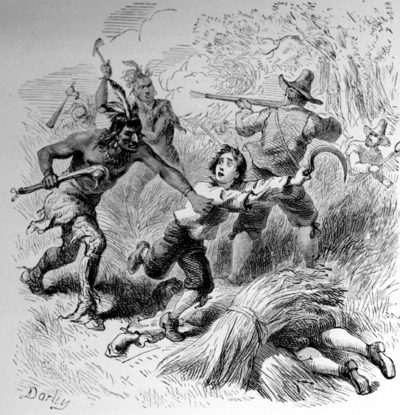
King Philip’s War is considered the deadliest war in Colonial American history. Almost all the Indians tribes united under ‘King Philip’ and went burning and killing from town to town and farm to farm throughout all of New England in an effort to eliminate all white men. The town of Marlborough was almost destroyed. It suffered 63 houses and 11 barns burned, fruit trees hacked and peeled and cattle killed. Many people left, going to safer towns in the north or east. The war ended in 1678 with the death of more than 4,000 Indians and Colonists, including King Philip. 12 complete towns were destroyed as well as the livelihood of many families. The Indian tribes also suffered a huge loss of life and land.
Life gradually returned to a sort of normal as buildings and towns were repaired or rebuilt. Nathaniel married John Rediat’s daughter, Mehitable in 1686 and she inherited the 22 1/2 plantation acres the next year upon her father’s death. Nathaniel and Mehitable build a house on the property in 1690. The Indian attacks were never completely forgotten and so 26 garrisons were created in Marlborough. A garrison was a fortified house with a stockade built around it. About four families were assigned to each garrison, which provided a place of protection if the Indians were to attack again. In 1692, the families who lived near Samuel Goodenow became part of garrison #12, the Goodenow Garrison. They were Nathaniel Oak, Gershon Fay and Jonathan Forbush.
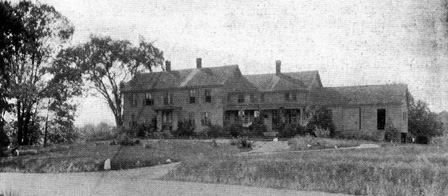
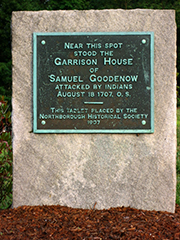
Two significant events occurred in 1702, the death of Mehitable Oak and the beginning of Queen Anne’s War. Mehitable and Nathaniel had no children, so in 1703, 58 year old Nathaniel married 21 year old Mary Holloway. They were blessed with eight children; Nathaniel Jr in 1704, William in 1706, Hannah in 1707, Mary in 1710, Anne in 1712, John in 1715, Jonathan in 1717 and George in 1720.
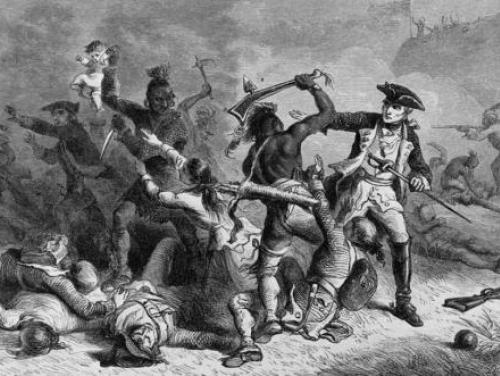
Queen Anne’s War began shortly after Anne was crowned Queen of Great Britain in 1702. It was second in a series of French and Indian Wars, and put the colonists again under attack by the Indians until it’s end in 1713.
During this war, a sad event occurred at Goodenow’s Garrison in 1707. Gershom Fay’s wife, Mary and Samuel Goodenow’s daughter, Mary left the safety of the garrison on a warm August afternoon and went to the meadow to gather herbs. Unmarried Mary Goodenow was 34 years old and was lame in one leg. Mary Fay, about the same age, was the mother of two children with another on the way(her four year old son, Gershom Jr. would later marry Nathaniel’s daughter, Hannah.) One of the Marys noticed a group of about 24 Indians approaching and the two gals ran for the garrison as fast as they could. Mary Fay barely reached the gate and got inside. The Indians attempted to break through the enclosure, but Nathaniel Oak was on duty at the garrison that day and began firing at the Indians as fast as Mary Fay could load the muskets. Poor Mary Goodenow, who ran the best she could with her bad leg, was overtaken by the Indians and dragged across the brook and into the woods. The other men of the garrison, working in the nearby fields, heard the shooting and came as fast as they could. The men then went off in search of Mary and her abductors. They crossed the brook and found the badly mutilated body of Mary. The decision was made to bury her right there where she was found. Two days later, her scalp was found in the pouch of a dead Indian.
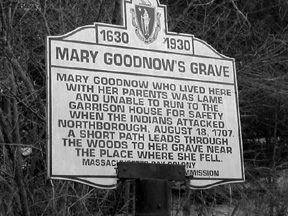
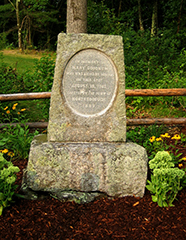
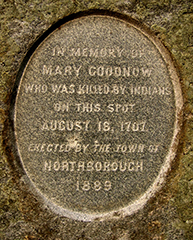
In 1717, the town of Marlborough was divided in half. Nathaniel’s family was listed as one of the 25 families residing in the new community of Westborough. If you have ever had to pack up everything and move to a new place, I am sure you will agree that this is by far the best way to move from one town to another. Four years later in 1721, Nathaniel’s adventures came to an end when he died at age 76.
Nathaniel Jr. continued living in the old home place and married Tabitha Rice in 1727. Their children were William, born in 1728 and Seth in 1733. Tabitha died in 1736 and Nathaniel then married Keziah Maynard a couple of months later. They had six children; Tabitha in 1737, Ebenezer in 1738, Thankful in 1739, Nathaniel in 1742, Beriah in 1743 and Midwell in 1746.
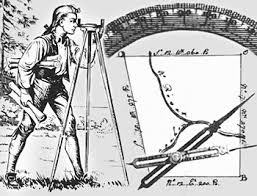
In addition to farming, Nathaniel Jr. became a surveyor from 1736 until 1742. He perambulated the boundaries of Bolton, which was established in 1738, about 11 miles north of his home in Westborough. He may have been involved in the project of widening the Lancaster Road in Bolton so that it could accommodate “four oxen with four barrels of cider.” He must have liked what he saw, for he moved his family to Bolton in 1745. He sold the family home to Rev. John Martyn, Westborough’s first minister. The house was used as the meeting house (church) for three years until a permanent meeting house was built just a short distance to the south. The old Oak family house then became the parsonage. Upon the death of Rev. Martyn, his widow sold the house to the new pastor, Rev. Peter Whitney in 1770.
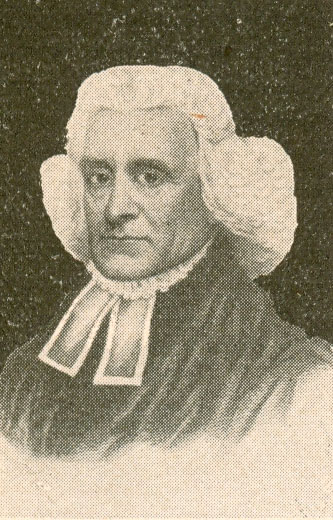
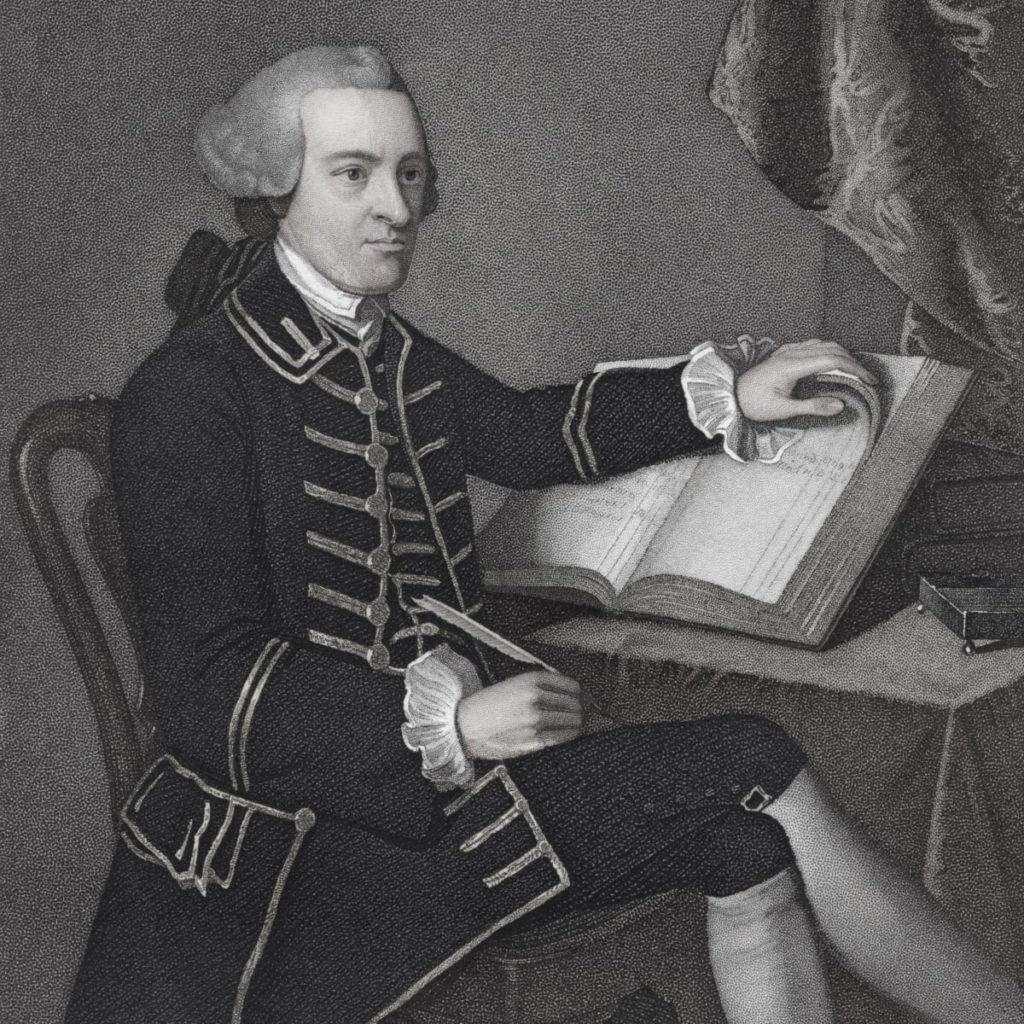
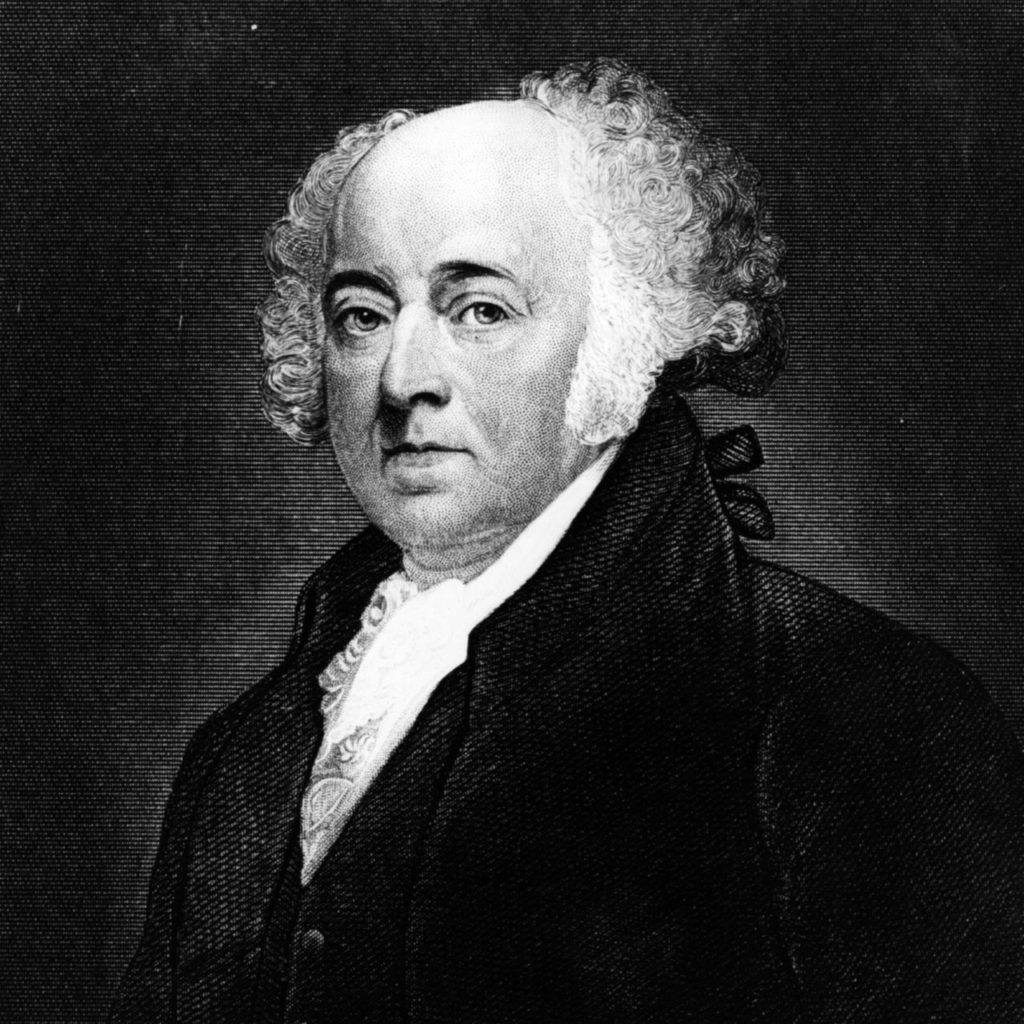
Rev. Whitney was very active in his support of the Patriot cause before and during the Revolutionary War and published several pamphlets based on his sermons. He was well acquainted with both John Hancock and John Adams and his son, Peter Jr, also a minister, officiated at the funeral of President John Adams. In 1780, the house that Nathaniel Sr. built, burned to the ground. Rev. Whitney had the house rebuilt immediately upon the original foundation. It is of interest to note that Eli Whitney, inventor of the Cotton Gin, was a relative of Mary Fay (Eli’s mother was a Fay) and Peter Whitney.
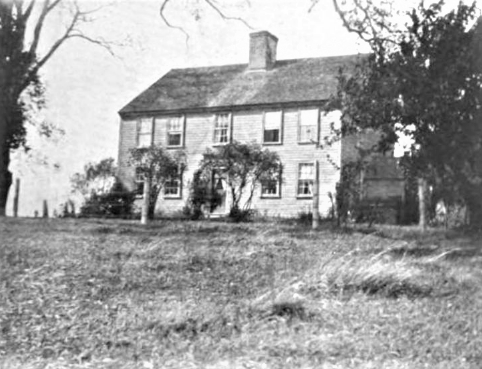
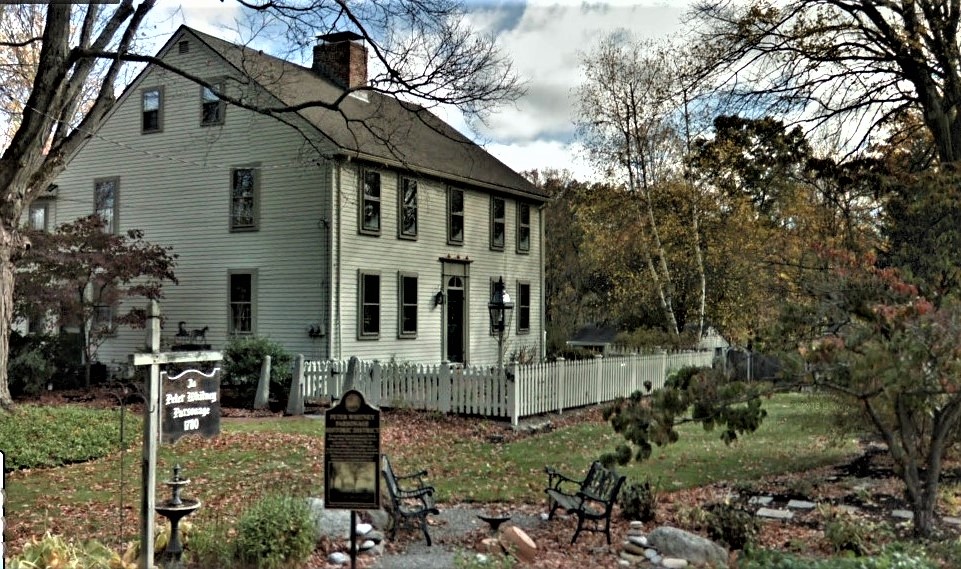
The communities were split up two more times through the years and the Nathaniel Oak/Peter Whitney property is now in present-day Northborough. There has always been a tradition in newly created communities to name the streets after pioneer families and the Oak/Whitney house stands at 62 Whitney Street and Oak Avenue is a bit farther west.
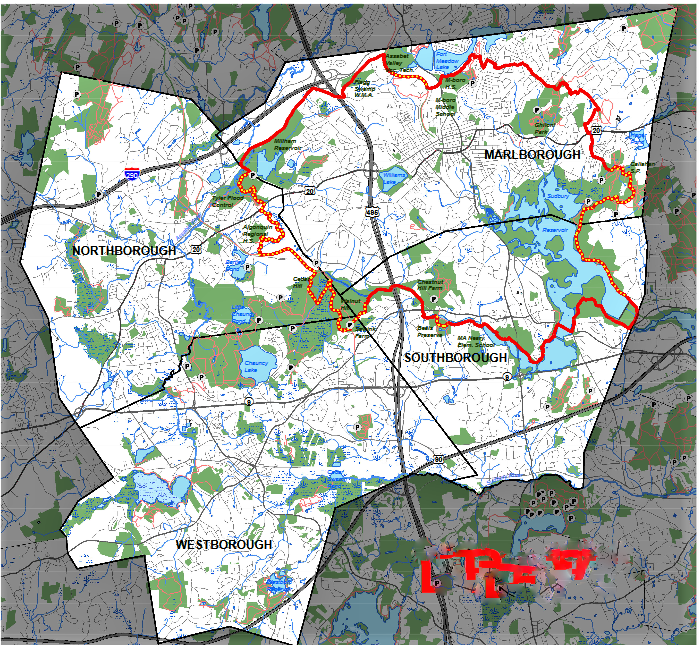
As mentioned before, Nathaniel Jr. became familiar with Bolton, MA while surveying the new community in 1738. He moved his family to Bolton in 1745 and bought a farm on Long Hill, near present-day Long Hill Road and Main Street. Nathaniel’s son, Beriah married Tabitha Fosket on New Year’s Eve in 1767 and they cared for his parents and the family farm with their eight children; John born in 1768, Elizabeth in 1770, James in 1771, Abraham in 1773, Asa in 1774, Daniel in 1776, Eunice in 1778 and Phebe in 1779.
Beriah’s short life was filled with family and farming until one April day in 1775. Massachusetts poet, Ralph Waldo Emerson, wrote “Concord’s Hymn” in honor of the Battle of Concord, which was witnessed by his grandfather, whose house stood a few feet from the battle.
A few lines from “Concord’s Hymn”
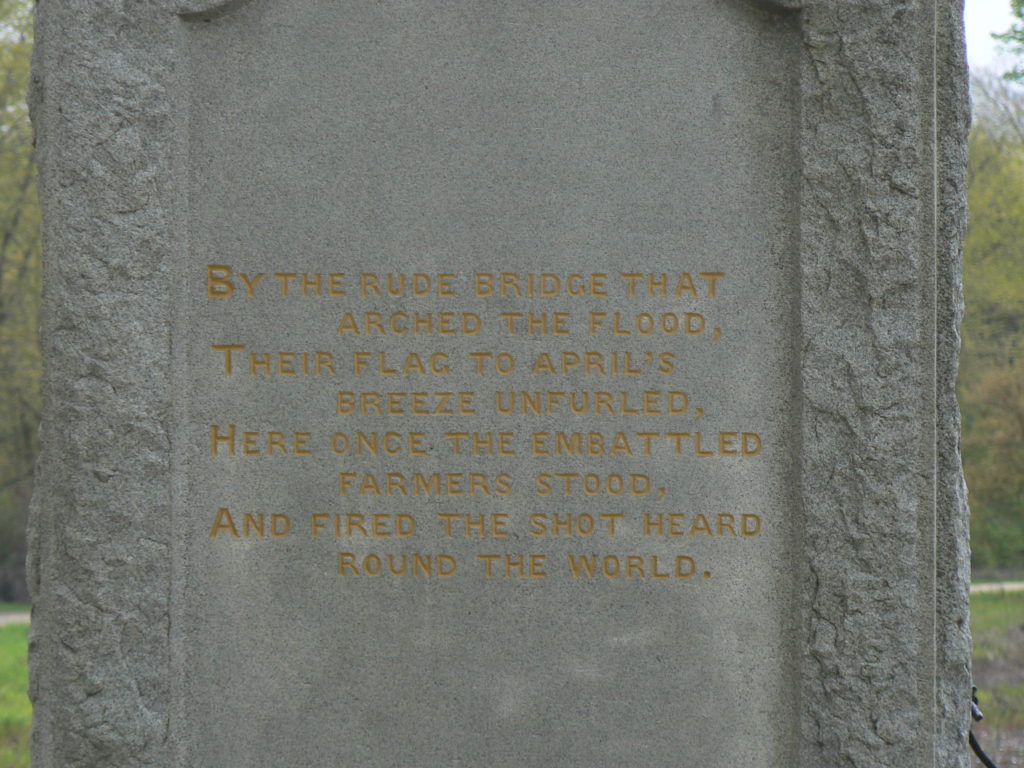
Beriah Oak was one of those farmers mentioned in Emerson’s poem.
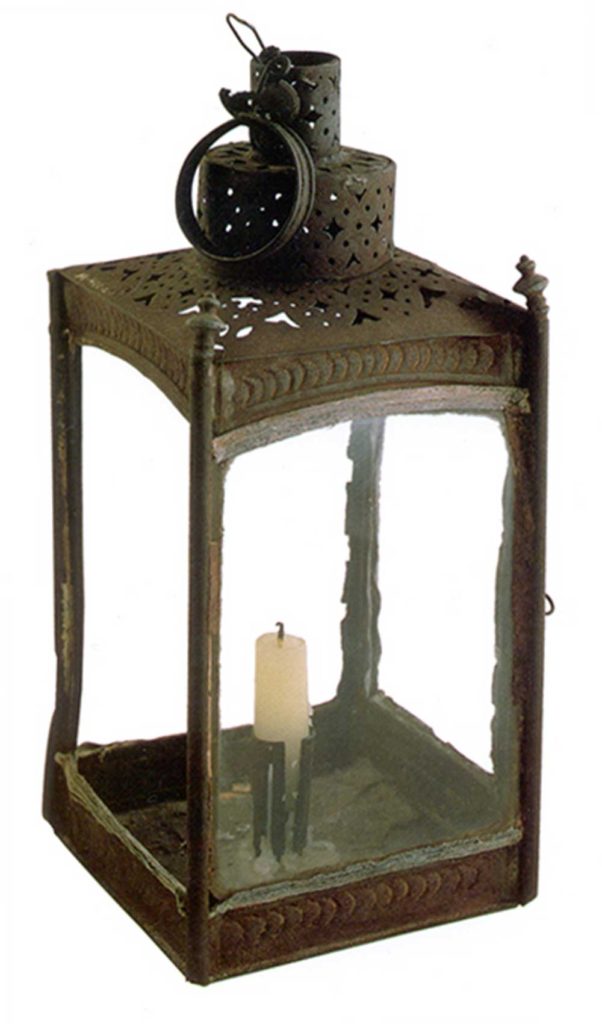
On the night of April 18, 1775, a lookout in the tower of the Old North Church in Boston, saw the British soldiers getting into boats to cross the Charles River. He lit two lanterns according to the signal instructions, “light one if by land and two if by sea.” Paul Revere sounded the alarm and his group of over thirty riders spread the word, “The British are coming!” They knew the British troops were headed to Concord to take away the Colonist’s weapons and ammunition. Lexington was midway between Boston and Concord, so that was to be the first gathering place to meet the British.
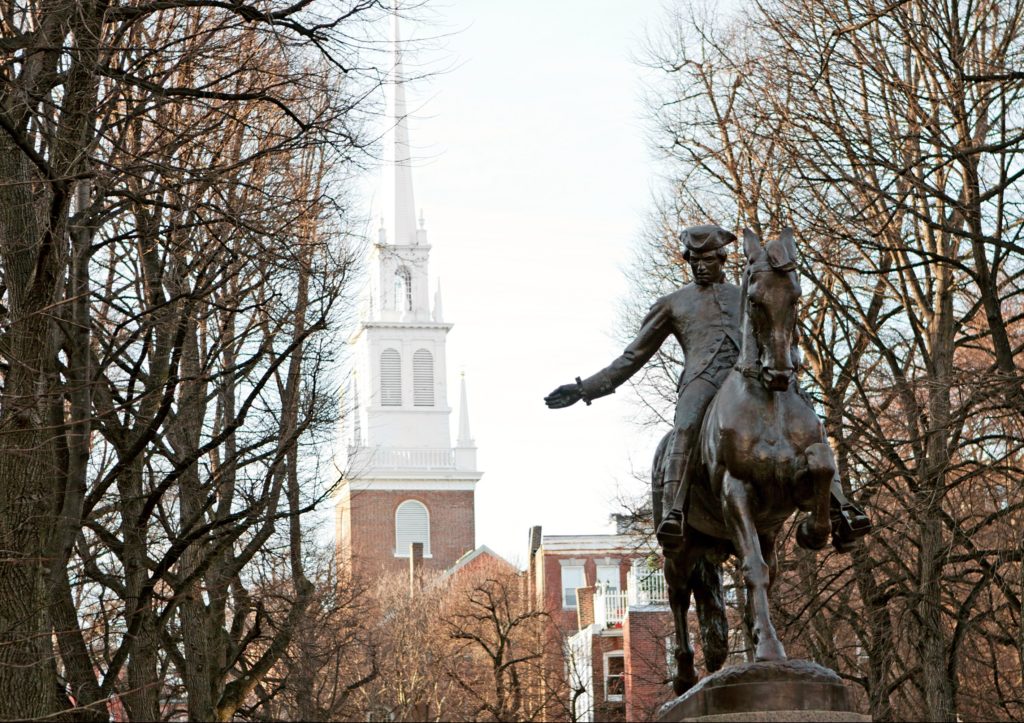
On the morning of April 19, 1775, Beriah and his eldest son, John were out plowing their field with a pair of oxen and a horse. Upon receiving the word that the British were coming, Beriah, a trained Minuteman, immediately left John and the oxen in the field, rode to the house to get his gun, and started off for Lexington, a four hour ride. The ‘surprise’ maneuver the British Redcoats had planned was spoiled when they arrived in Lexington. The British were the ones who were surprised when they encountered the Colonial Minutemen waiting for them. The skirmish, known as The Lexington Alarm, was the first battle of the American Revolutionary War.
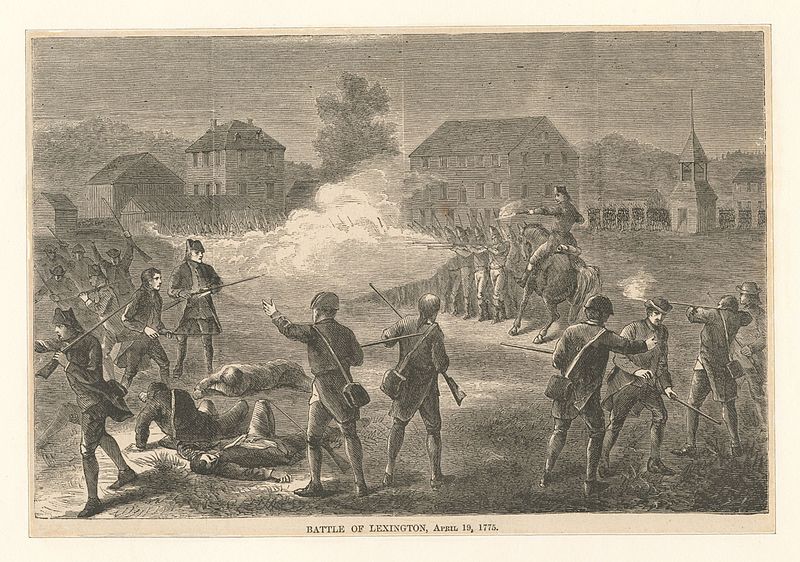
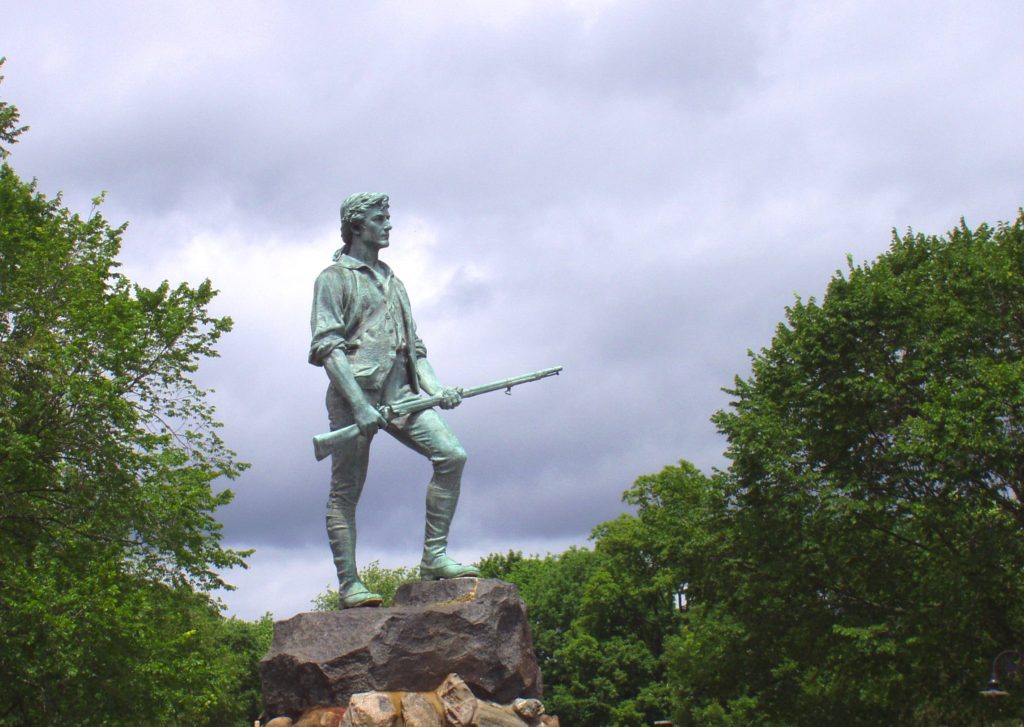
Eight colonists were killed, and the group fell back, as they were substantially outnumbered. The British continued on their way to Concord, where they were met by the growing group of Minutemen, including Beriah and his group, who now outnumbered the Redcoats. The battle ensued and this time the British had to retreat back to Boston while being shot at from Minutemen hiding in the bushes and trees all along the way.

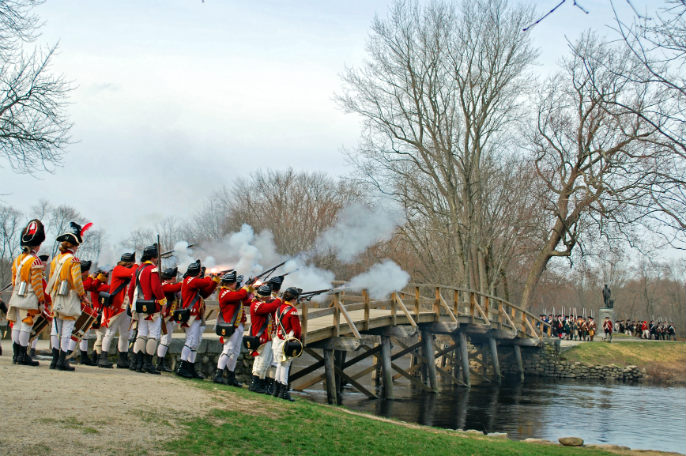
April 19th is celebrated in many states as Patriot’s Day, to commemorate the Battles of Lexington and Concord, although there is still some controversy concerning “the shot heard round the world.” Both cities claim the ‘shot’ as theirs and no real agreement has ever been reached, so they must share the honor.
Beriah then served in the Army as a private in the Massachusetts Continental Line. Although he was killed in 1780 at age 36, he helped win the War for Independence which finally ended in 1783. His wife Tabitha was carrying their ninth child when he died and she named him Beriah when he was born in 1781.
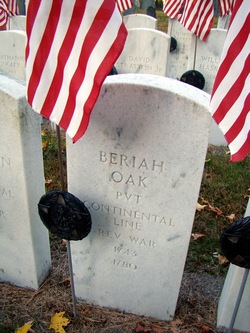
Beriah’s son Daniel, who was born in 1776, married Hepzibah Batchelder in 1800. Their first child, Asa, was born early in 1801 and Merrick was born later in 1801 and Luke in 1802. That’s almost like having triplets! Louisa and Mary came along in 1806 and 1807. Daniel had a hankering to go West, so they packed up the five youngins and left Bolton in 1808 for Athol, MA. But 38 miles wasn’t far enough west, so he moved 67 miles farther on to Clarksburg, MA. Two more daughters came along, Adeline in 1812 and Nancy in 1813. For some reason, he got fed up with Massachusetts and moved the growing family across the state line four miles to Stamford, Vermont in 1816. Three more boys were added to the brood to make an even ten; Daniel in 1816, Ephraim in 1818 and Andrew in 1820.
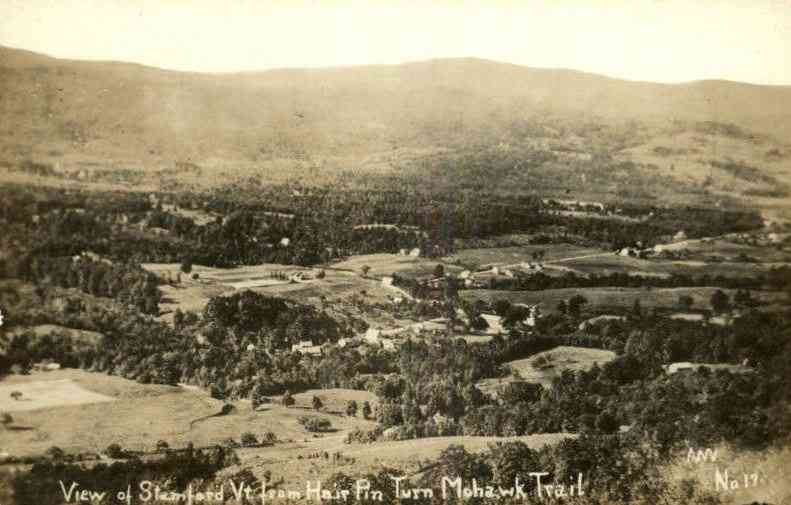
Daniel’s spirit of adventure diminished and he settled down in Stamford, as far west as he could go without moving into New York. The Bangs family lived nearby with their eight children, so it is no wonder that Asa married Ruby Bangs, Luke married Bethiah Bangs and Louisa married Justus Bangs. Daniel lived his remaining years here and died in 1845.
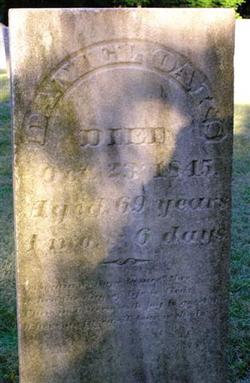
With a population of 378, Stamford was getting way too crowded, so Justus Bangs and his nephew, Elihu Hubbard decided to take a trip to the Michigan Territory. Upon their arrival, they were not too impressed with the land, so they continued on to Illinois. Illinois became a state in 1818, but was sparsely populated because of Indian attacks, until the defeat of Chief Black Hawk in the 1832 Black Hawk War in southern Wisconsin and northern Illinois. Capt. Abraham Lincoln’s only military experience, although limited, was gained during this time and gave him insights during the Civil War. Chicago was founded in 1833 with 200 people. So by 1836, Justus and Elihu felt safe enough to build two log cabins next to a beautiful lake in northern Illinois, now known as Bangs Lake. They planted a spring crop after the cabins were finished. But in the autumn, Justus suffered an injury and returned to Vermont. Eighteen year old Stebbins Ford and his family arrived in 1837 from Vermont (We will find out how he fits into our family later on.)
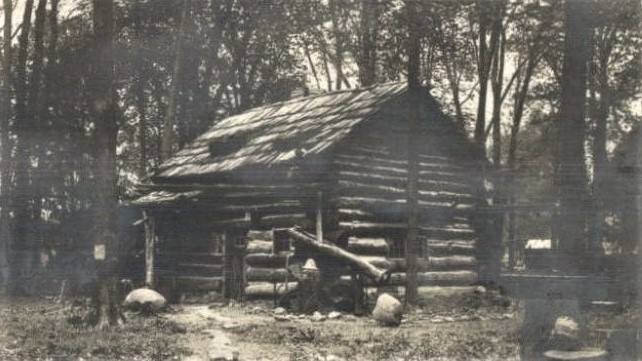
In 1839, Justus returned to Illinois with his wife, Louisa Oaks and their two sons. The following year, Louisa’s sister, Mary Oaks and her husband Andrew Cook and their five children arrived. They also built a log cabin by the lake. Wishing to join his two sisters, when Daniel Jr married Lavina Hayward in 1841, he surprised her with an adventurous, honeymoon trip to; you guessed it, Bangs Lake in Illinois! And of course, they built a log cabin by the lake. Brother Andrew Oaks and wife Phoebe followed in 1844 (too bad for him; no more lakefront property left), as did 16 year old Jerusha Hill and her family (We will fit her in later on, too.) So, I think that about reduced the population of Stamford in half! (It is interesting to note that the Snelling family also migrated to Illinois from Vermont.)
Can you imagine packing up all of your family and possessions and animals and traveling from Vermont to Illinois in a wagon? It was a long, dusty, sometimes muddy and hot trek through Indian territories and encounters with wild animals and bad weather. The overland trip was also very hard on the wagons and animals. But Jerusha Hill and her family did it and lived to tell about it. They traveled for 31 days through Vermont, New York, Pennsylvania, Ohio, Indiana and finally, Illinois. I do not know why they choose this route when they could have taken “America’s First Super Highway,” The Erie Canal!
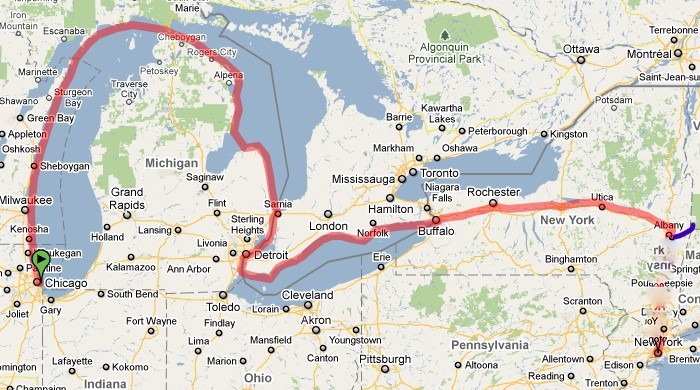
The idea of a canal for western expansion actually was suggested by George Washington in the 1780s, but was never realized for a number of reasons. But the idea never died and in 1817 the work began, and what a project it was! 50,000 workers labored for eight years on this ‘engineering marvel.’ It required several amazing feats; inventing the first cement that would harden under water, building over 300 bridges for the roads to pass over the canal and 18 aqueducts to carry the canal waters over rivers and creeks, and constructing 83 sets of locks for raising and lowering the water levels. The canal was four feet deep and 40 feet wide for a length of 363 miles with a 568 foot rise in water level. Wow!


The Erie Canal officially opened in 1825 and allowed two types of boats; packet boats for people only and line boats for animals, all kinds of stuff and the people who owned the animals and the stuff. When I was in grade school, we all learned and sang the Erie Canal folk song. The line boats were “filled with lumber, coal and hay, and we knew every inch of the way from Albany to Buffalo-o.“
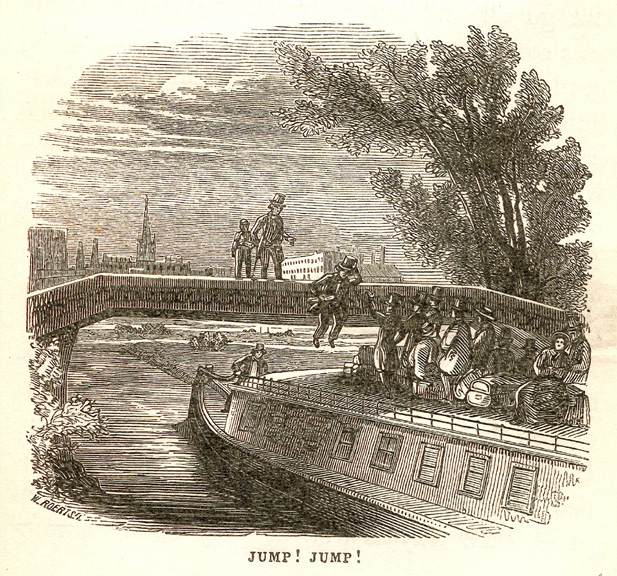
All of our ancestors, except the Hill family, came down the Erie Canal in line boats loaded with all their animals and stuff. The boats were pulled by two mules or horses who followed a path or road along side the water. The trip from Albany to Buffalo took about nine days. When President James A. Garfield was 16 years old, he worked on a canal boat managing the mules.
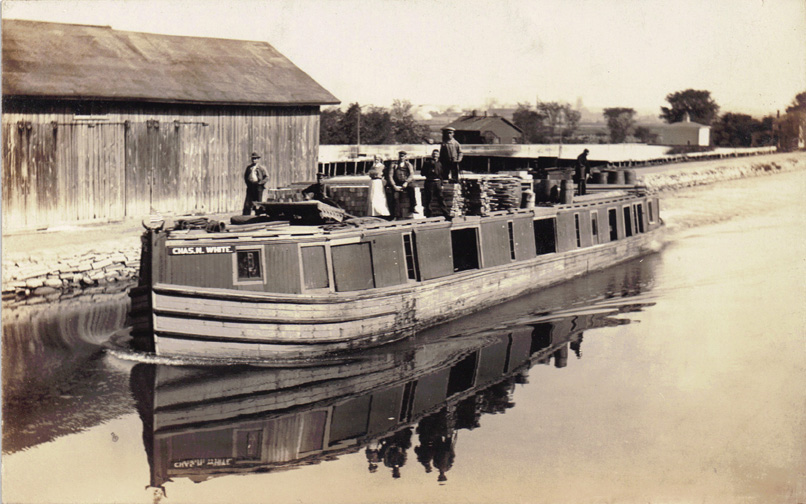
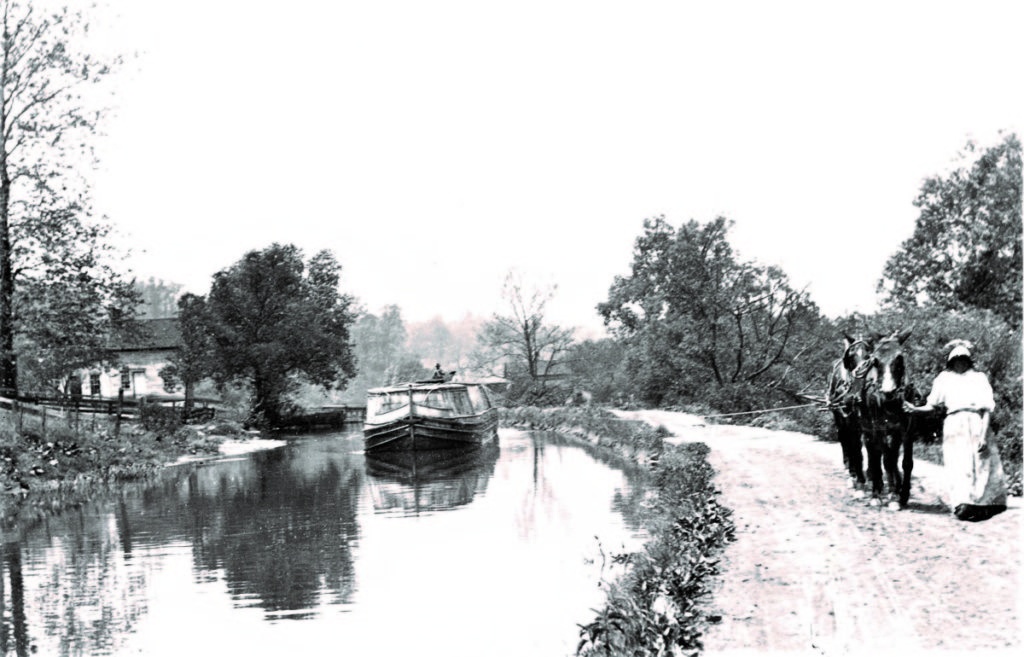
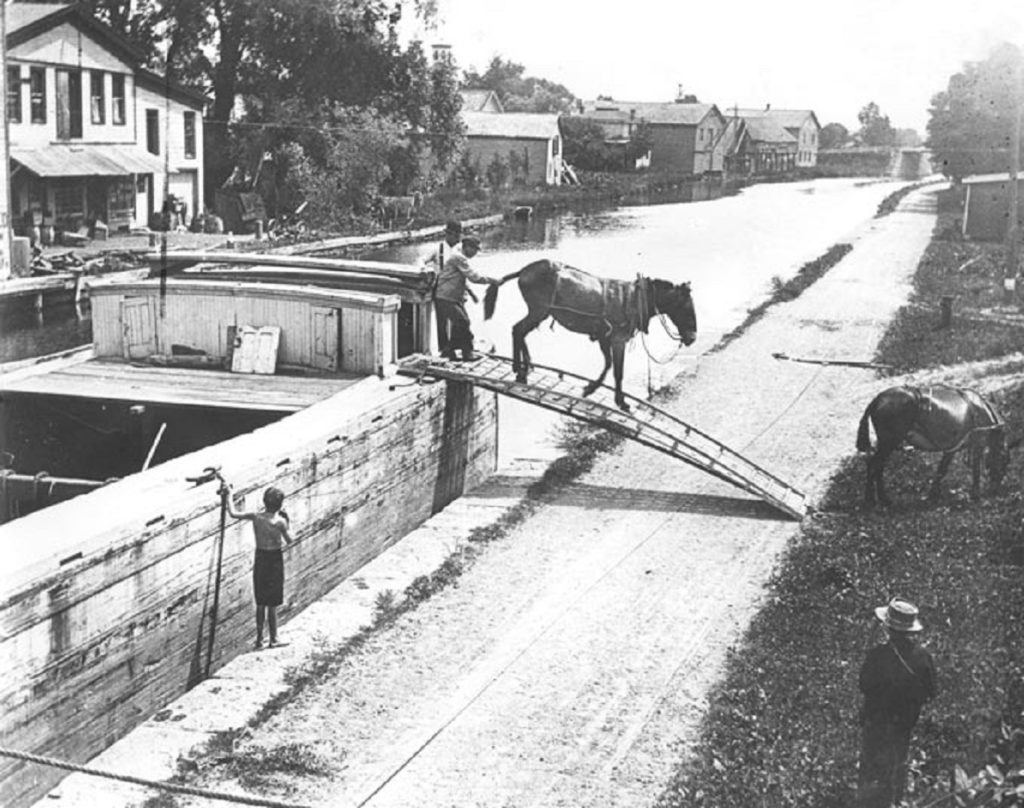
Today much of the Erie canal is still a usable waterway, although some sections were filled in years ago to make roads. It still has quite an attraction with people from all over the world, who visit it each year to ride tour boats down the canal, ride bicycles along side on the mule paths or let ‘Sal’ pull you along in an authentic-looking canal boat.
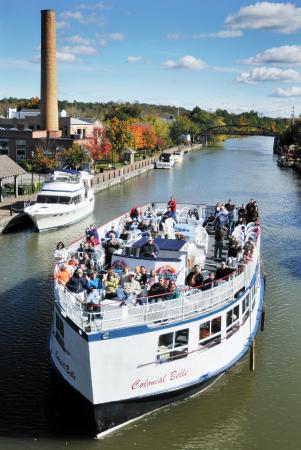
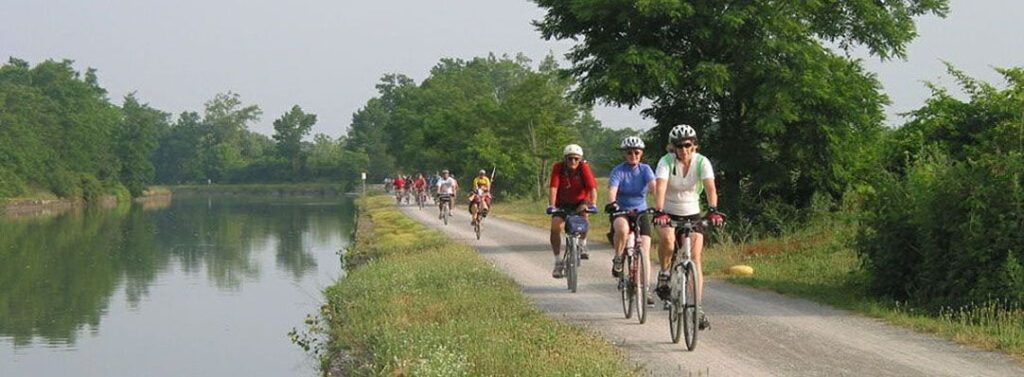
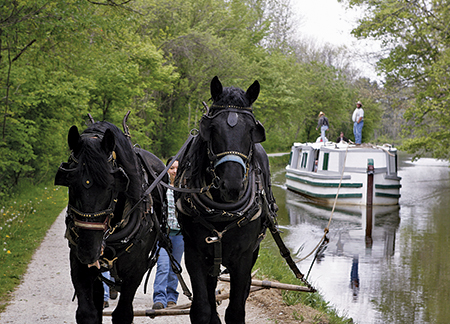
Upon arriving in Buffalo, NY, our travelers waited for one of the six paddle wheel steamships that made the trip from Buffalo to Chicago. The 892 mile voyage took about 2 weeks, so the over-all time from Vermont to Illinois was about 3 weeks, one week shorter than the land route. Daniel and Lavina boarded the steamship Erie in July of 1841 and sailed along the upper coastline of Lake Erie; sort of a honeymoon cruise.

They next made their way past Detroit and up the St. Clair River and Lake St. Clair to Lake Huron. Following the western coast, they passed the famous Fort Mackinac, built in 1780, on Mackinac Island and on through the Straits of Mackinac into Lake Michigan.
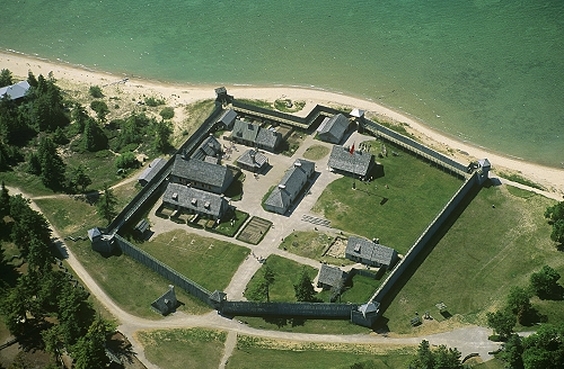
The last leg of their adventures on the water brought them down the coastline of Wisconsin to Chicago. After unloading people and cargo, the Erie prepared for her return trip to Buffalo. The Oaks packed up their stuff and traveled another 40 miles or so to the Bangs Lake area of Illinois. Quite an interesting honeymoon to say the least! They were welcomed to the wild west by family and friends, who congratulated the newlyweds. The Erie reached Buffalo in early August and was reloaded and on her way back to Chicago on the 9th. About 33 miles out of port, an explosion occurred on deck and soon the entire ship was aflame. The Erie sank and 254 lives were lost. Fortunately, Daniel and Lavina were not on that voyage or I would not be writing this story.
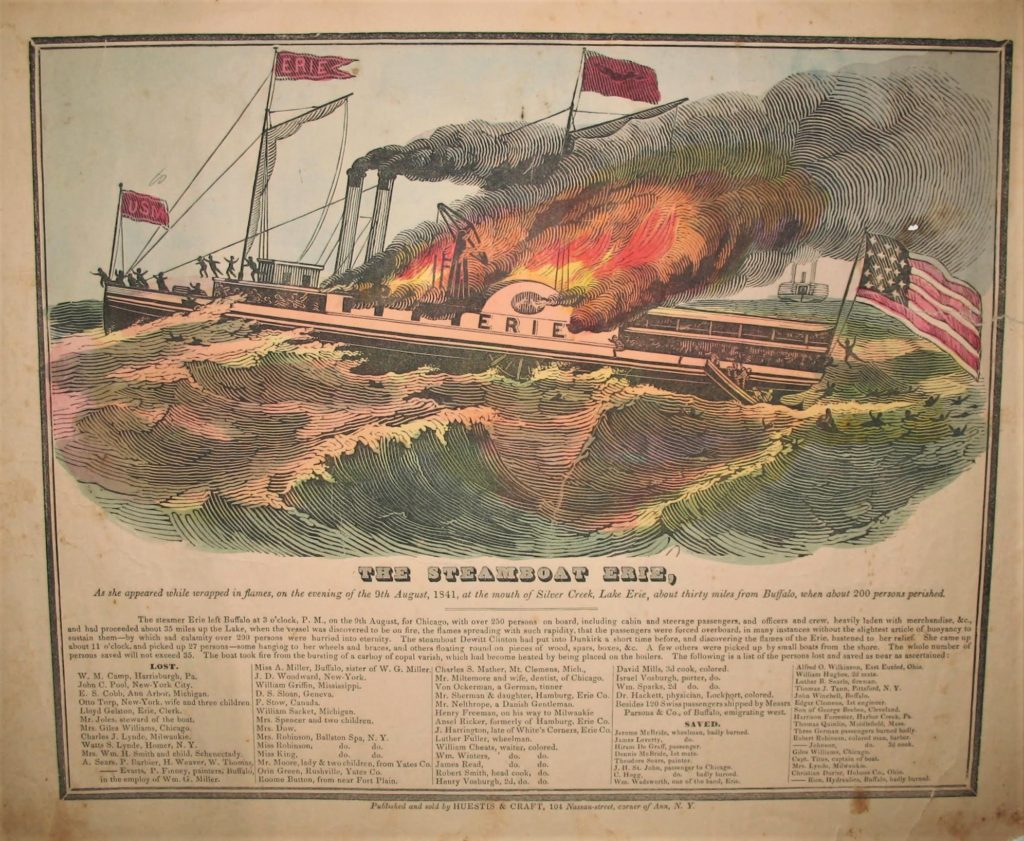
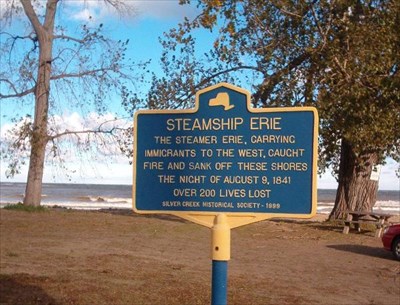
So, by 1844 the Bangs Lake community of farms started to take shape as the Vermont families (Bangs, Cooks, D. Oaks, A. Oaks, Hubbards, Fords and Hills) were busy setting up their homes and fields, as well as others who were still moving into the area.
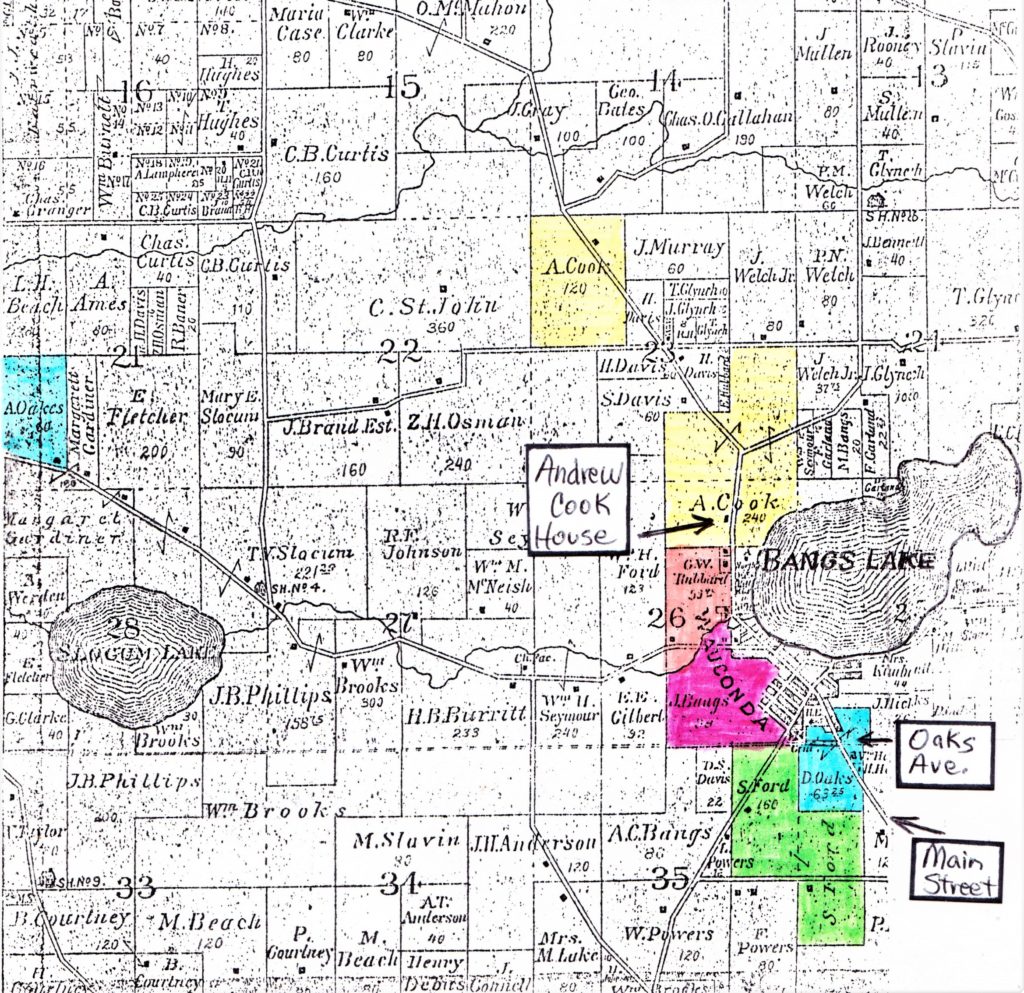
The above map of the area shows the Daniel Oaks farm in blue by the lake and late-comer Andrew Oaks in blue father west. Daniel bought 80 acres for $1.25 per acre. The Ford farm is in green, the Bangs in red, Hubbards in orange and the Cooks in yellow. Justus Bangs began the construction of at least six buildings that would become the town. He was the first Postmaster and Justice of the Peace. They named the little town, Wauconda, after an Indian Chief in 1849, the same year Waukegan (Potawatomi for ‘Little Fort ‘) was named. Present-day Main Street runs through the old Oaks farm, as does Oaks Avenue, which borders the city cemetery, where most of these pioneers are buried.
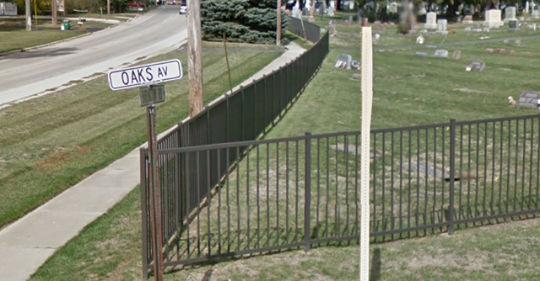
About 1850, Andrew Cook and wife, Mary Oaks had a fine brick house built on their property, which now houses the Wauconda Historical Society, a place where I obtained some of my research materials for this article.
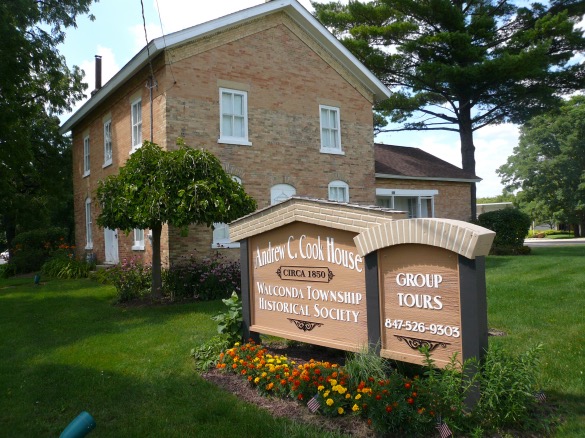
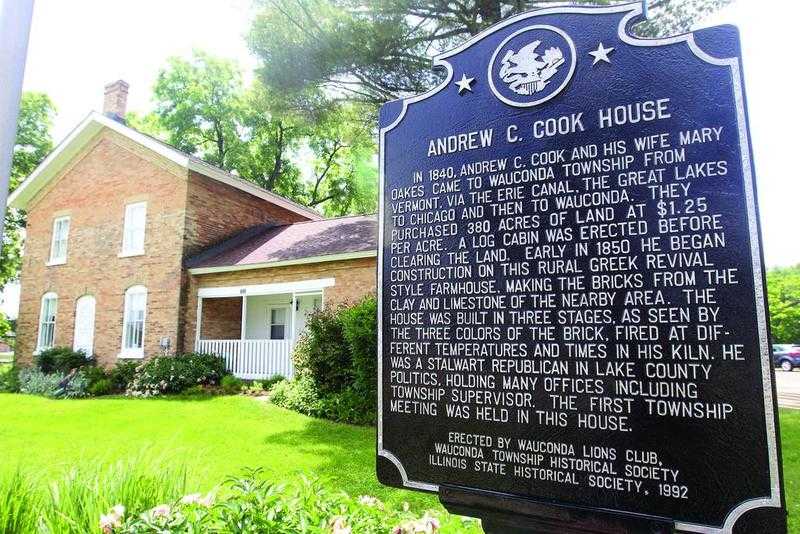
Daniel and Lavina’s first child, Pamela was born in 1845 and only lived for six years. Next came Theron in 1848, Lancelot Elihu (named after fellow pioneer Elihu Hubbard) in 1853 and Erskine in 1855. In his spare time, Daniel started the Wauconda Stagecoach Line, which traveled to Waukegan and back delivering mail and passengers. When they were old enough, Lancelot and Theron took turns driving, too.
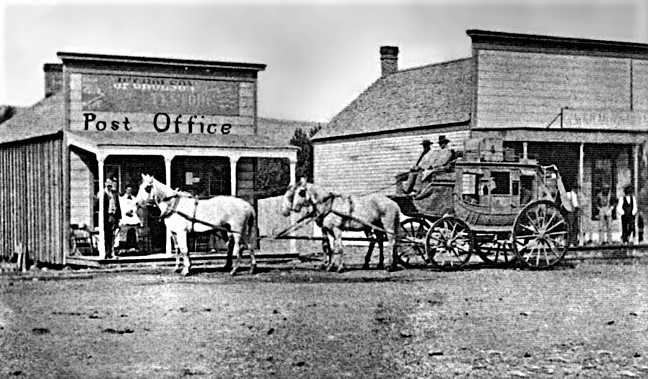
During the Great Snow of 1881, The Wauconda Gazette printed a news item; “Theron Oaks with the Wauconda Stage…thanks the people…for turning out and helping him through the snowbanks.”
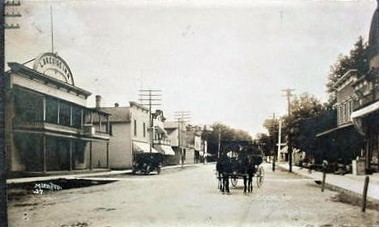
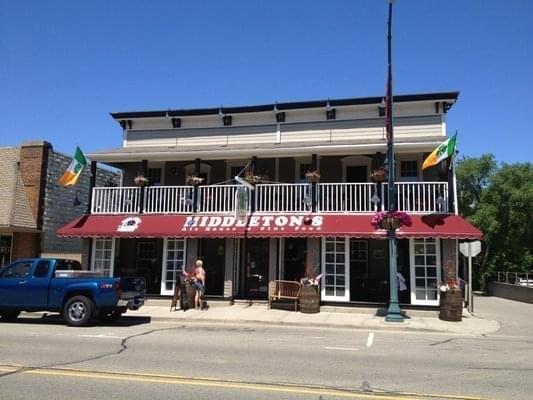
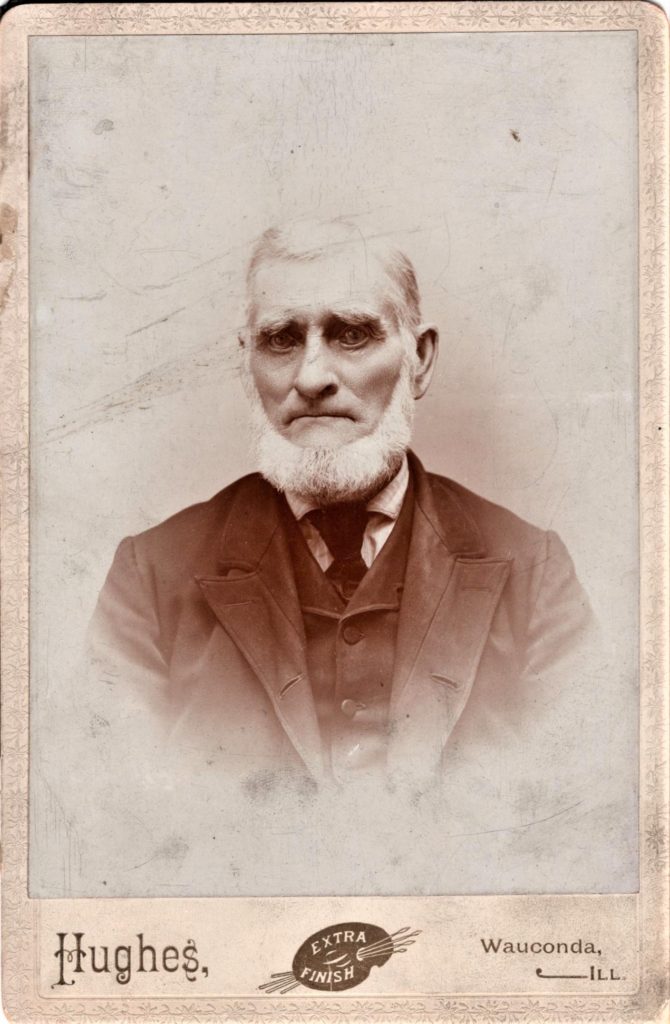
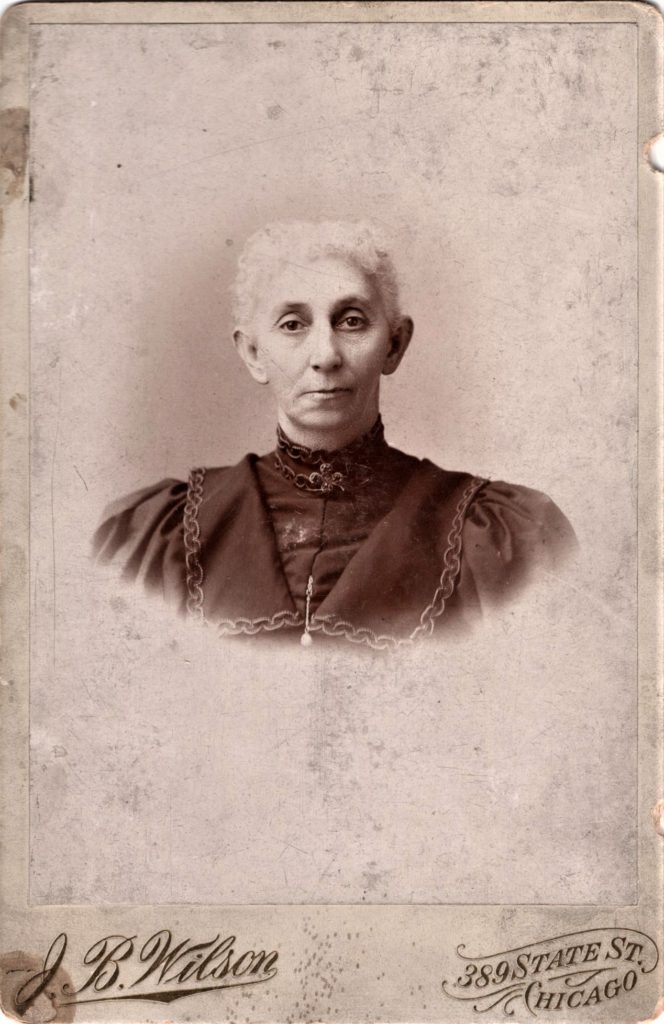
Awhile back in our story, I mentioned two teenage travelers who came from Vermont that were not related to any Oaks; Stebbins Ford and Jerusha Hill. Well, in 1846, these two got married and after the death of his father, they took over the Ford family farm next to the Oaks farm. They had seven children, but three died before the age of two years. Mary Marie was born in 1855 and Nellie in 1860.
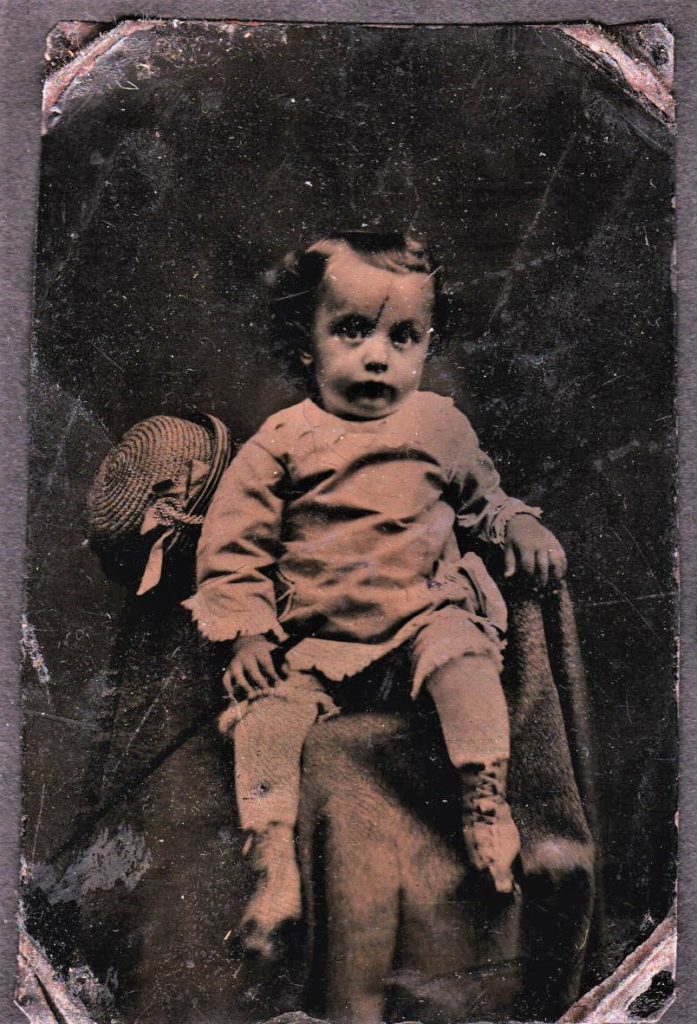
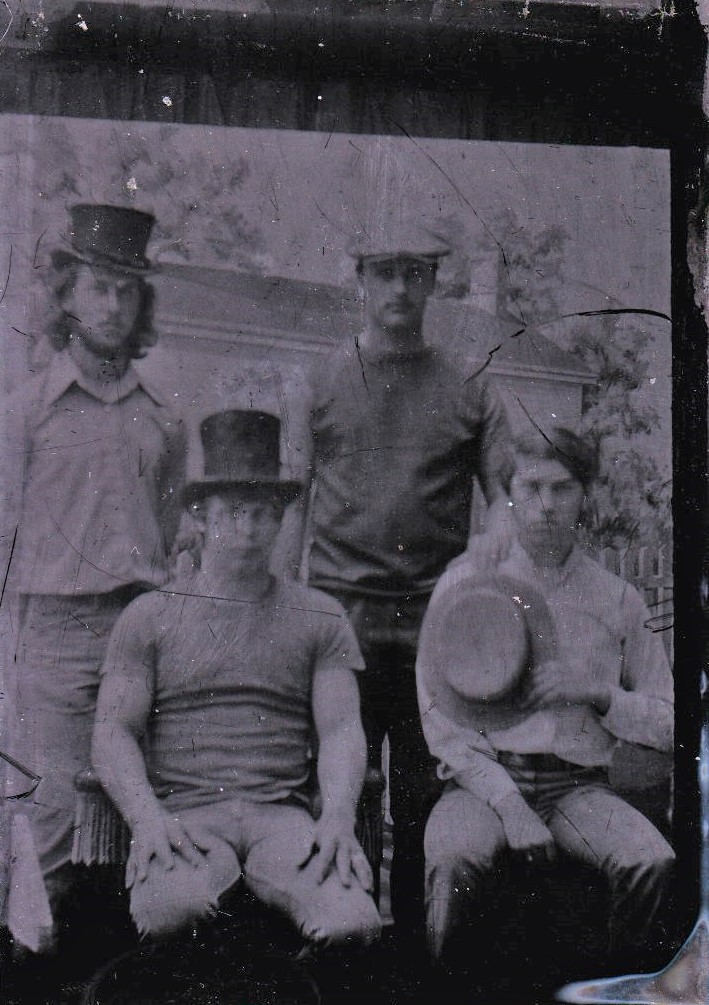
Although photography had it’s origins many years earlier, it did not become generally used until the 1840’s. By 1856, Hamilton Smith patented the photographic process called the Tintype. Instead of using paper to print a photo from a negative, this new process produced a photograph directly onto a thin, metal sheet and did not require a negative. The image on the tintype was therefore, reversed or a mirror image. The amazing thing about this process was capitalized by county fair photo booths and sidewalk photographers, who could take a photo, develop it and hand it to the customer only a few minutes after it was taken. And it was very inexpensive compared to a paper photograph. Polaroid came out with the same idea about 100 years later and fooled us into thinking this was a new idea.
The two Ford sisters married their neighbors, the two Oaks brothers, who were the ones who decided to add an ‘e’ to Oaks. (It is their fault that we always have to spell our name for everybody, “O A K E S.”) Mary Marie Ford and Lancelot Elihu Oakes were married in 1873 and Nellie F. Ford married Erskine Oakes a few years thereafter. Mary was 18 years old, the same age that her mother, Jerusha was when she got married. Mary and Lancelot’s first child born in 1874 was named Clarence Wellman.
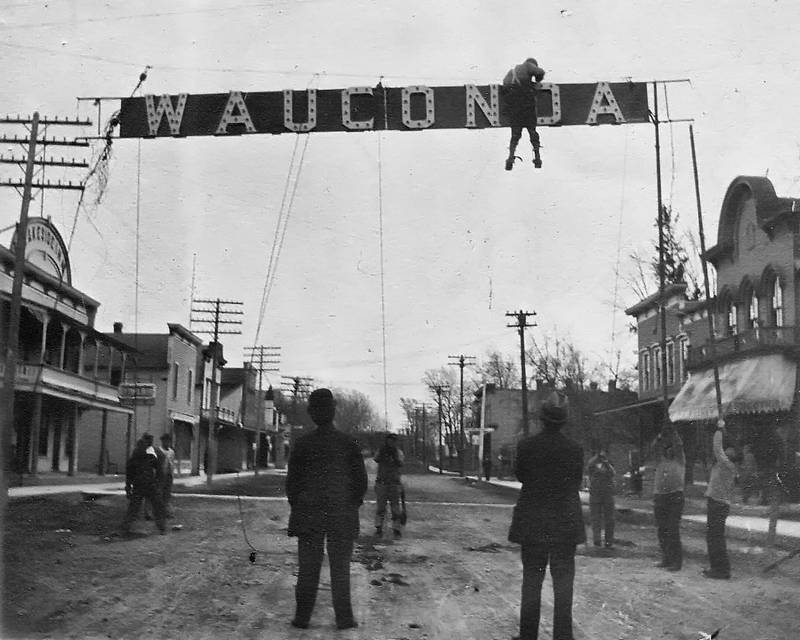
Several events took place in the year 1877. The Village of Wauconda was officially incorporated with Daniel Oaks as one of the six trustees, Stebbins Ford was named the first street commissioner and Leon Charles was born to Lancelot and Mary.
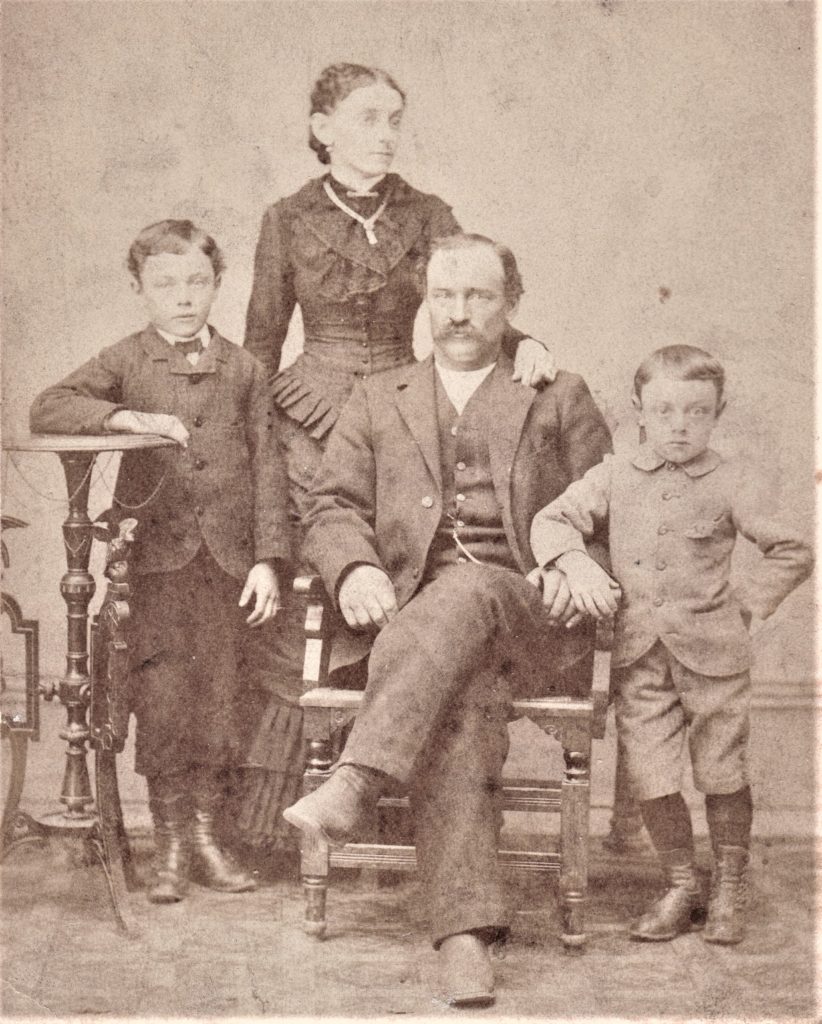
Two more children came along for Lancelot and Mary; Beulah J. in 1884 and Harry Smith in 1889. (Mary had a baby brother named Harry Smith Ford who died at age 1 1/2.) Lancelot and brother Erskine not only changed the spelling of their last name, but also, both moved their families to Chicago in 1890 to seek their fortunes in the big city, rather than a life of farming.
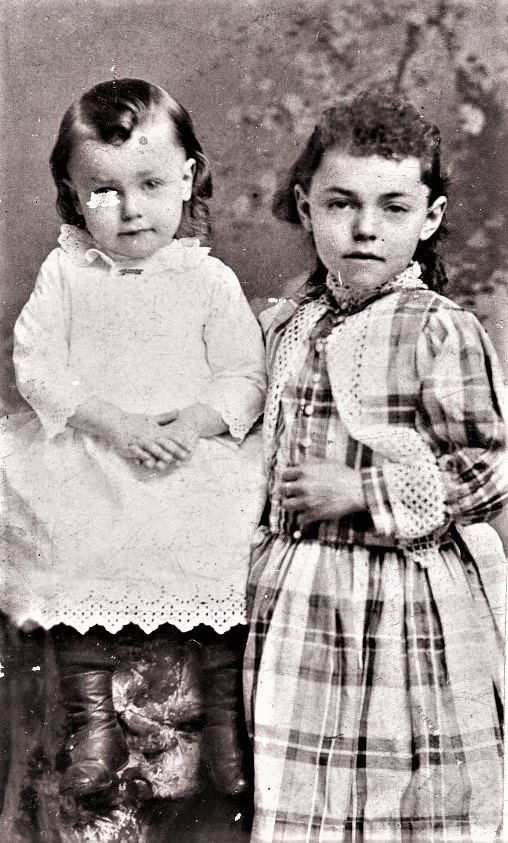
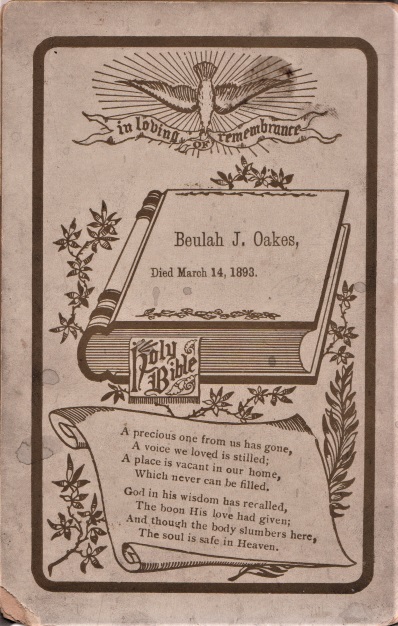
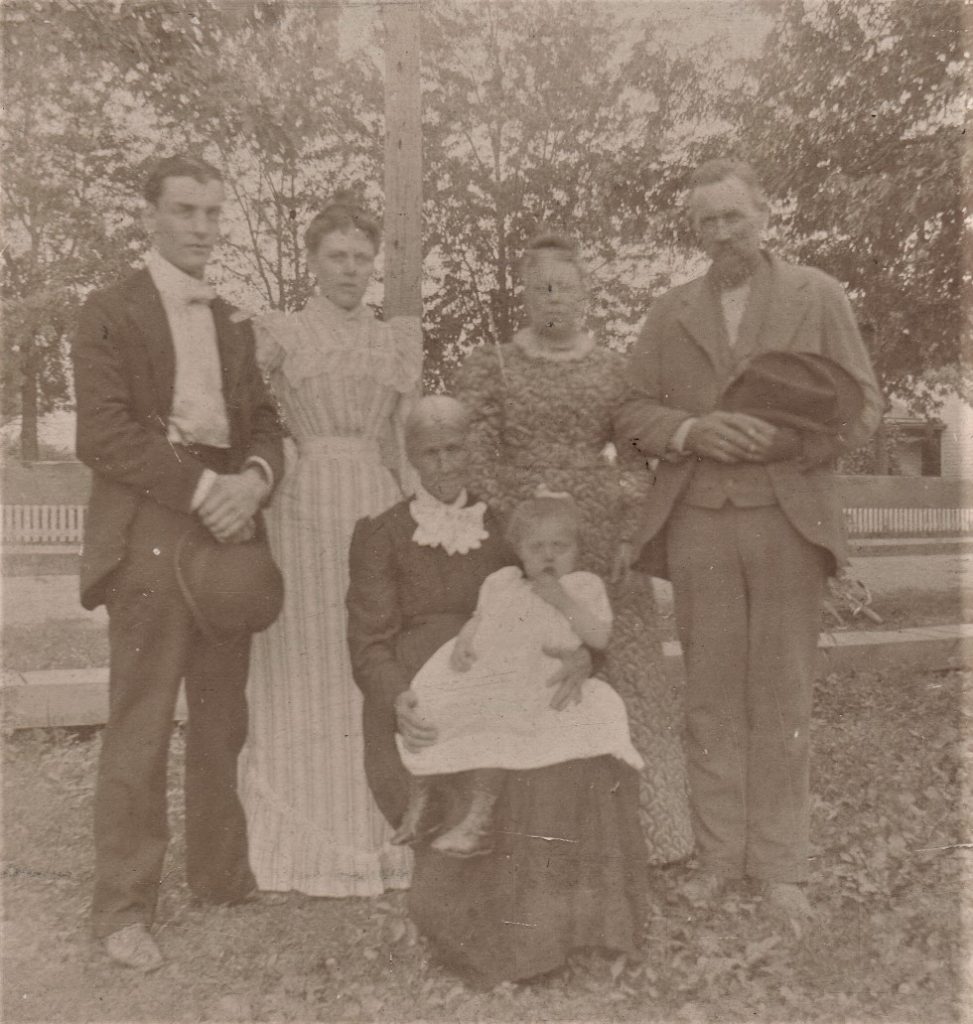
Theron was referred to as ‘the drinking uncle’ and apparently several families had one. I will explain more about this later on.
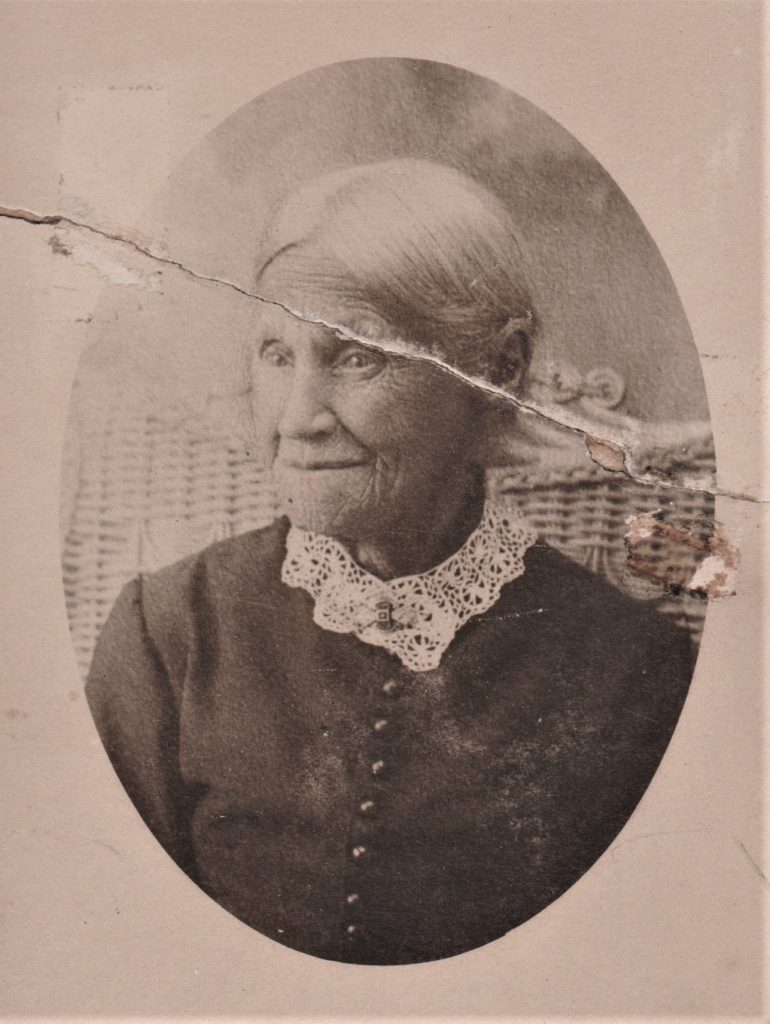
Daniel and Lavina Oaks celebrated their Golden Wedding Anniversary on April 22, 1891. Daniel was 75 and Lavina was 76. Daniel lived 6 more years, dying in 1897. In addition to serving as Township trustee, Daniel was Commissioner of Highways, Pathmaster and School Director. Unfortunately, we have no photographs of Daniel. Lavina died at age 90 in 1906.


Life in Chicago was very different for these country folks who moved from the frontier town of Wauconda in 1890. This would be a different kind of adventure than the wild frontier had been, but an adventure to be sure! There were no longer any visible signs of The Great Chicago Fire of 1871 that burned one third of the city. The 1890 U.S. Census listed Wauconda’s population as 368 and Chicago’s as 1,099,850. Quite an adjustment! Another new resident arrived that same year, John Alexander Dowie. Erskine found employment in the livery business and later as a conductor on a street car and Lancelot worked in a bakery.
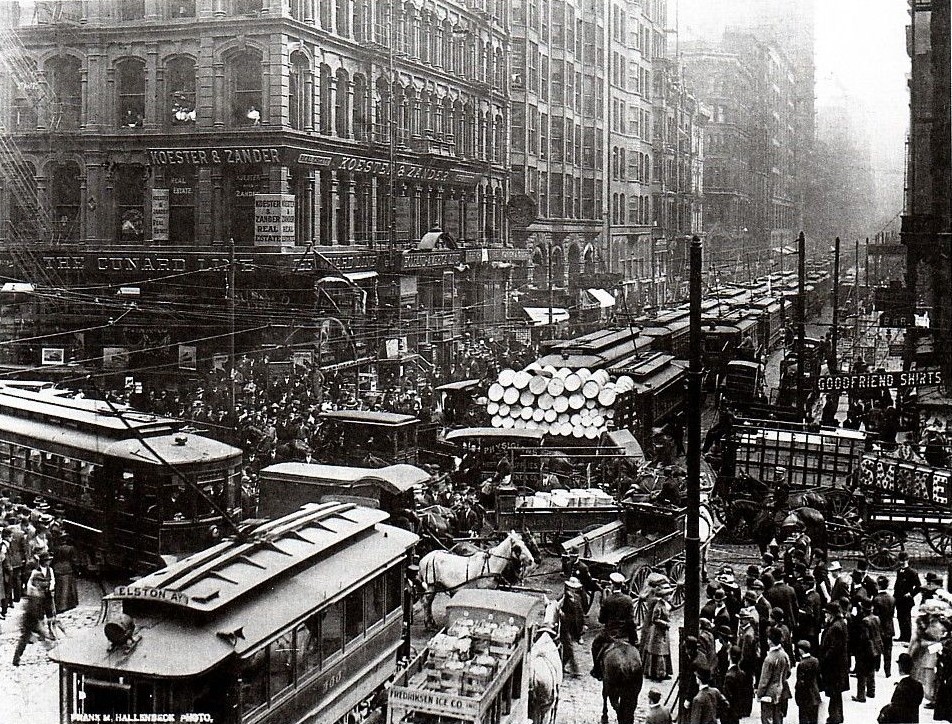
It was around this time that a small, gold coin joined our family. Back in 1791, founding father, Alexander Hamilton, who was the first U.S. Secretary of the Treasury, proposed the creating of one dollar gold and silver coins. The idea was debated on and off in the Treasury Department and Congress for the next 58 years. Some thought it would be too small and suggested a square hole in the center to make it larger. Others were concerned it would be confused the the half disme. (The half disme was the first U.S. coin to be minted by our infant nation in 1792. The word “disme,” pronounced “deem,” was a French word meaning tithe or ten. Most Americans did not know how to pronounce “disme,” so the “s” was dropped in 1794 to create “dime” that we know today.) Thanks to the California Gold Rush of 1849, gold became more plentiful and Congress approved the one dollar gold coin. The Liberty head coin first minted in 1849, was designed by Chief Engraver, James B. Longacre. By 1854, both the obverse and reverse of the coin were modified by Longacre and production ended in 1889. The dollar coin measured about 19/32″ in diameter. The silver half dime measured about 1/32″ larger and our current dime is about 11/16″, so that makes the Gold dollar 3/32″ smaller than a dime. You can see why there were objections to creating this wee little coin. The Gold dollar is 90% gold and 10% copper and weighs less than a penny.
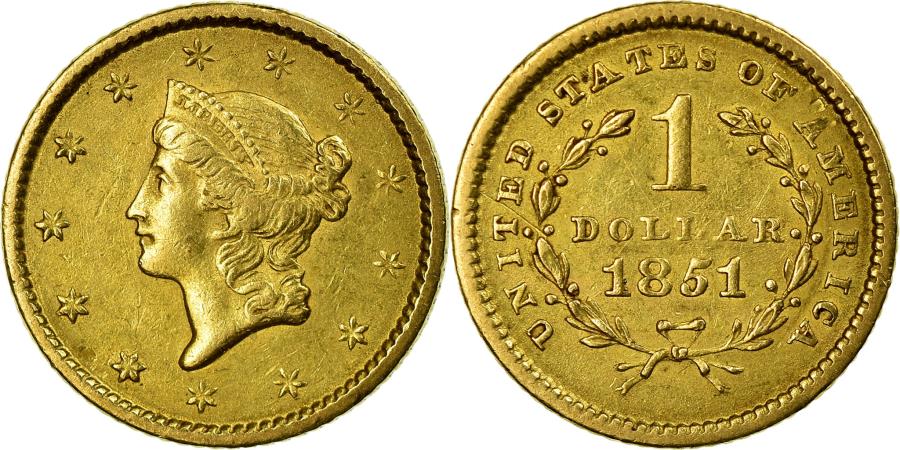
One day, Lancelot came home from work and as usual, emptied the contents of his pocket onto the kitchen table. The tiny, shiny gold coin caught the eye of his infant son, who was being fed by wife, Mary. Since it was so tiny, you can see why little Harry put it in his mouth and easily swallowed it before his parents could stop him. Not knowing what harm it might do to him, they checked his diapers regularly and were relieved when they found the coin. At some point when Harry S. was older, his father, Lancelot related the story of the coin and presented the coin to him. Somewhat odd, I think, that Lancelot would have kept the coin. Did he envision creating a family heirloom to be passed on from generation to generation? Anyway, Harry S. safely kept the coin until he presented the story and the coin to his own son, Harry M. many years later. Harry M. did likewise and passed the story and coin to his son, Michael, who will continue the tradition.
Preparations were being made in Chicago for the 1892 World’s Fair, The Columbian Exposition, honoring the 400th anniversary of Christopher Columbus’ arrival in the New World in 1492. Several permanent buildings were erected (only the Museum of Science and Industry building survives today.) It was such a massive undertaking that the fair did not actually open until May of 1893. John Alexander Dowie set up his “Little Wooden Hut” across from the fair entrance where he preached about God’s Divine Healing.
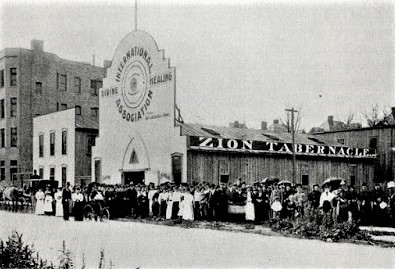
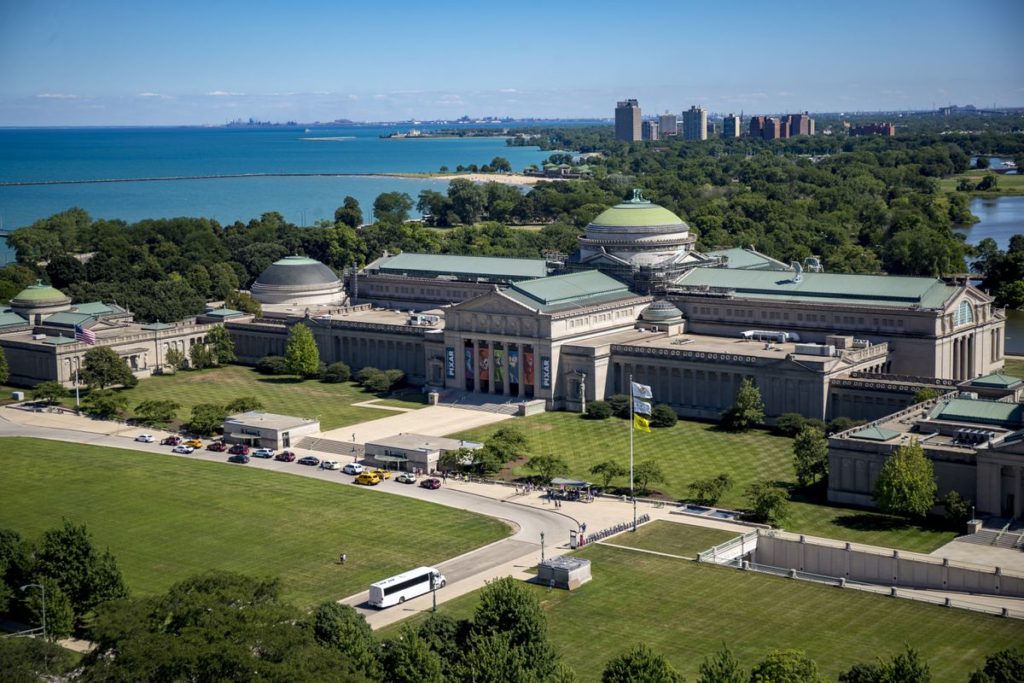
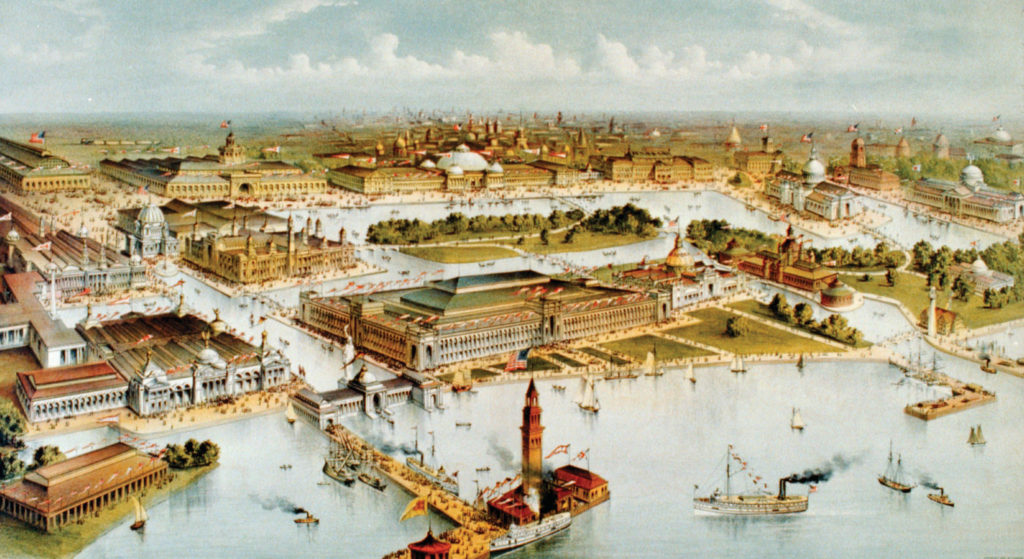
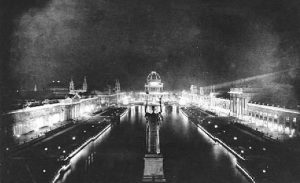
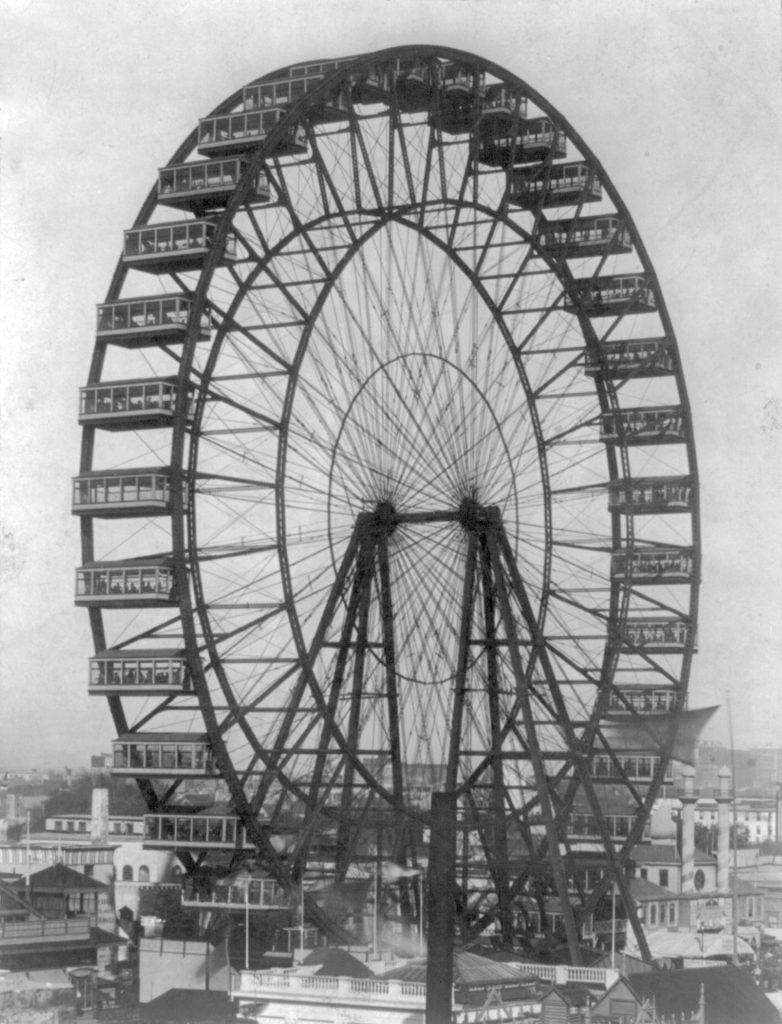
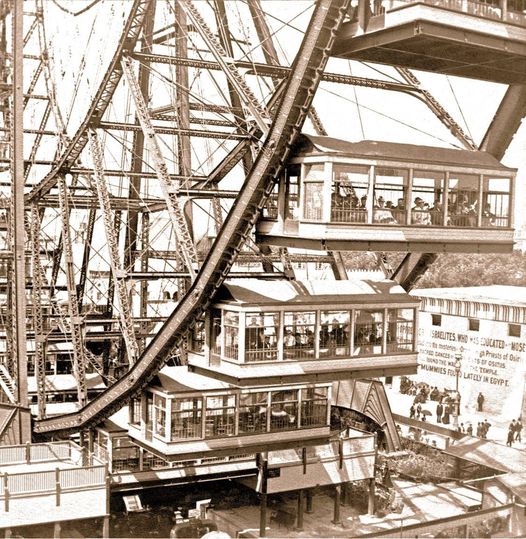
The centerpiece of the World’s Fair was George Ferris’ giant wheel. It was truly amazing. Powered by steam engines, this 255 foot high wheel carried 60 people in each compartment for a total of 2,160 thrilled riders. It took nine minutes to make one complete revolution and cost 50 cents; that meant $1,080 every 20 minutes for the operators.
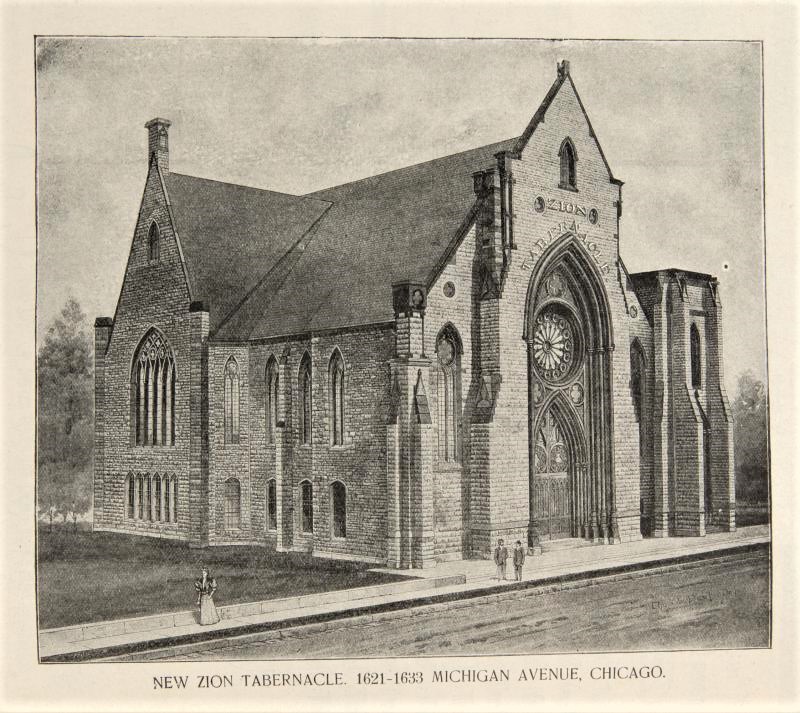
Dr. Dowie organized the Christian Catholic Church in 1896 with 500 charter members. In 1899, Mary M. Oakes, and sons Clarence and Harry S. became members and were baptized by Dr. Dowie. They attended the Zion Tabernacle shown above and below.
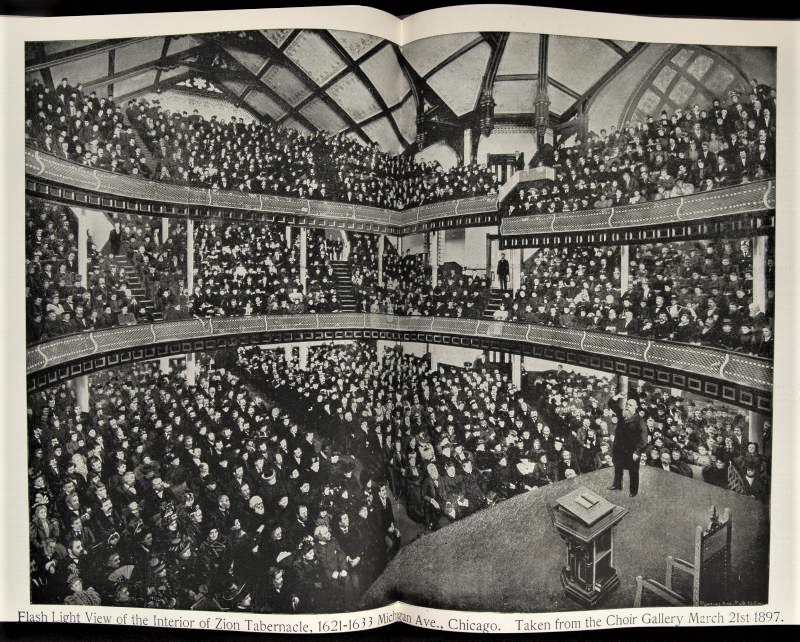
In 1901, Dowie founded Zion City, about 45 miles north of Chicago and many of the Chicago members moved there, as did people from around the world. Special trains traveled between Chicago and Zion City on Sundays delivering the Oakes’ and many other Chicago families who had not yet moved to Zion City. 13 year old Nellie Richardson and her family moved to Zion City from Ontario, Canada in 1902 and Clarence moved his family in 1908. (Read more in Family History: Part I). We can only speculate as to the exact circumstances of how Harry S. and Nellie met, but it was fairly certain to have been on Sundays.
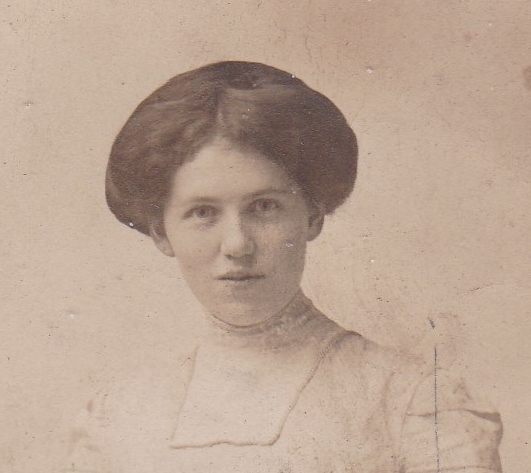
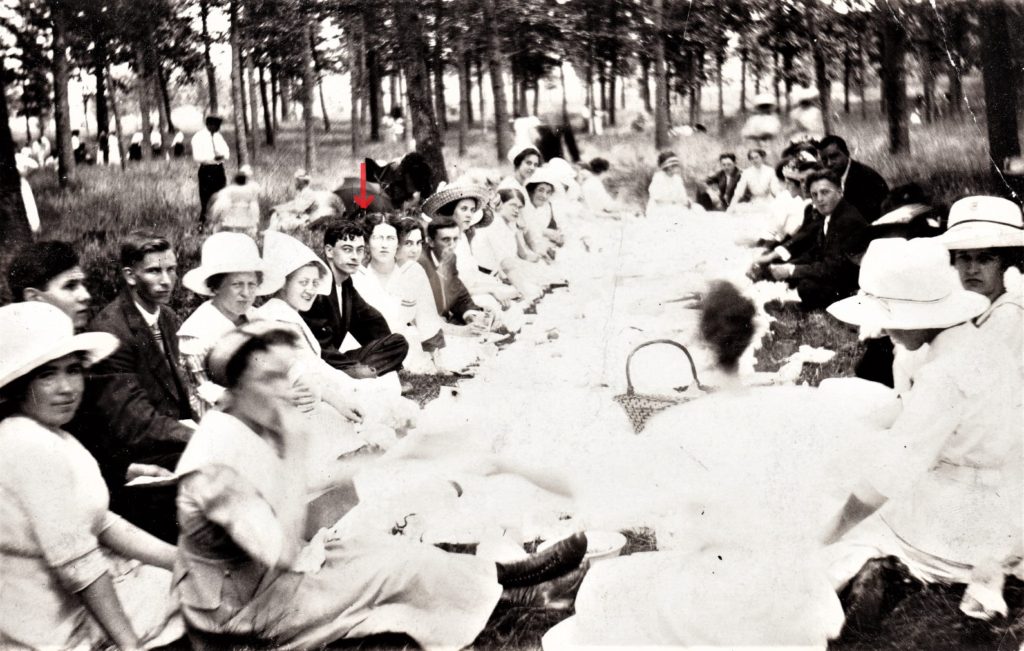
Being the same age, perhaps they met in their Sunday School class. In 1908, when they were both 19 years old, Miss Nellie Richardson moved to 3216 Wabash Ave. in Chicago and got a job as a stenographer. Did she move to Chicago because of him? Or perhaps they met and sat together on the train to and from Zion City. Also in 1908, Harry S. got a job as a draftsman at the W.G. Lloyd Company on Dearborn Street.
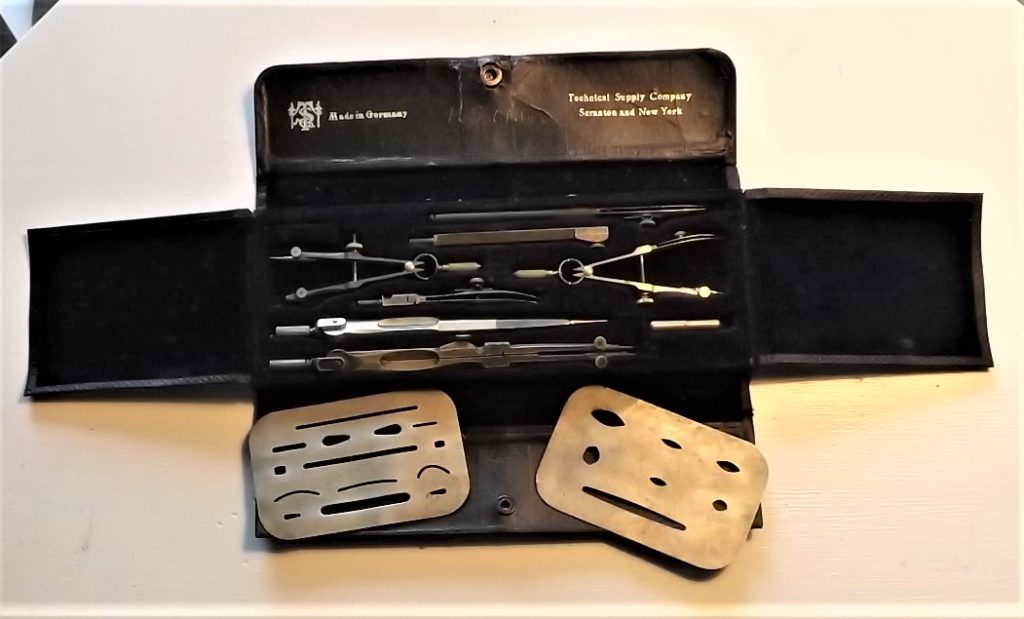
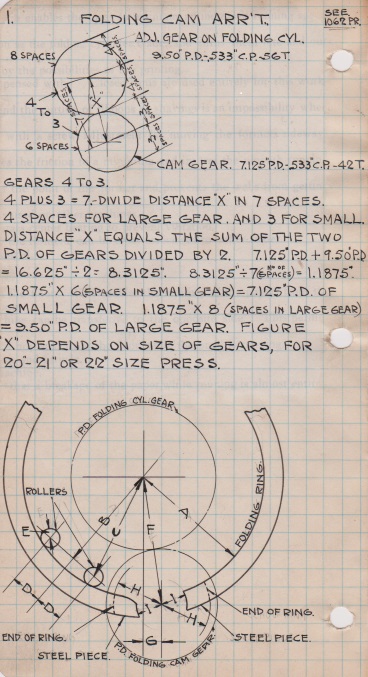
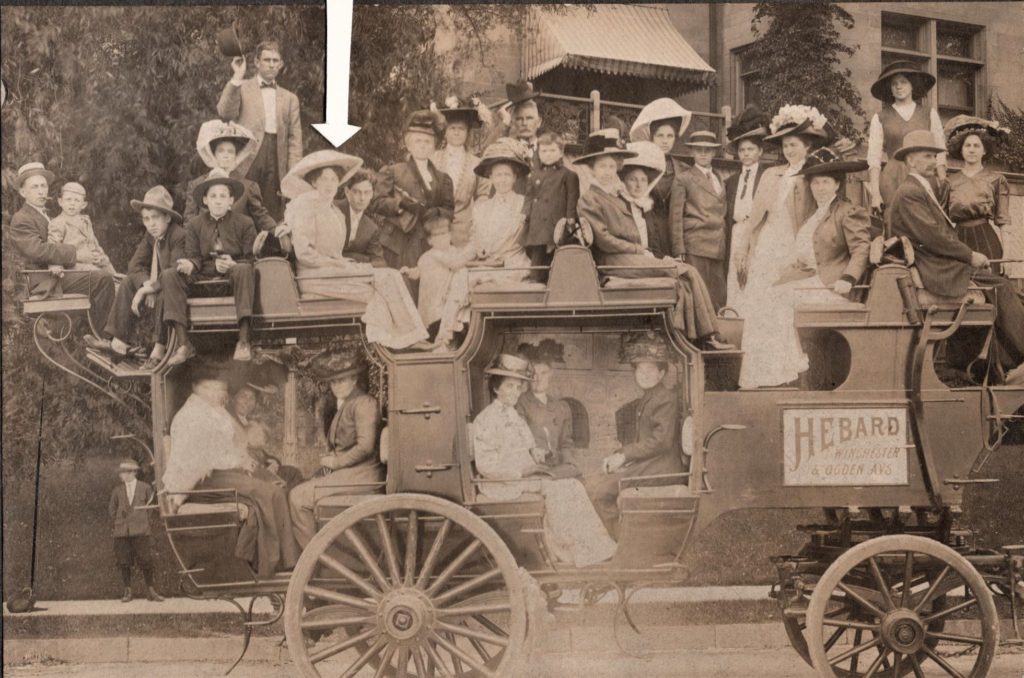
Between 1890 and the 1930’s, many, multi-family structures were built in Chicago. New York City had their “Brownstones,” made from brown sandstone, but in Chicago they were called “Greystones,” because they were built with grey, Indiana limestone.
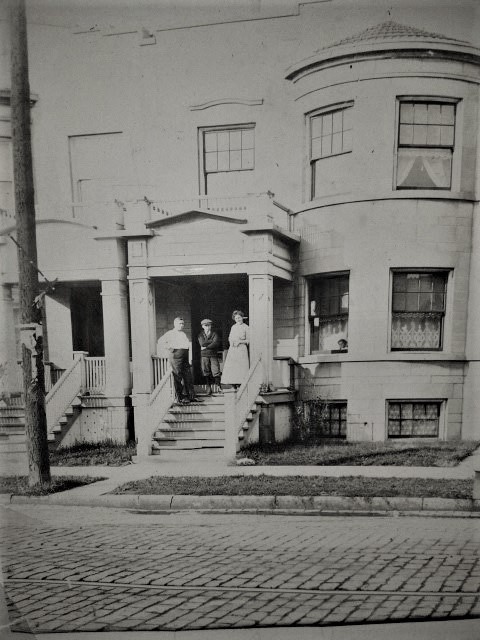
Most Chicago dwellers during this time rented a flat in a Greystone. It was quite normal for three generations to share a living space for economical and social reasons. So, when Harry S. and Nellie, both 25 years old, eventually married in 1914, they lived with Lancelot and Mary. I do not know why, but the Oakes’ had seven different addresses that I know of during the 29 years they lived in Chicago.
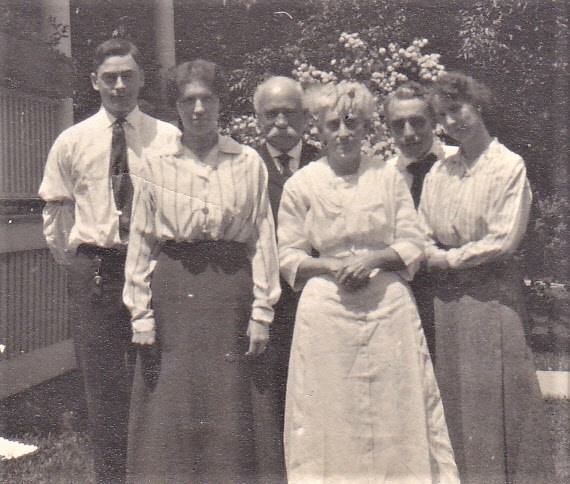



Lancelot seems to have had a big mustache all of his adult life. (I never found any photos of him as a child.) I now have his mustache cup (pictured above) which has a mother-of-pearl coating with gold highlights. Mother-of-pearl comes from the inner lining of a mollusk shell, where a pearl is made. The multi-colored iridescence is created by the way light reflects from it. Mustache cups were created to keep tea and coffee from staining a man’s mustache and also, to keep his mustache wax from melting.
Lancelot was now employed as a furniture maker at Heywood Brothers and Wakefield Company, more commonly known just as Heywood-Wakefield. They made all kinds of wooden furniture, but their specialty was reed, rattan and wicker. Notice the intricacy and detailed designs they offered, which required very skilled craftsmanship, of course all done by hand.
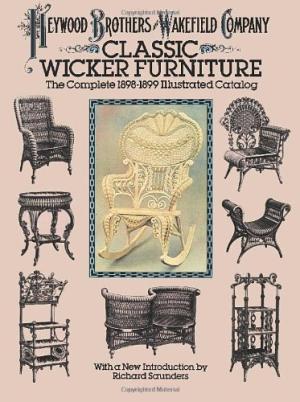















This is Lancelot’s tool chest, which I currently use as a coffee table. His name plate is on the front and the Heywood-Wakefield label is on the back. I think it is very likely that he made this chest himself. The bottom photos show the wooden tray from inside the chest and some of his tools.
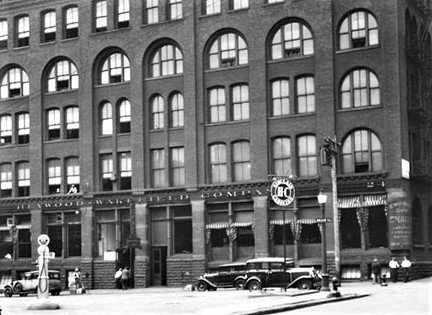
The year 1915 brought many changes to the world and to the Oakes family. “Big Bill” Thompson was elected Mayor of Chicago and would perpetuate political corruption when Al Capone arrived in 1919. Alexander Graham Bell made the first trans-continental telephone call from New York City to San Francisco. Many homes now had telephones, although multi-family dwellings often had only one shared by all families. Most homes did not have electricity nor indoor plumbing. Radios were not available until the 1920s and the iceman delivered blocks of ice for the icebox. Heat was provided by a coal furnace or a potbelly stove. The normal work week was six, eight hour days. The streets were full of a hodgepodge of horse-drawn carriages and wagons, early automobiles and street cars on the main roads. Restaurant cook, “Typhoid Mary” was arrested and quarantined for infecting over 50 people with typhoid fever. Baseball newcomer, Babe Ruth hit the first of his 714 home runs. World War I had been going on in Europe for about a year, when in May, the British ship, Lusitania was sunk by a German U-boat(submarine) killing 1,198 passengers and crew. Although 128 Americans died on the ship, the USA would not enter the “war to end all wars” until 1917.
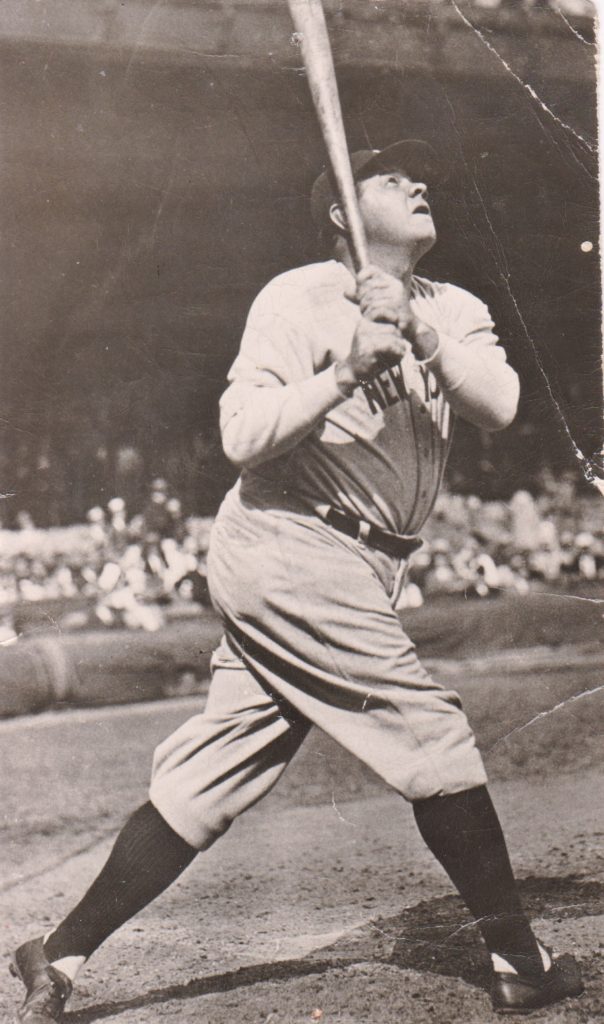
Saturday, July 24, 1915 was a damp, cool day for mid-July. If you have ever lived by Lake Michigan, then you know the cooling effect in the summer when the wind comes in off the lake. Lancelot and Harry were at their respective jobs and Mary was in the kitchen stoking the stove for the baking of bread. Normally Nellie would not mind as the heat from the stove spread through the house, but being seven months along with her first child, it only made her more uncomfortable. She went out to sit on the front porch where it was cooler and she could enjoy the breeze. She and Harry S. had their 10 month anniversary the day before. She was contemplating that only two more months to their first wedding anniversary and two more months until the baby was due. She was thinking, wouldn’t it be funny if they occurred on the same day!
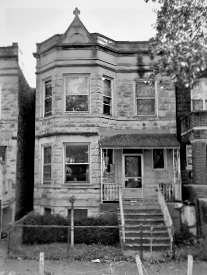
Nellie had been regularly seeing Zion’s midwife, Miss Ellen Lloyd (See Family History: Part II) on Sundays, when they took the train to Zion. Miss Lloyd had two assistants, Mrs. Studebaker and one other lady, and hopefully one of the three would make it in time when Nellie was ready to deliver in September. It had been only five days since Miss Lloyd had assisted Gertrude Snelling in giving birth to her and Arthur’s third child there in Zion on July 19th. They named her Ruth Elizabeth and 22 years later she would marry Nellie’s soon-to-be born son.
Nellie was startled by a man on a horse riding at full gallop past the house. A few moments later a team pulling a wagon came flying by. Then she heard bells ringing in the distance and more riders and wagons hurrying down the street and she wondered what in the world was going on. Except for the distant bells, things calmed down for quite a while. Nellie went in to tell Mary what she saw and to see how the bread making was coming along. When she returned to the porch with her knitting a while later, she saw a horse-drawn hearse pass by going in the opposite direction of the earlier travelers. Soon another hearse, then another and another and another and wagons of every sort and then a steady procession of hearses and wagons, as if it were a parade of some sort. Mary came out to watch and they discussed what could possibly be happening. One of the neighbors ran out to a wagon driver and inquired about the strange occurrence. He ran back to their porch and explained what had happened. Nellie and Mary were horrified when they heard the news. The somber procession continued on all afternoon.
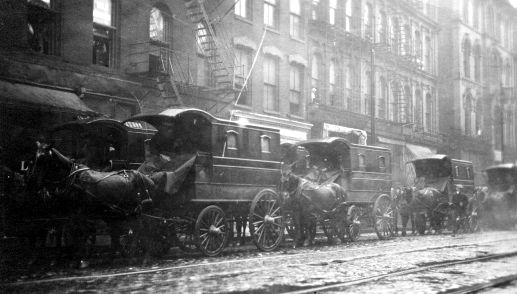
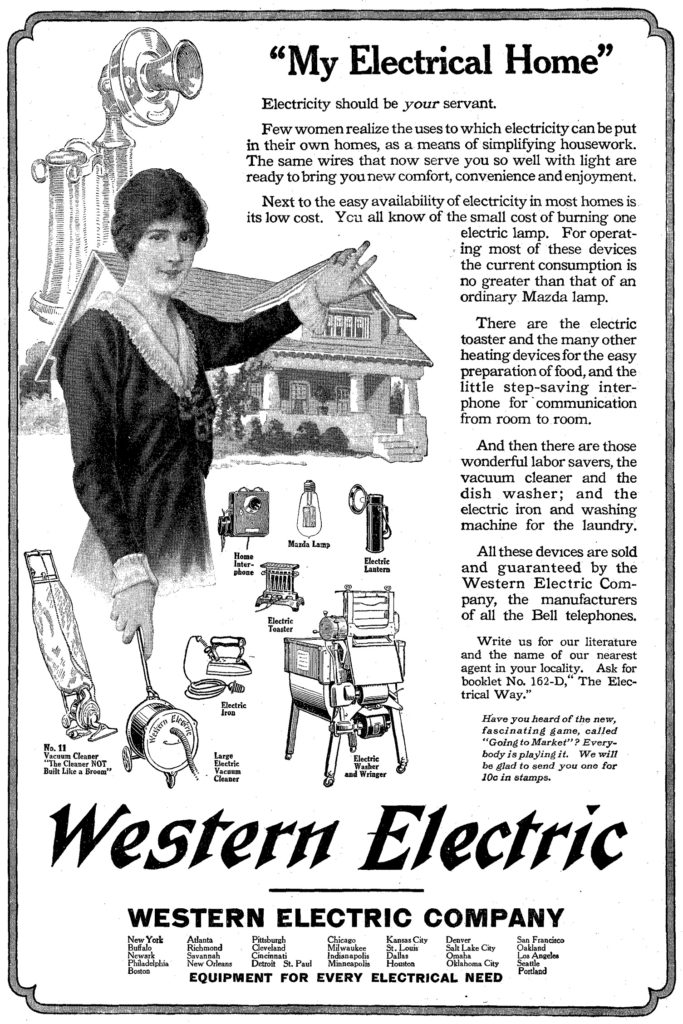
The Western Electric Company leased and maintained the telephones used by the Bell System Telephone Companies, as well as other electrical devices. Saturday, July 24, 1915 was the long anticipated 5th Annual Company Picnic. This was not what we would call a picnic today, but rather the grandest, social event of the year for the employees, their families and friends. Five luxury steamships were chartered to leave Chicago early Saturday morning and travel across Lake Michigan to Michigan City, Indiana for a day of races, contests, amusement park, dancing, bathing beach, bowling alley, food, baseball, and the list goes on and on – a full day of fun, and on a work day, too. 7,000 tickets were sold and anticipation was high.
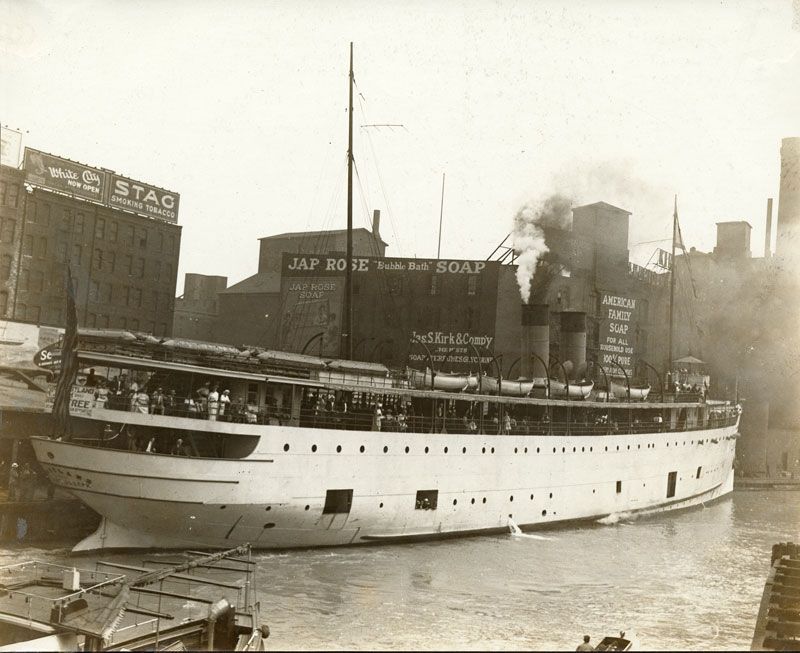
The S.S. Eastland was moored at the Clark Street dock on the Chicago River in the heart of the city, scheduled to depart at 7:00 am. The Eastland had a history of being slightly top heavy. Three years before in 1912, the Titanic sank in the Atlantic Ocean with far too few lifeboats for it’s passengers, which prompted new maritime laws. So, the Eastland was now carrying extra lifeboats and rafts weighing several tons, all stored above deck, thus raising the center of gravity to a dangerous level.
2,573 passengers boarded the Eastland that day, while the band played dance music in the main cabin. Several families had gone below to get out of the cool weather, but many were calling to friends on the dock waiting for the next ships to load. With so many people on the dock side of the boat, the ship began to list back and forth, so the crew attempted to correct the problem by adding water to the ballasts. While hundreds of onlookers watched, the Eastland capsized while still tied to the dock. It quickly filled with water and sank to the bottom of the river, which was only 20 feet deep.
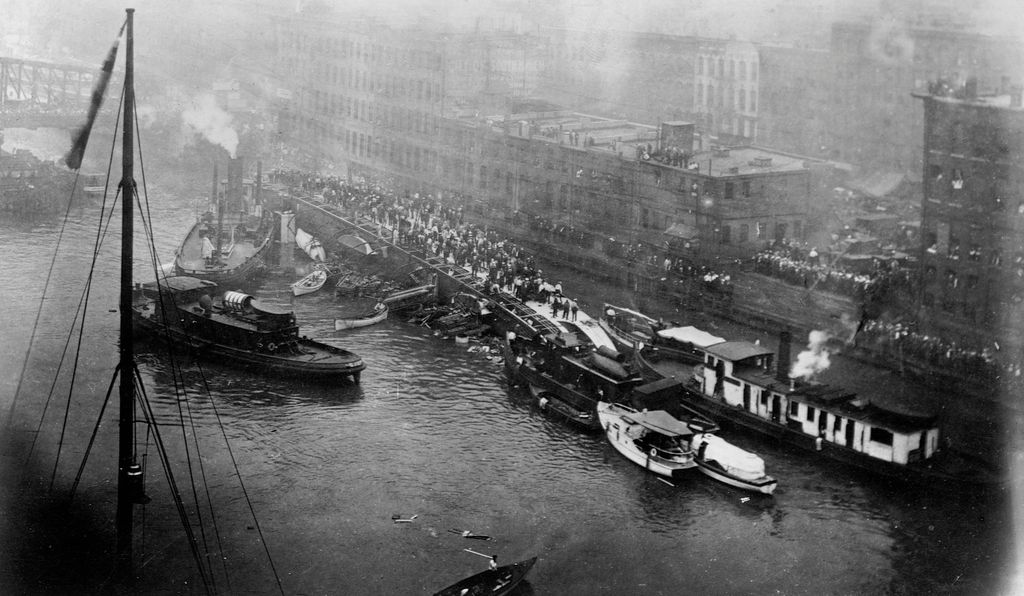
Carl Sandburg, who later became a famous writer and poet, was a Chicago newspaper reporter. He described the ship looking like “a dead jungle monster shot through the heart.” All kinds of boats, tugs, and even canoes came to help pull people from the chilly water. Some dock workers tossed wooden crates and ladders and anything else they could find that would float into the river, so people would have something to hang on to. Several rescuers commented that the worst part of the ordeal was the pitiful screaming by the drowning women and children. After all the survivors were rescued, the grim task of removing bodies from the river and the lower decks began. Most of the dead taken from the innards of the ship had no water in their lungs, but rather had suffocated or were crushed under the pile of people, furniture, pianos and other items. 844 people died that day (829 died on the Titanic), making it the most deadly shipwreck on the Great Lakes in all of history. 22 entire families were completely wiped out.
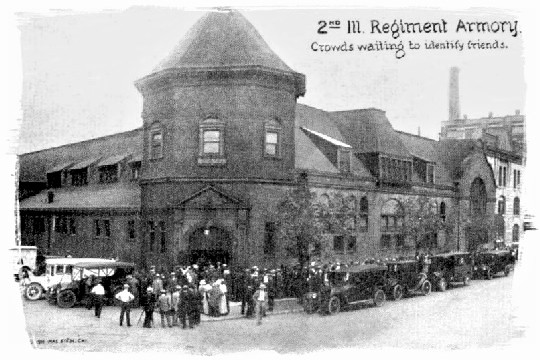
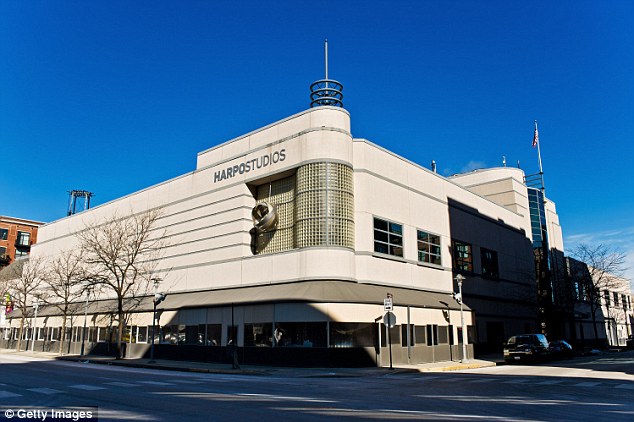
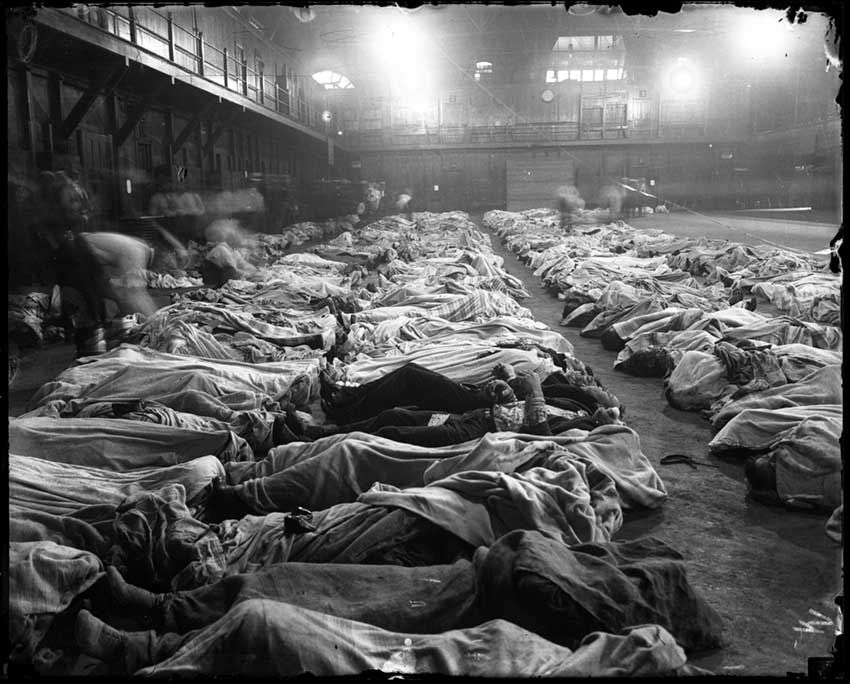
George was a new employee of Western Electric that summer and was looking forward to the company outing. He was running so late that morning, that he did not get to the dock in time to board the Eastland. This 20 year old young man was George Halas. Five years later in 1920, he would co-found the National Football League as owner of the Chicago Bears. He was a player for 10 years, coach for 40 years and owner for 63 years.


The Eastland memorial plaque and the Clark Street memorial dock today.
News of the tragedy quickly spread throughout the city. Both Lancelot and Harry S. heard about it at their work places. When they returned home that evening, hearses and wagons were still passing by carrying bodies to the Armory morgue.
The next two months passed quickly for Nellie. When she awoke on Thursday, September 23, she thought about the plans she and Harry had made to celebrate their first Wedding Anniversary. It was also the first day of Autumn and there was a chill in the air as some leaves blew past her window. As she got up from her bed, she suddenly felt a bit dizzy and sat back down. Feeling quite odd, she began to call out when suddenly she felt a terrible pain. Oh no ! Time to call Miss Lloyd, and hope she gets here on time! I seem to recall that Mrs. Studebaker was the midwife who made the train trip from Zion to Chicago to assist in the birth that day because Miss Lloyd was already engaged in a birth in Zion. They named their first born, Harry Marshall; Harry after his Dad and Marshall after Nellie’s close friend, Mrs. Charlie Marshall. They could not have received a more wonderful Anniversary gift!
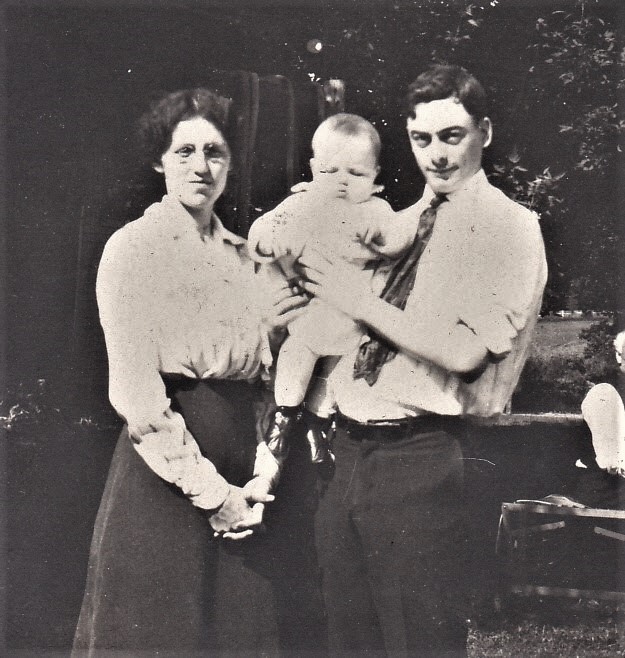
It wasn’t long before Lancelot came home from work with a white, wicker highchair. It was not only used by baby Harry and his sister, Ethel, a few years later, but also their children, grandchildren and great-grandchildren.
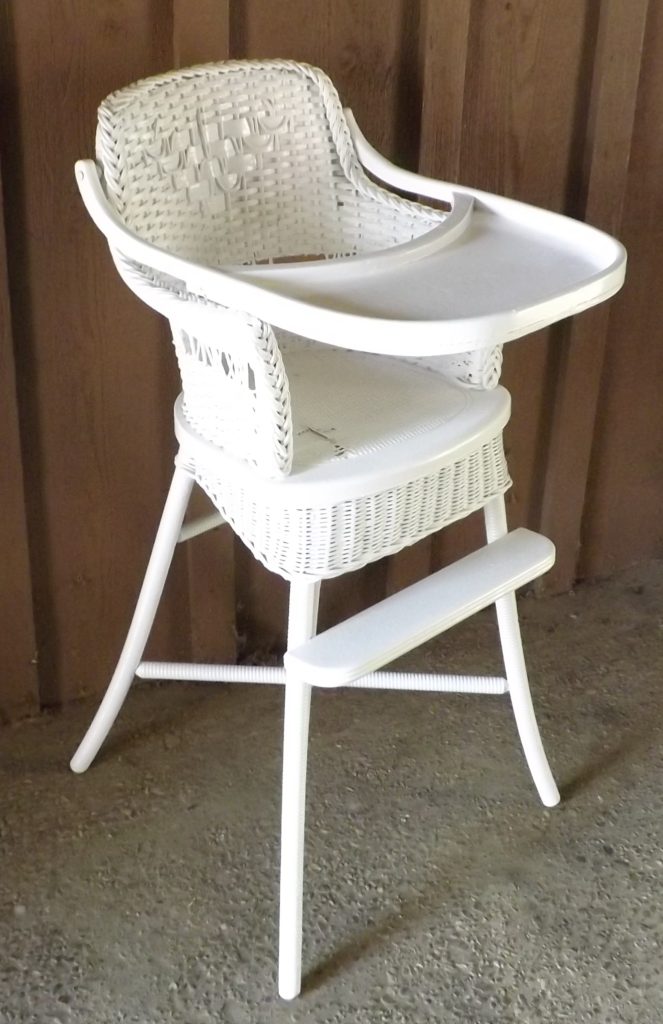
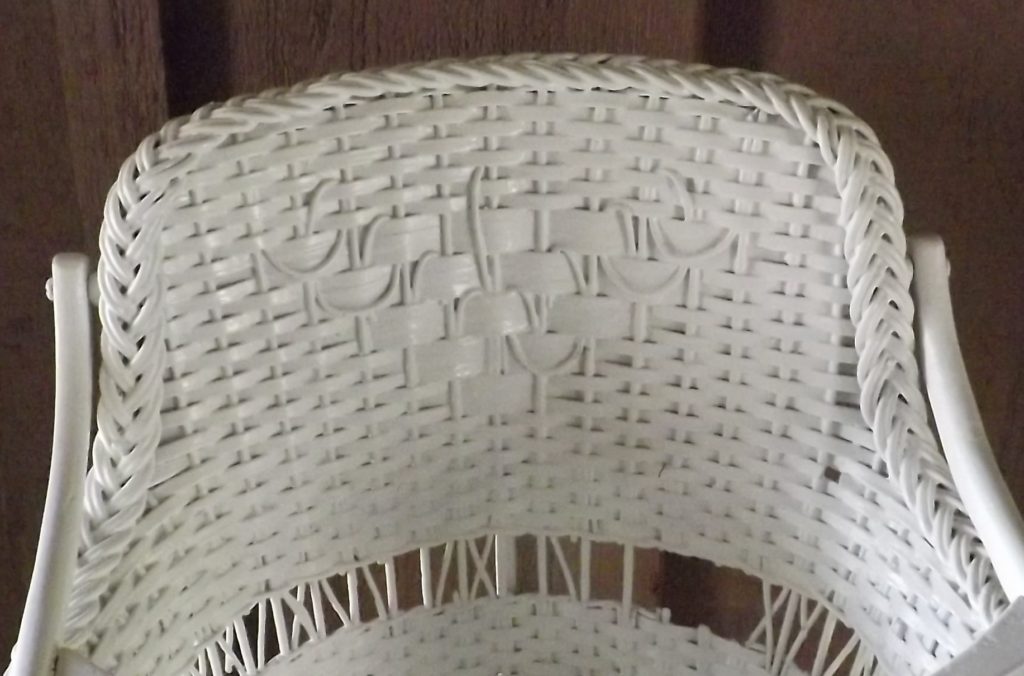
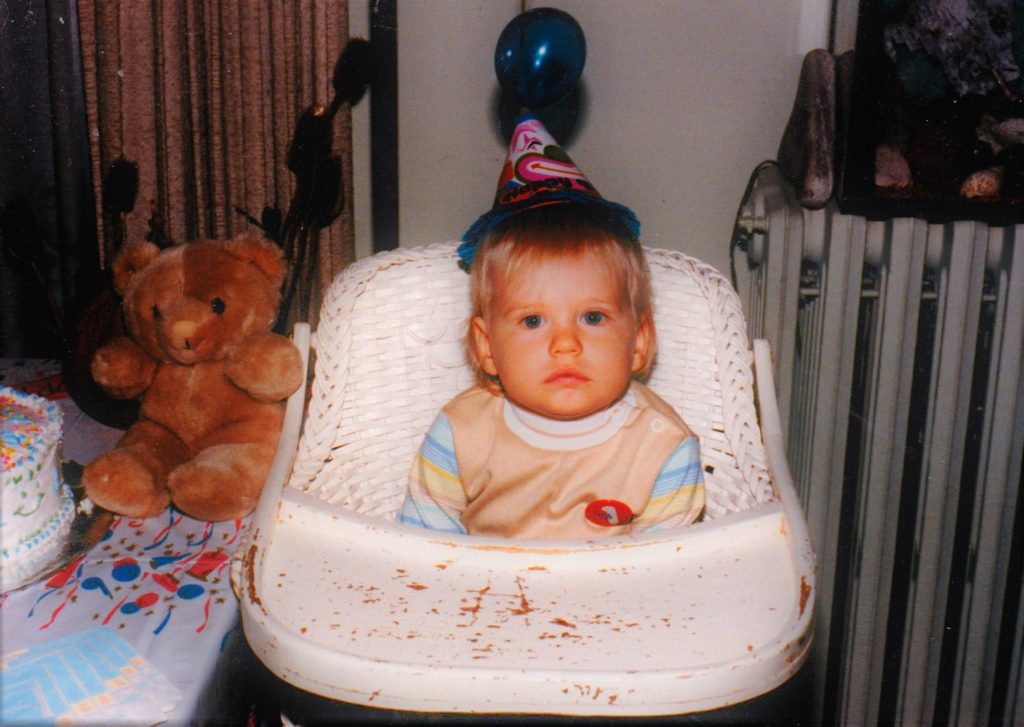
In keeping with the adventurous spirit of the Oak/Oaks/Oakes family, Lancelot, Mary, Harry and Nellie finally decided the time was right to move to Zion in 1919. Lancelot continued to work in Chicago, commuting by train and Harry worked at the Zion Department Store and he assisted the City undertaker, Otis Scripter, and filled-in for him whenever he was ailing or away. Harry also used his talents to carve tombstones. My Mom described Dr. Scripter as a tall, thin, creepy looking fellow in a black suit and a tall, black top hat, of whom all the kids were afraid. (Some adults, too.)

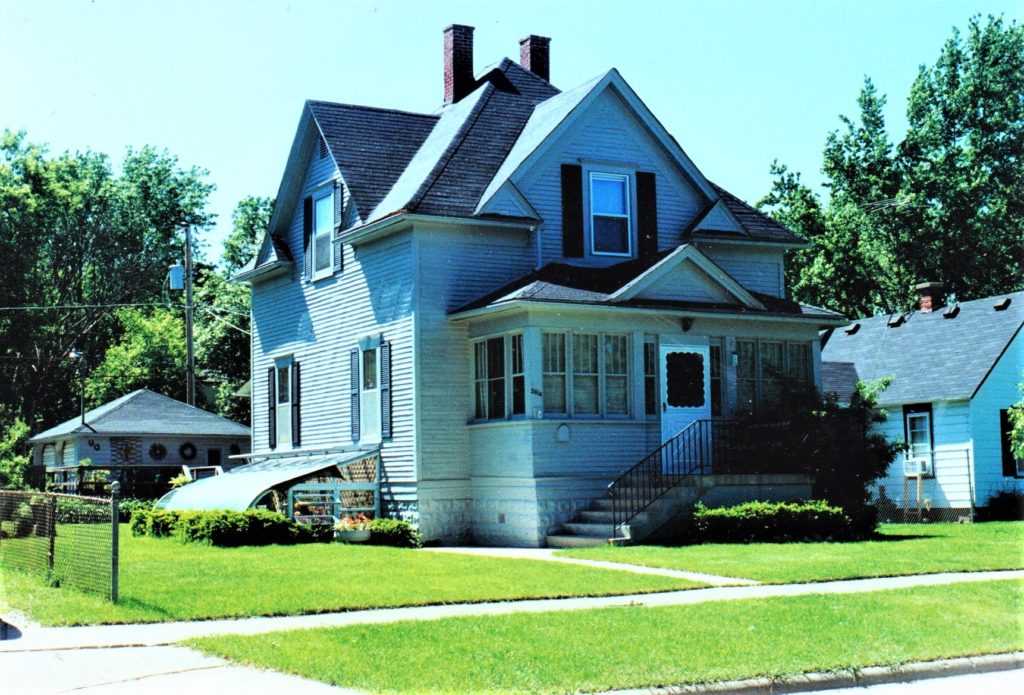
The Oakes’ (now three generations), still shared the same home, only now in Zion. No more train rides on Sunday! Lancelot’s oldest son, Clarence, who moved to Zion in 1908, was now a conductor on the Northshore Railroad on the west side of town.





Harry Marshall Oakes growing up.
I mentioned earlier that Lancelot’s older brother, Theron, was ‘the drinking uncle.’ Harry’s mother, Nellie, drilled into him that if he ever drank any liquor, he would become an alcoholic like ‘the drinking Uncle, Theron.’ As far as I know, he never had any; in fact, someone had given him a bottle of wine as a gift and it sat in our refrigerator unopened for several years before being thrown away.
Harry and Nellie’s daughter, Ethel Lucille Oakes, was born December 11, 1926. I think Ethel was named after Harry S’s niece. His brother, Clarence had a daughter named Ethel, who died at age 15.
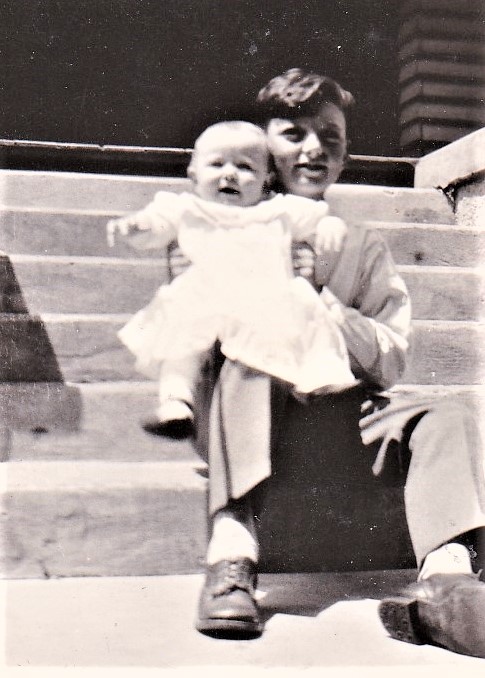
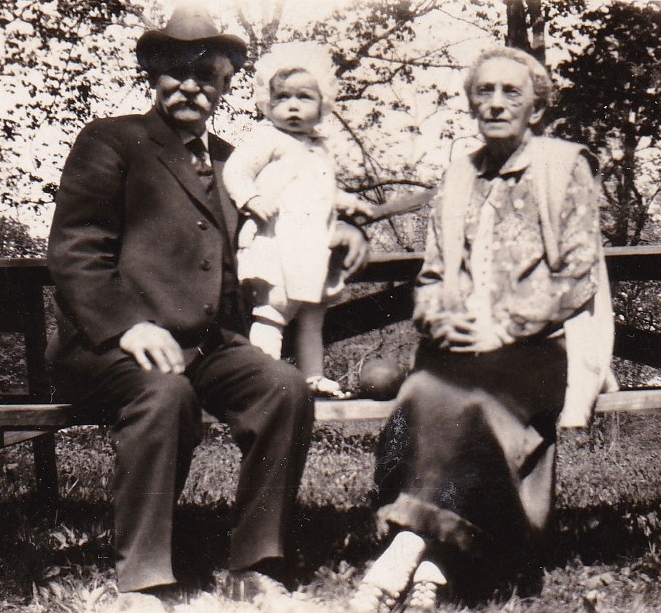
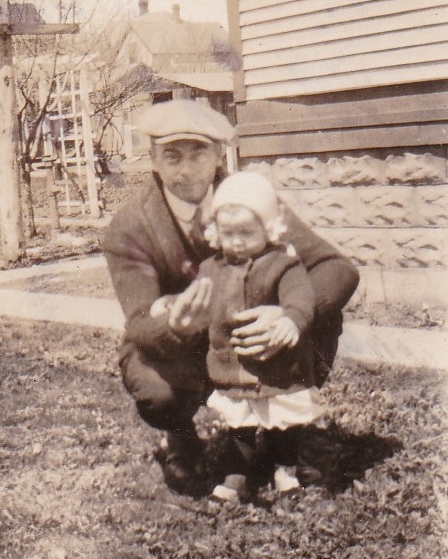
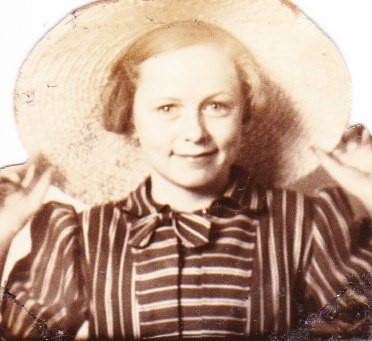
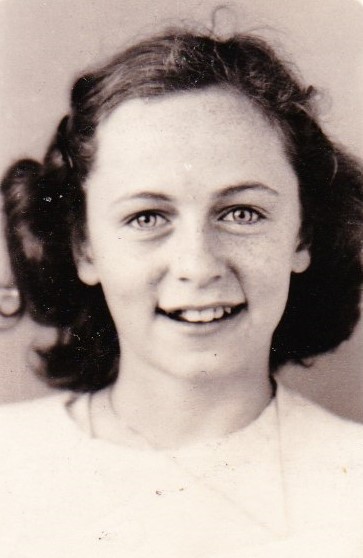
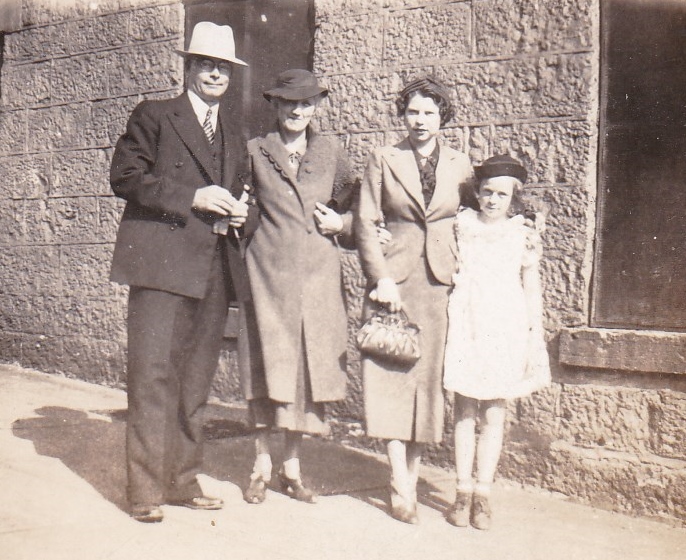
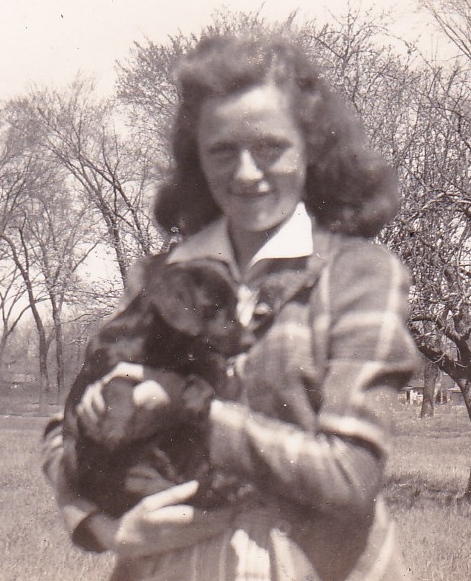
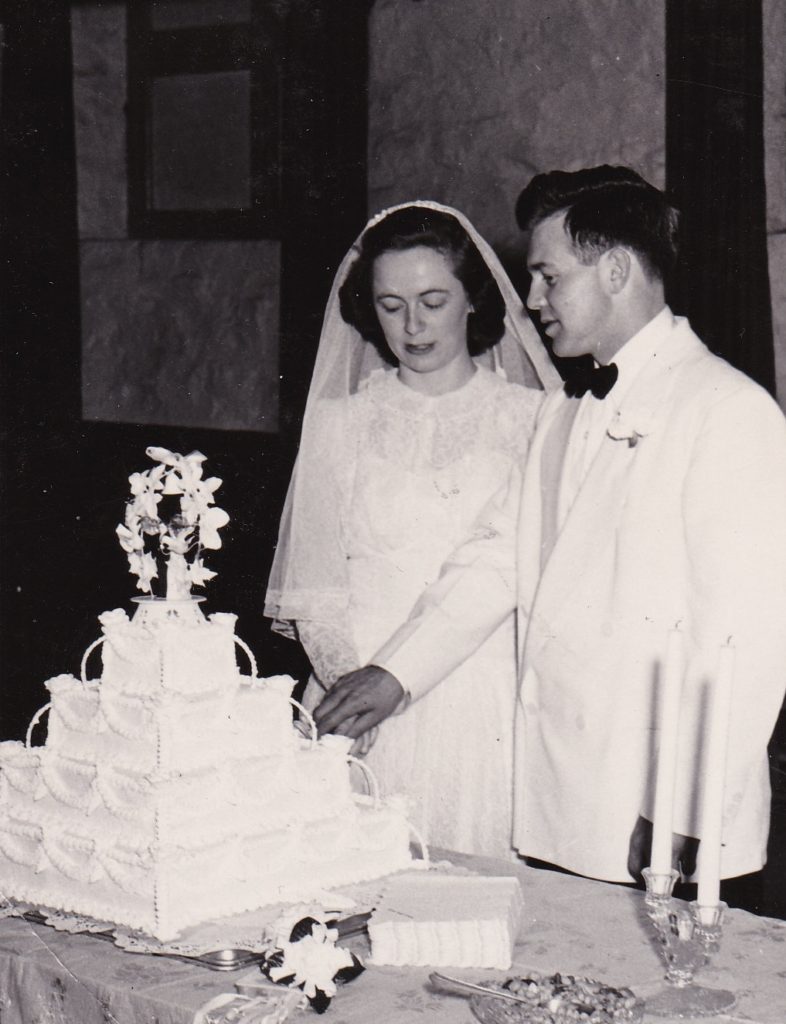
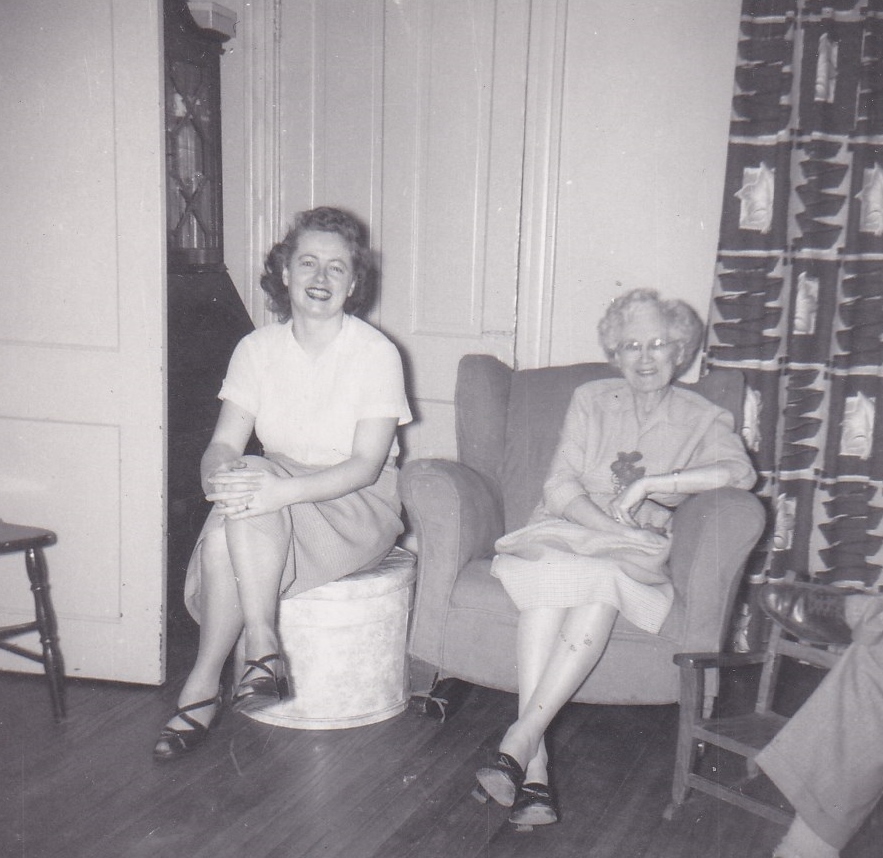
In 1929, the October 29th Stock Market Crash (known as Black Tuesday) marked the beginning of the Great Depression, which lasted until the end of the 1930’s. Everyone was affected in one way or another. Many lost their jobs and/or their homes. People had to do without many things. You would dare not throw anything away if there was a chance it could be used in some other way. (This is called repurposing now; well, my my, what a new idea!) The effects of this time period stayed with people for the rest of their lives. My Mom often reused and created new things from items that were to be thrown away. And she collected a variety of stuff, because “you never know when you might need them.”
After Lancelot retired from Heywood-Wakefield, he occupied himself with gardening until he passed away in 1931 and wife, Mary died in 1932. Clarence died in 1935. Harry M. graduated from high school in 1933 and married fellow classmate, Ruth Elizabeth Snelling in 1937. They were both 22 years old and had known each other all their lives from church and school.
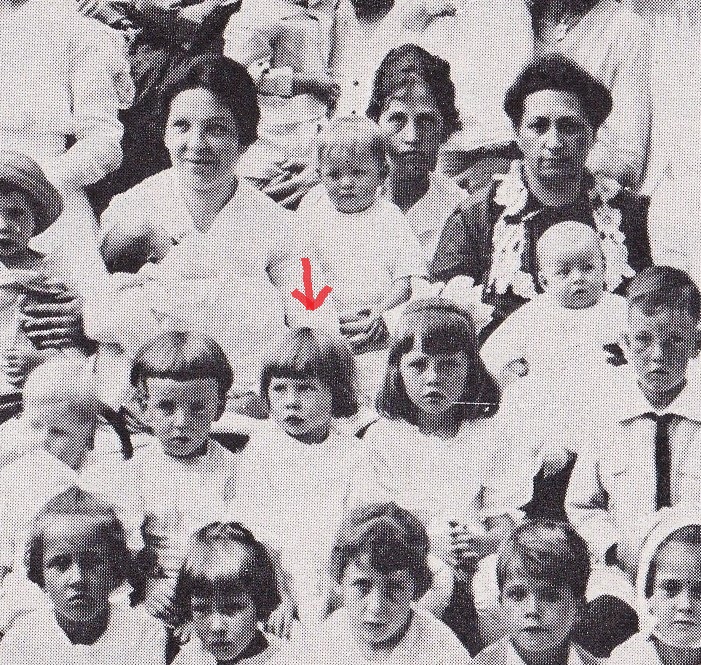



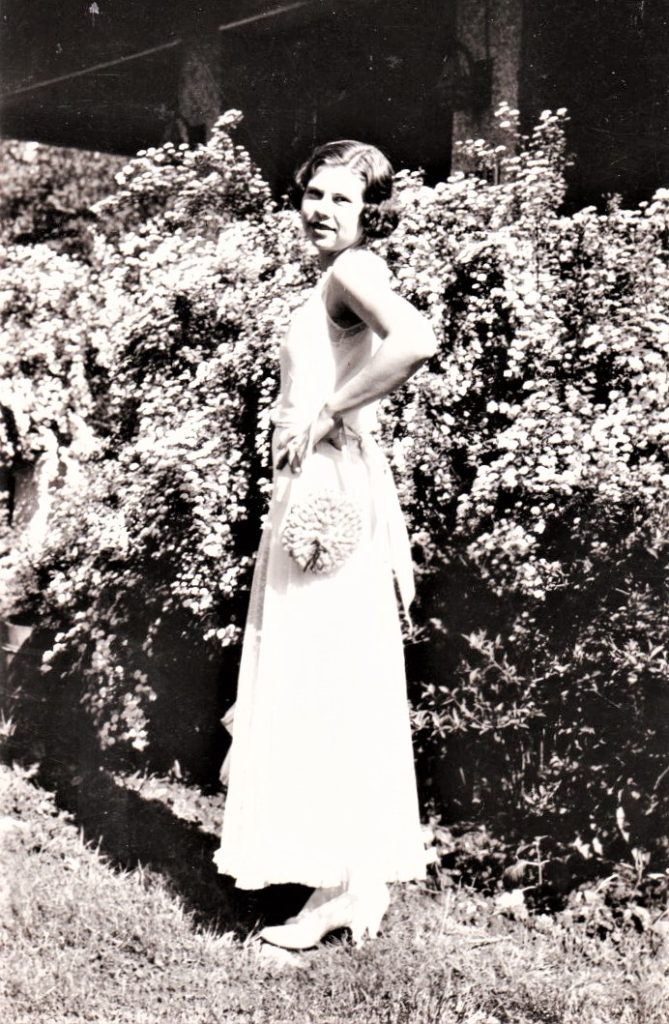
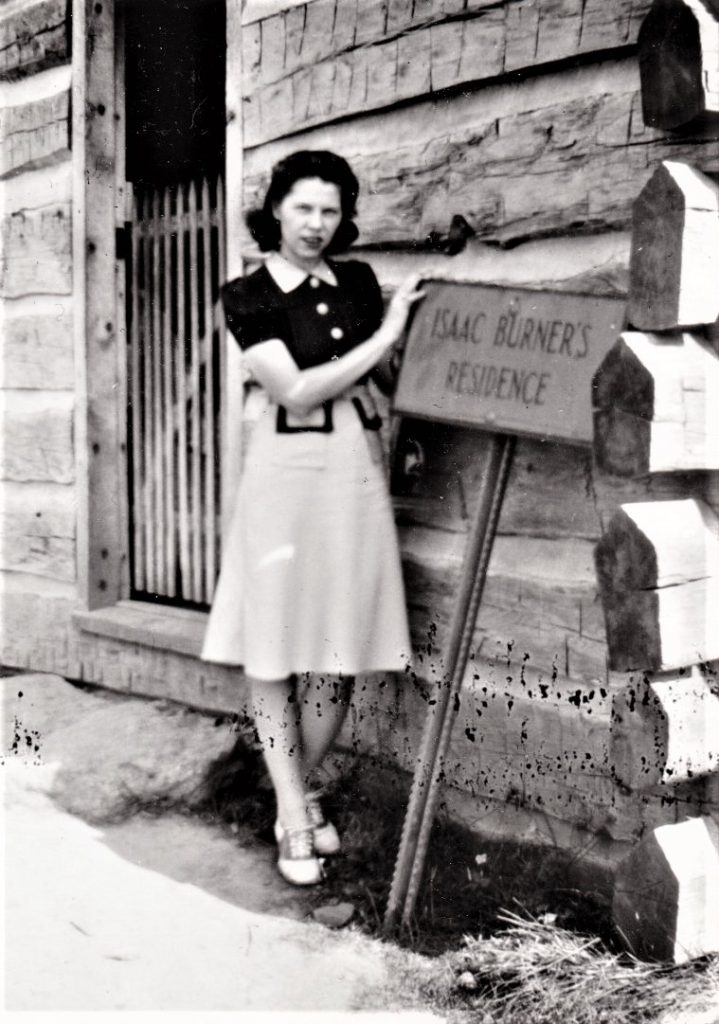
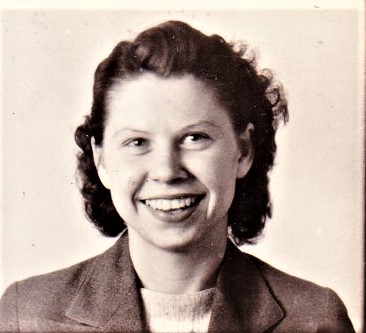
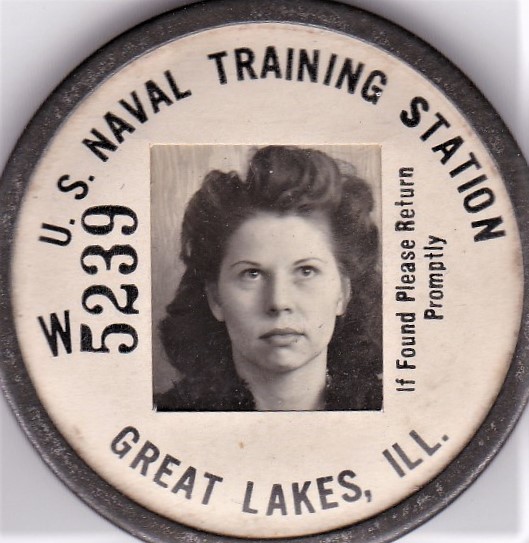
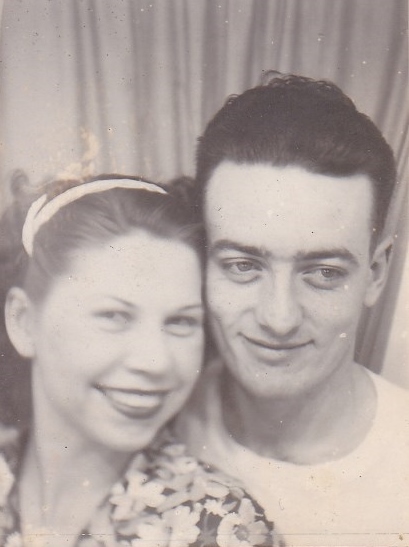
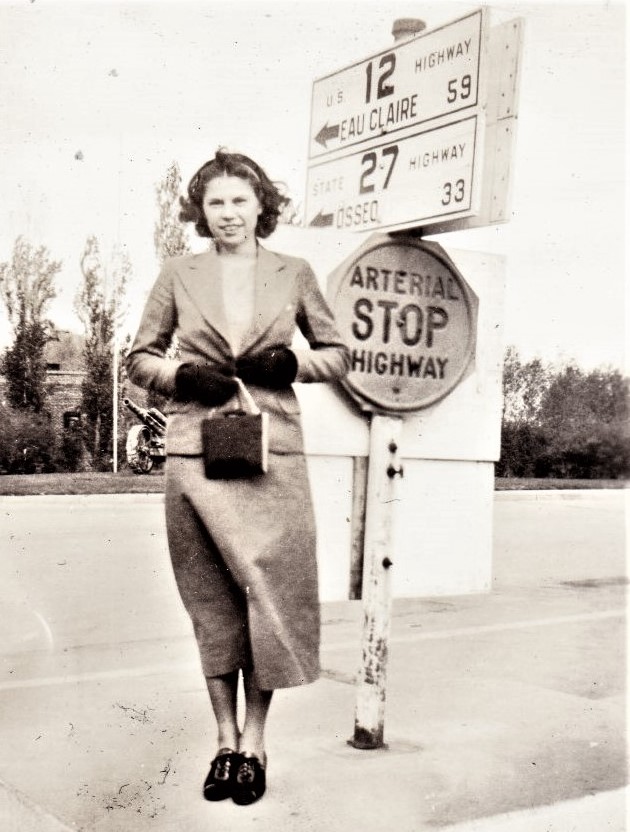
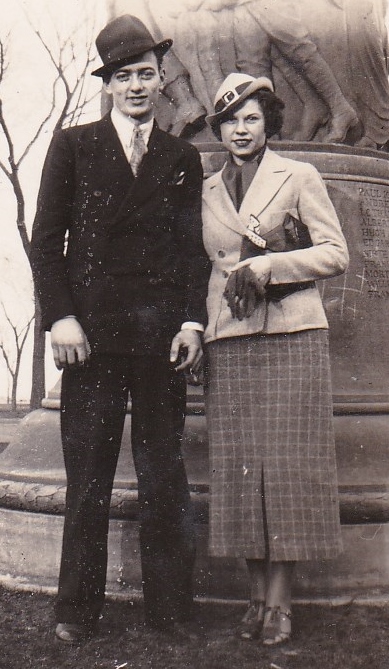
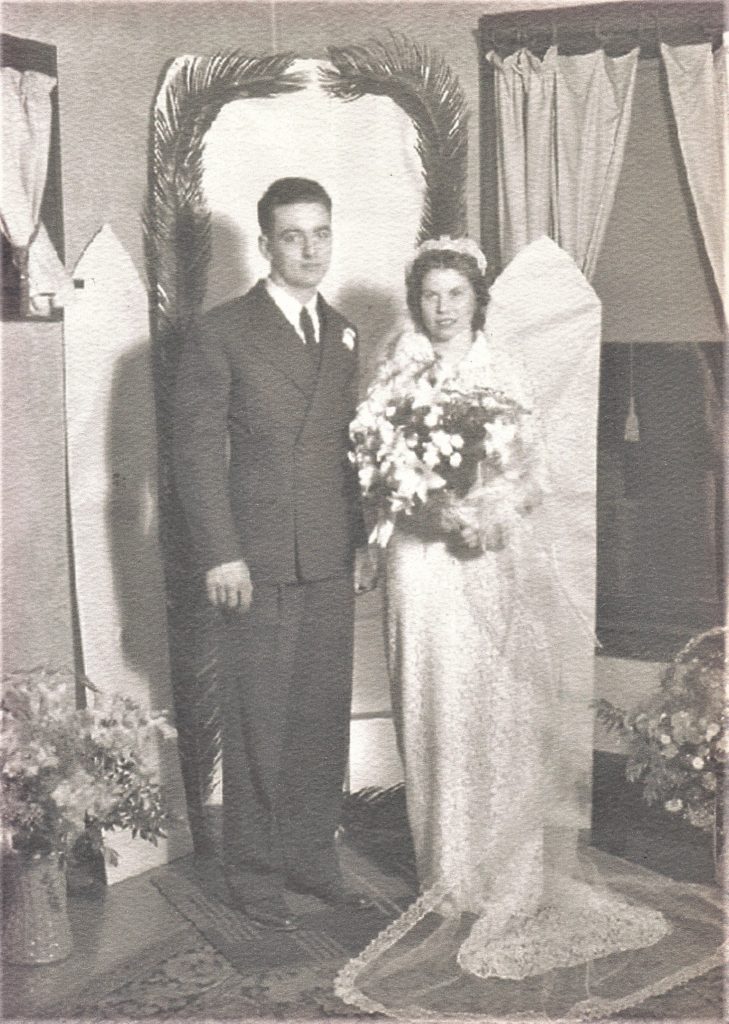
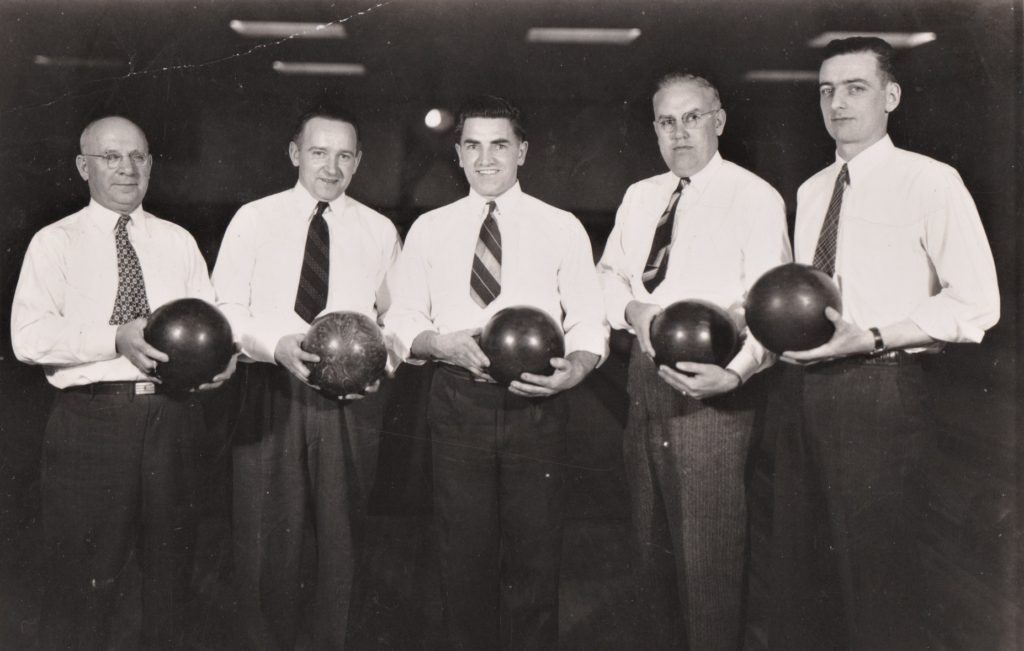
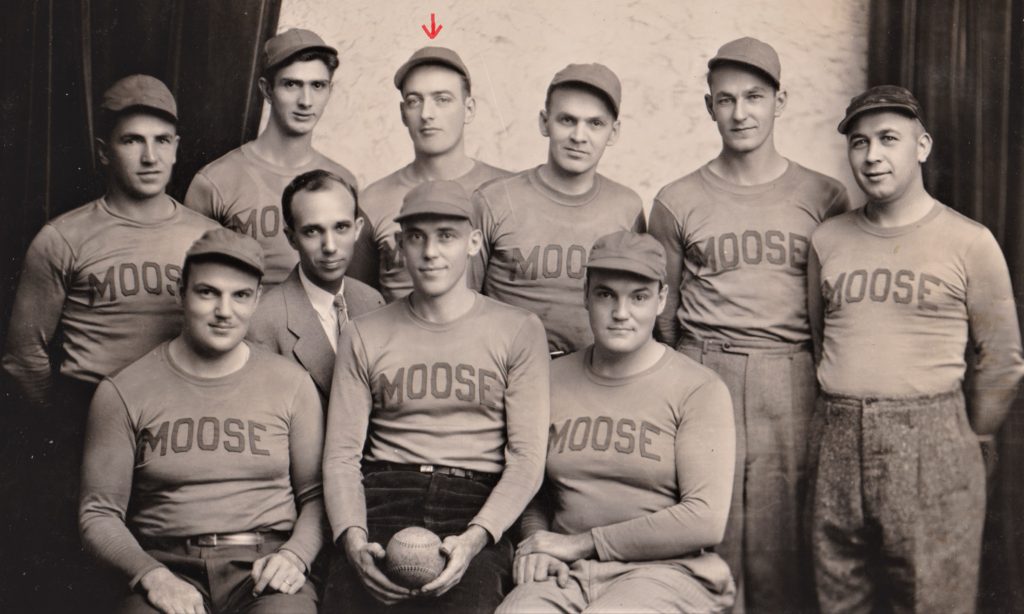
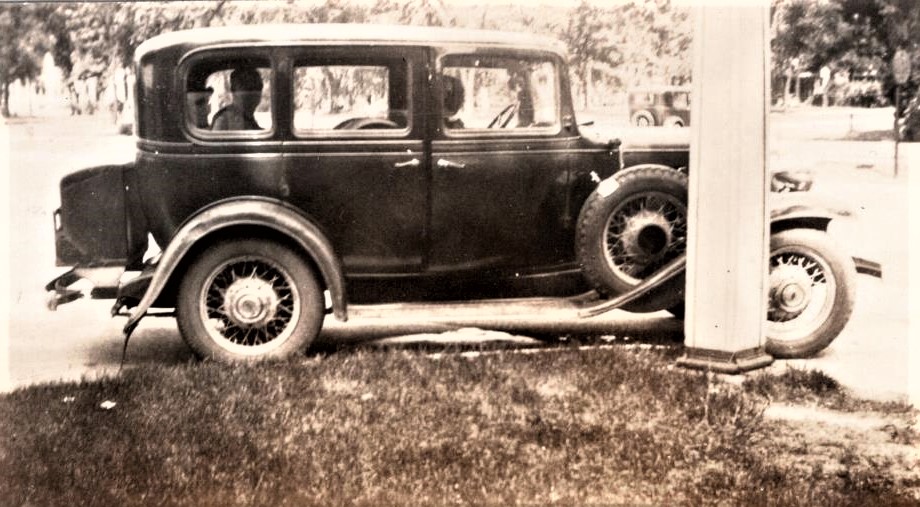
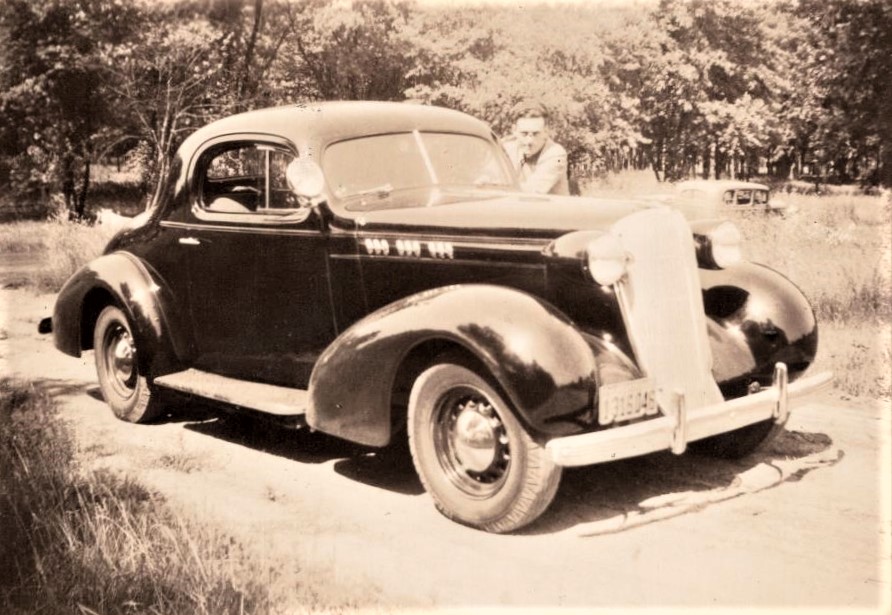
Whereas, our ancestors’ adventures consisted of moving from town to town, state to state or country to country, Harry and Ruth’s adventures were made by traveling around the USA, while living in Zion for their entire lives. Even before they married, Harry and Ruth loved to travel around and see new places. They took road trips to various places in Iowa, Ohio, Wisconsin, Illinois and Michigan. In 1934, they attended the Chicago World’s Fair – “A Century of Progress.”

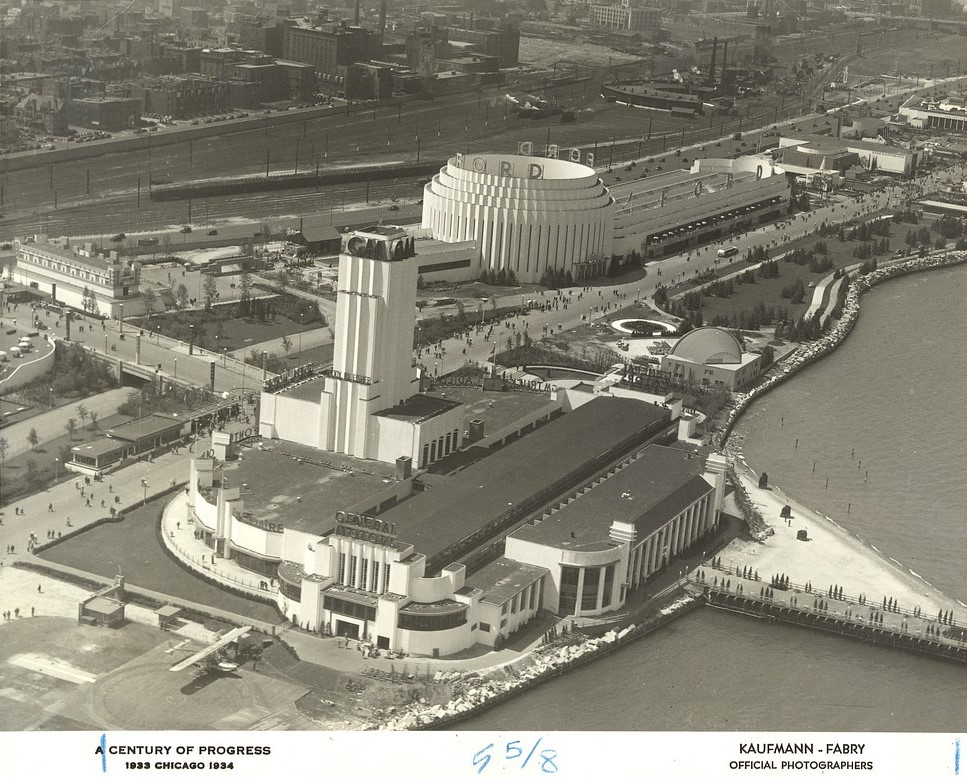
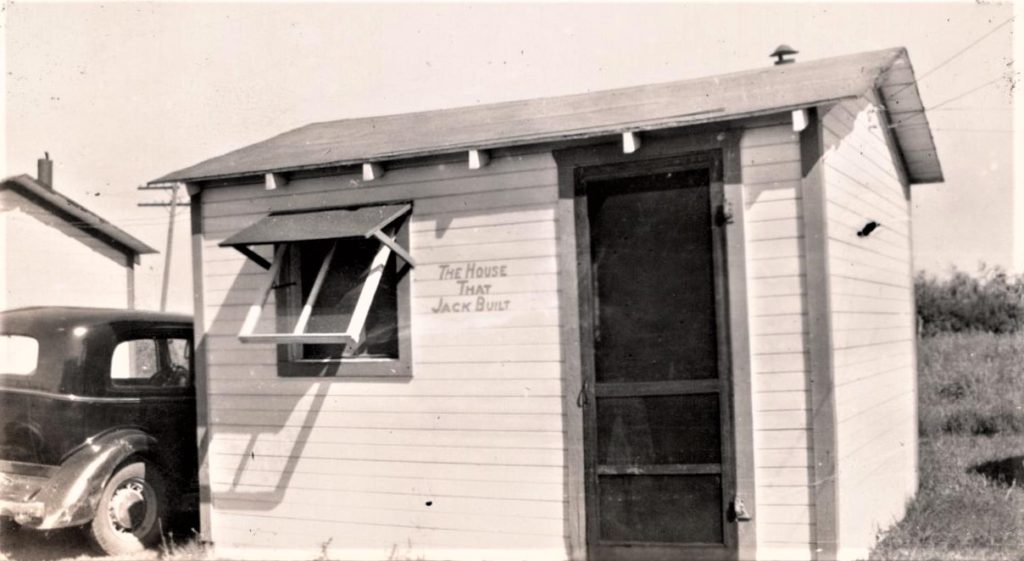
In 1939, they traveled to their second World’s Fair, this time in NYC and stopped by Washington, D.C., Connecticut, and Niagra Falls in Canada. While in Canada, they were able to see Harry’s great aunt, some cousins in Ayr, Ontario and visit the house his mother, Nellie Richardson, was born in.
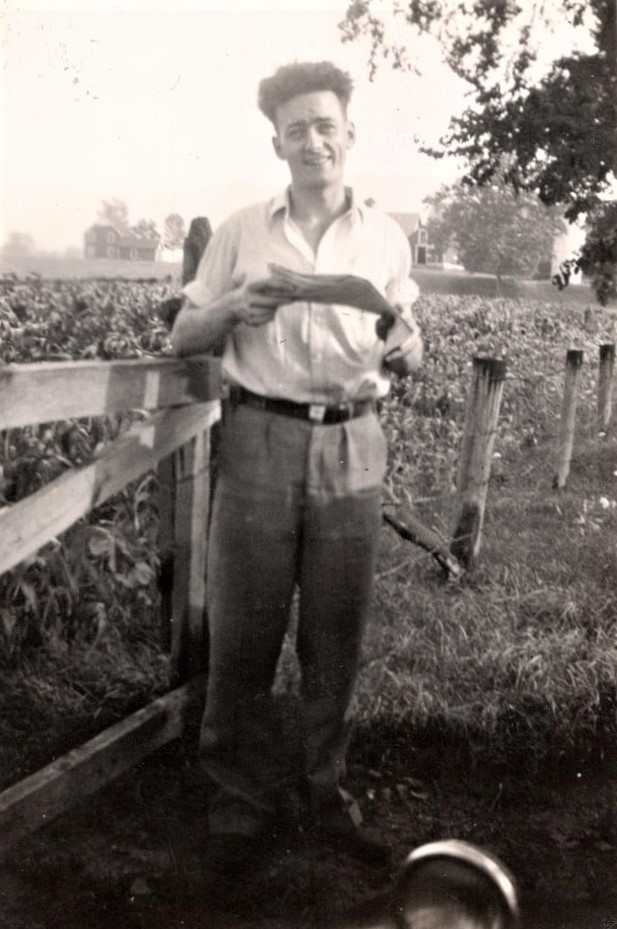
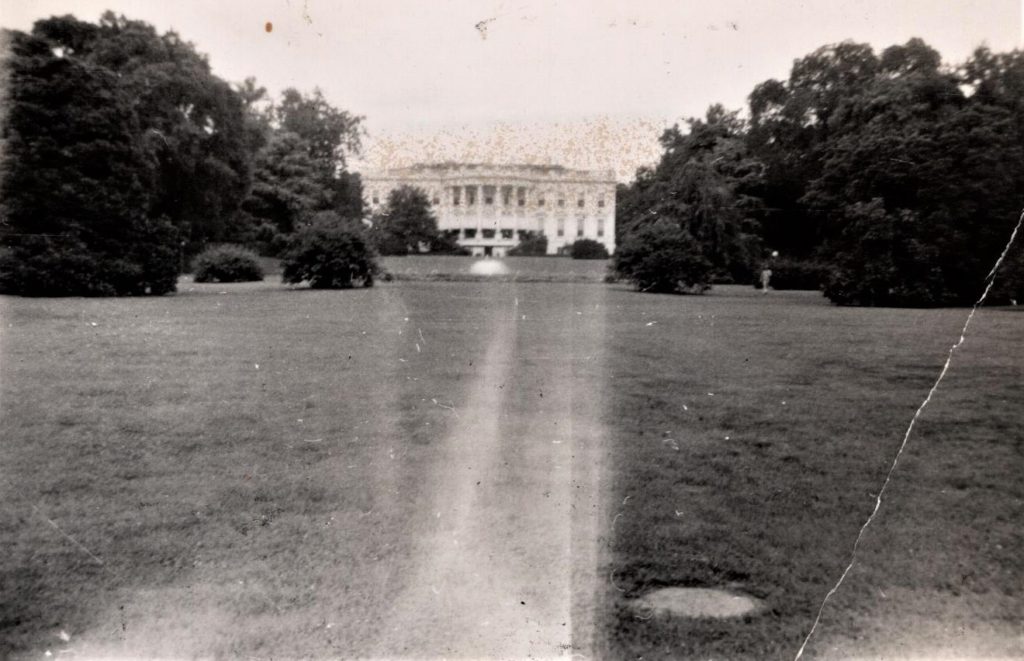
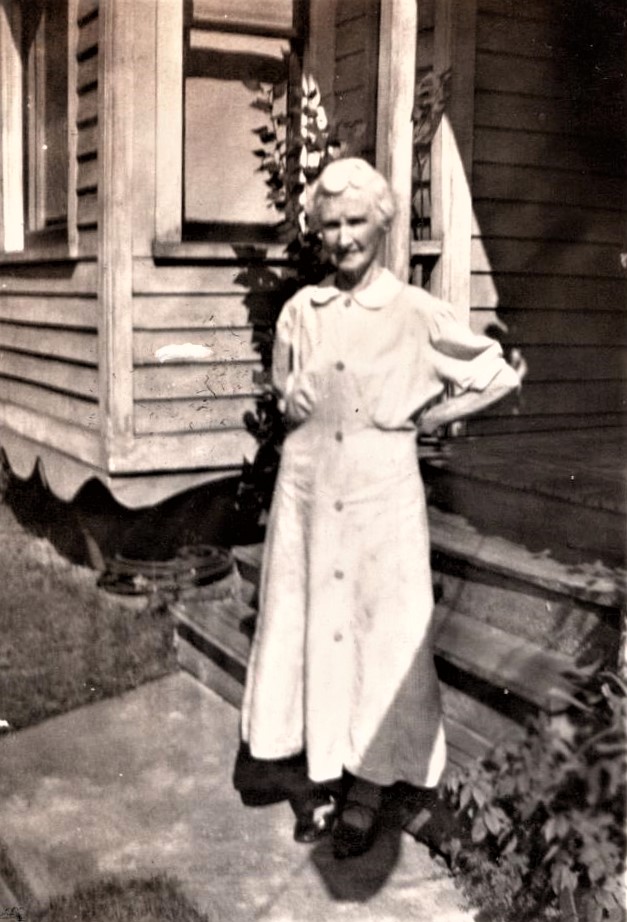
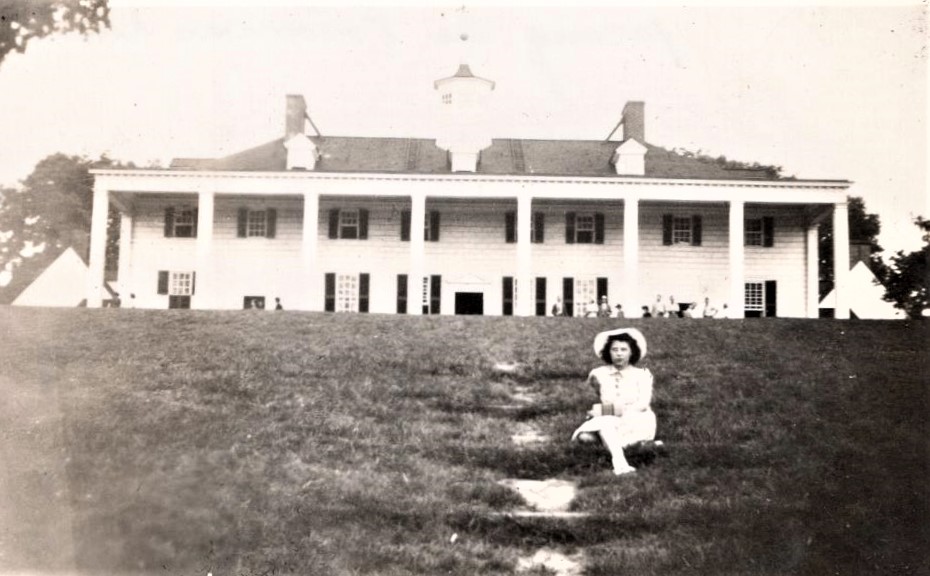
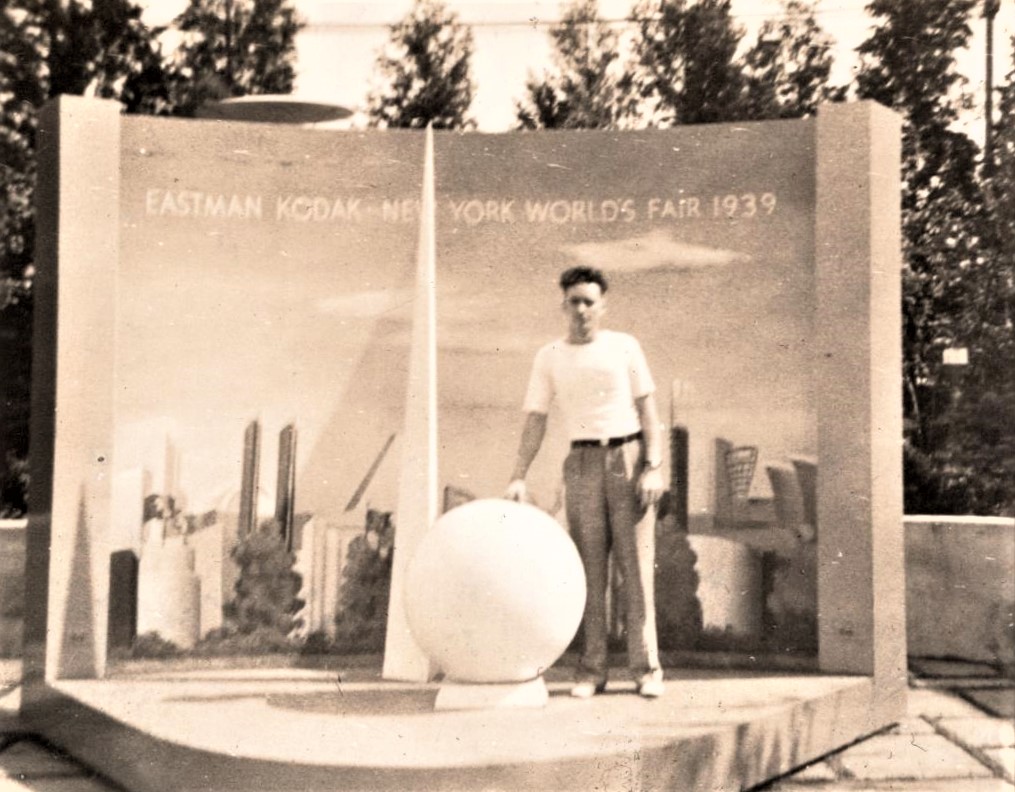
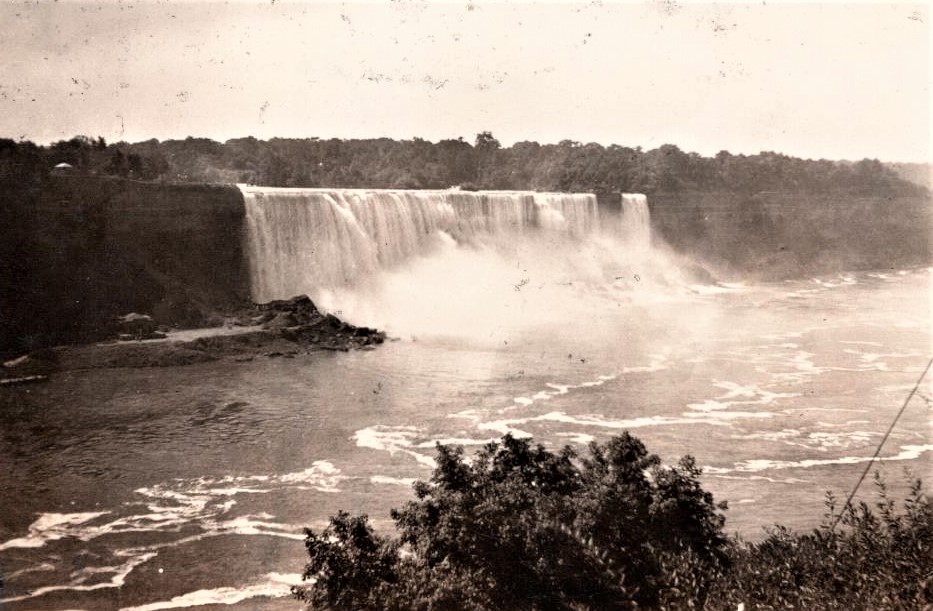
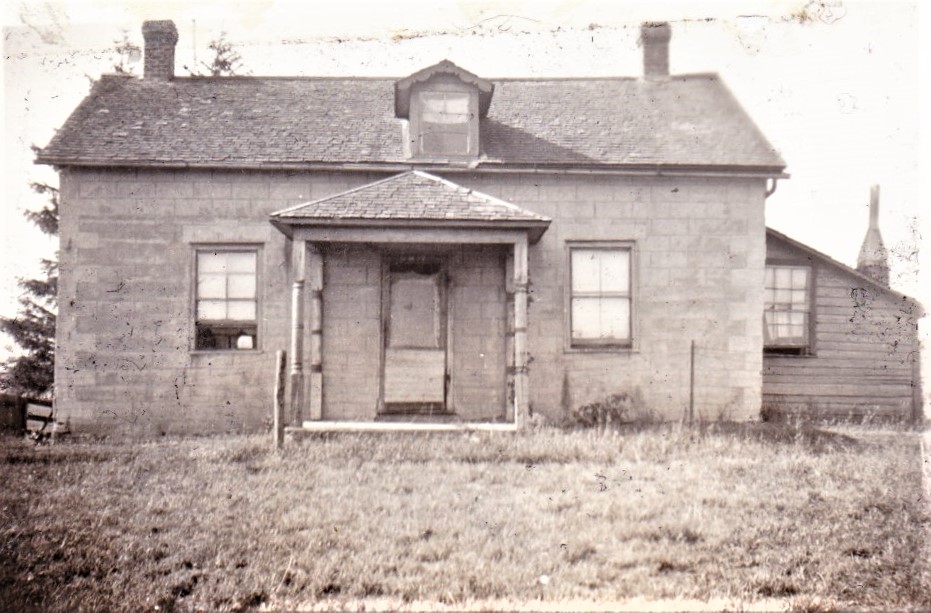
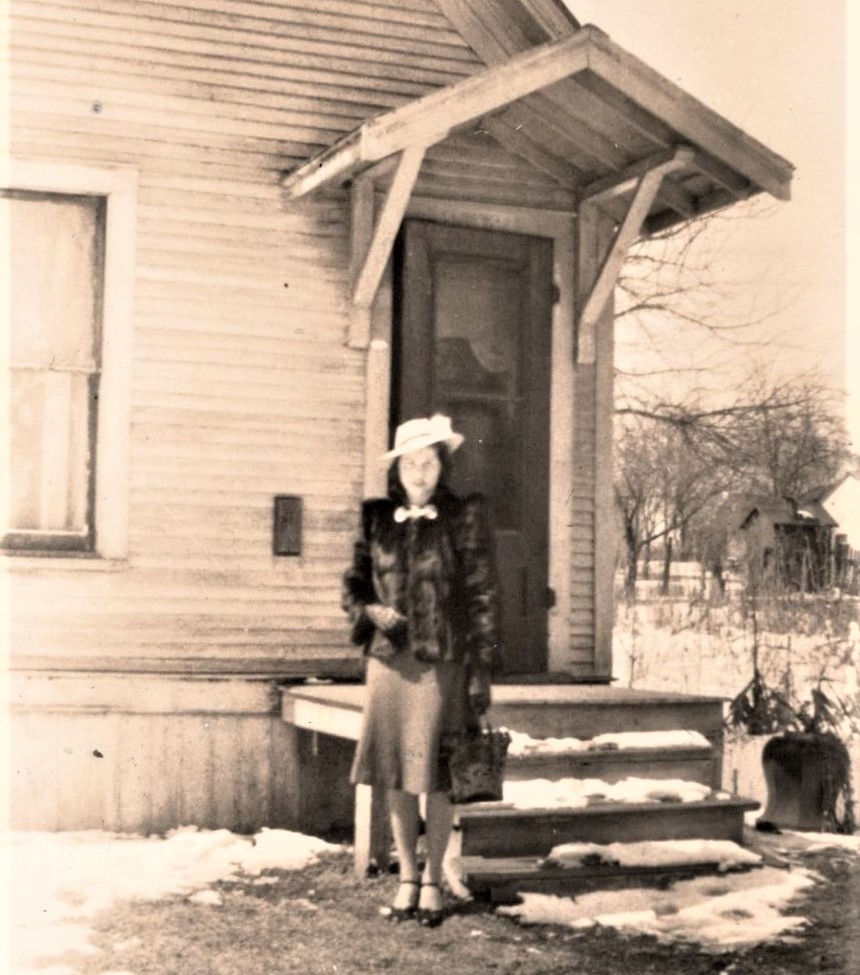

Harry M. and Ruth lived in several house apartments until 1940 when they were able to buy the little house next to Harry S. and Nellie on Gideon Ave. Harry M. worked at the Zion Candy Factory and Ruth worked at the Zion Bakery and at the Great Lakes Naval Training Center. As was mentioned earlier, Ruth was delivered by Zion’s midwife, Miss Ellen Lloyd, and so it was that Miss Lloyd also delivered Ruth’s daughter, Sheila Jeanne in 1941, about two weeks before the bombing of Pearl Harbor.
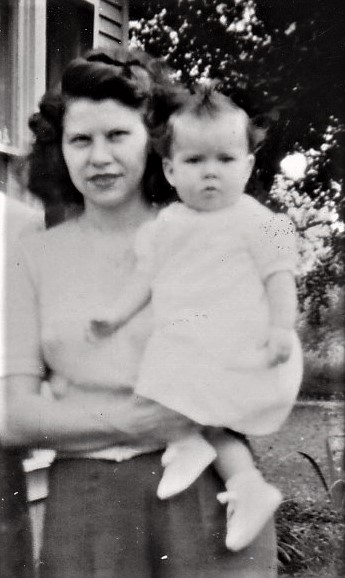
World War II, also had a great influence on everyone and how they lived. Tires, gas, food, metal and many other items were rationed. And of course, many families lost a soldier in a battle somewhere around the world. The Zion Candy Factory had government contracts to supply the soldiers with candy, so Harry M. was issued a deferment and could not be drafted into the military.
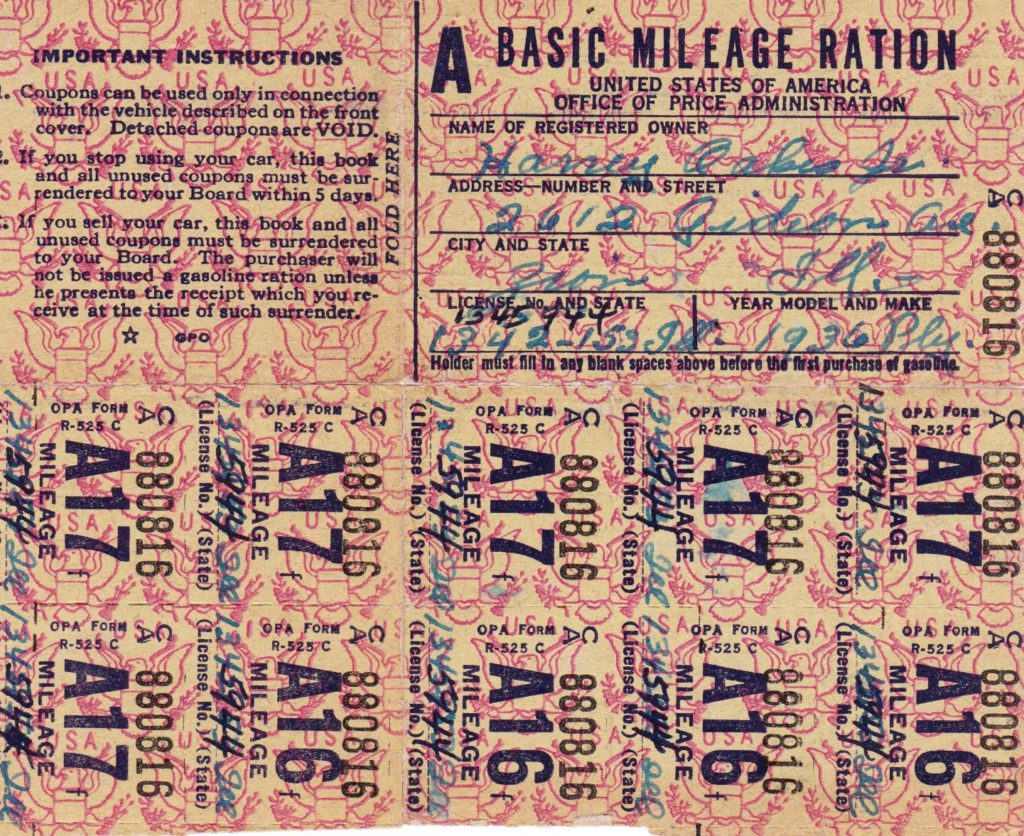
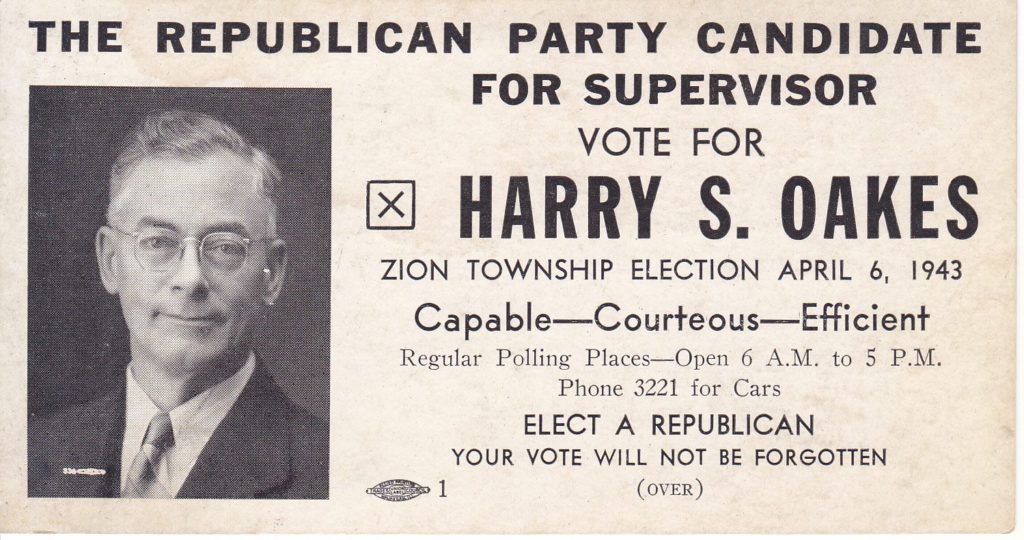
In the spring of 1944, Miss Lloyd was again summoned to the Oakes’ home and Michael Reid (Grandmother Nellie’s middle name was Reid) was born on Good Friday, April 7th. With the enormous impact that Walt Disney’s Mickey Mouse had made on the world in the 1930’s and 40’s, it is no surprise that little bitty, baby Michael was called Mickey throughout his childhood (and beyond, by some.)

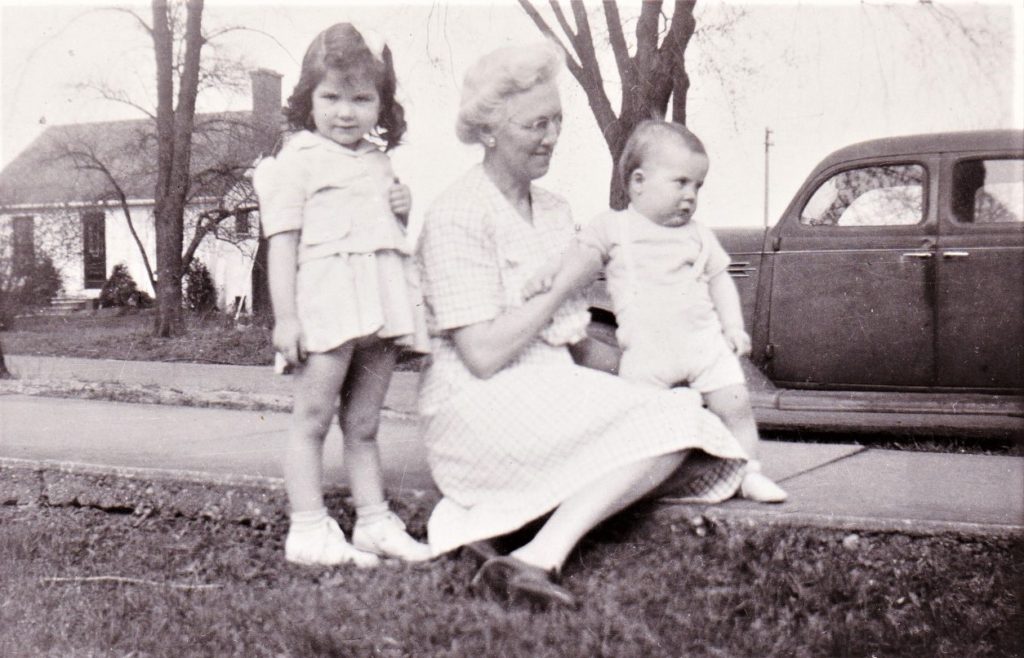
Harry M.’s military 2-A deferment was cancelled and change to 1-A, available for service, in March of 1945. He was ordered to go to Chicago, where he received a military physical and was determined to be fit for active duty. V-E Day (Victory in Europe) was celebrated around the world on May 8th 1945, as a part of World War II came to a close. But the war in the Pacific continued to be fought at a slow pace, island by island. Finally, the Japanese surrendered on August 15, 1945. V-J Day was declared when they signed the official documents on September 2nd. Ten days later, Harry was reclassified as 4-A: too old to serve.
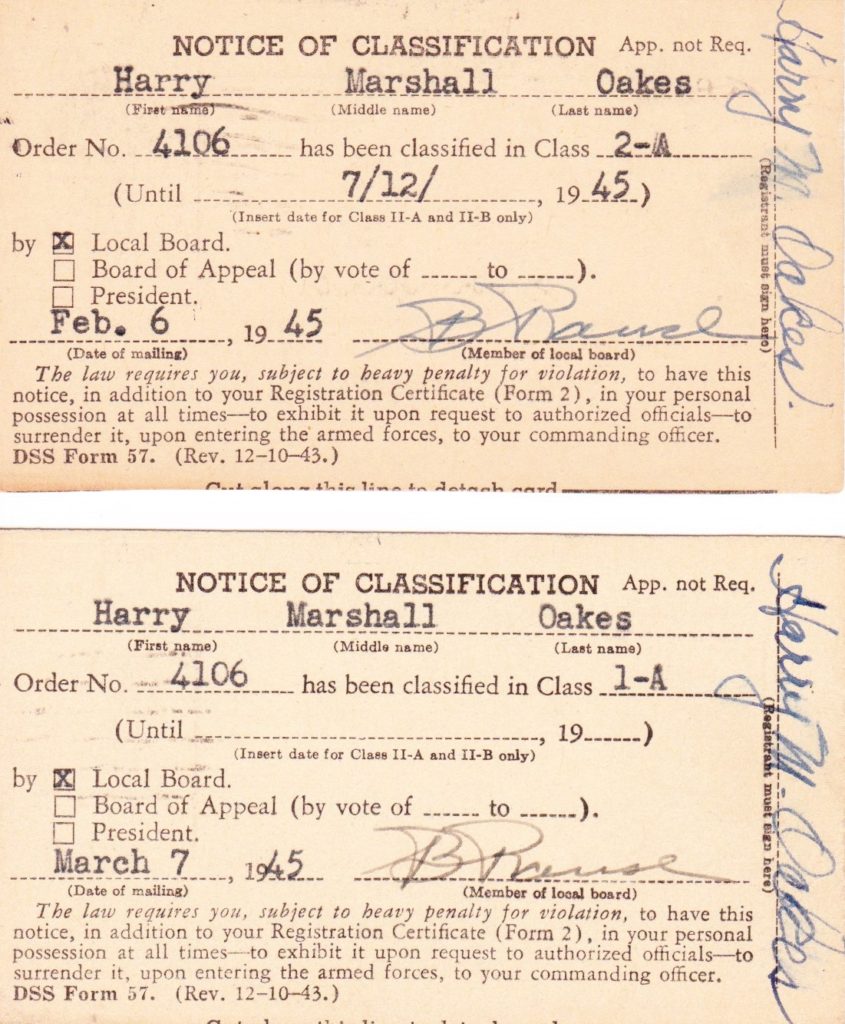
After the war, Ruth began a taking art lessons through an art correspondence school in New York City. It consisted mainly of drawing the human form.
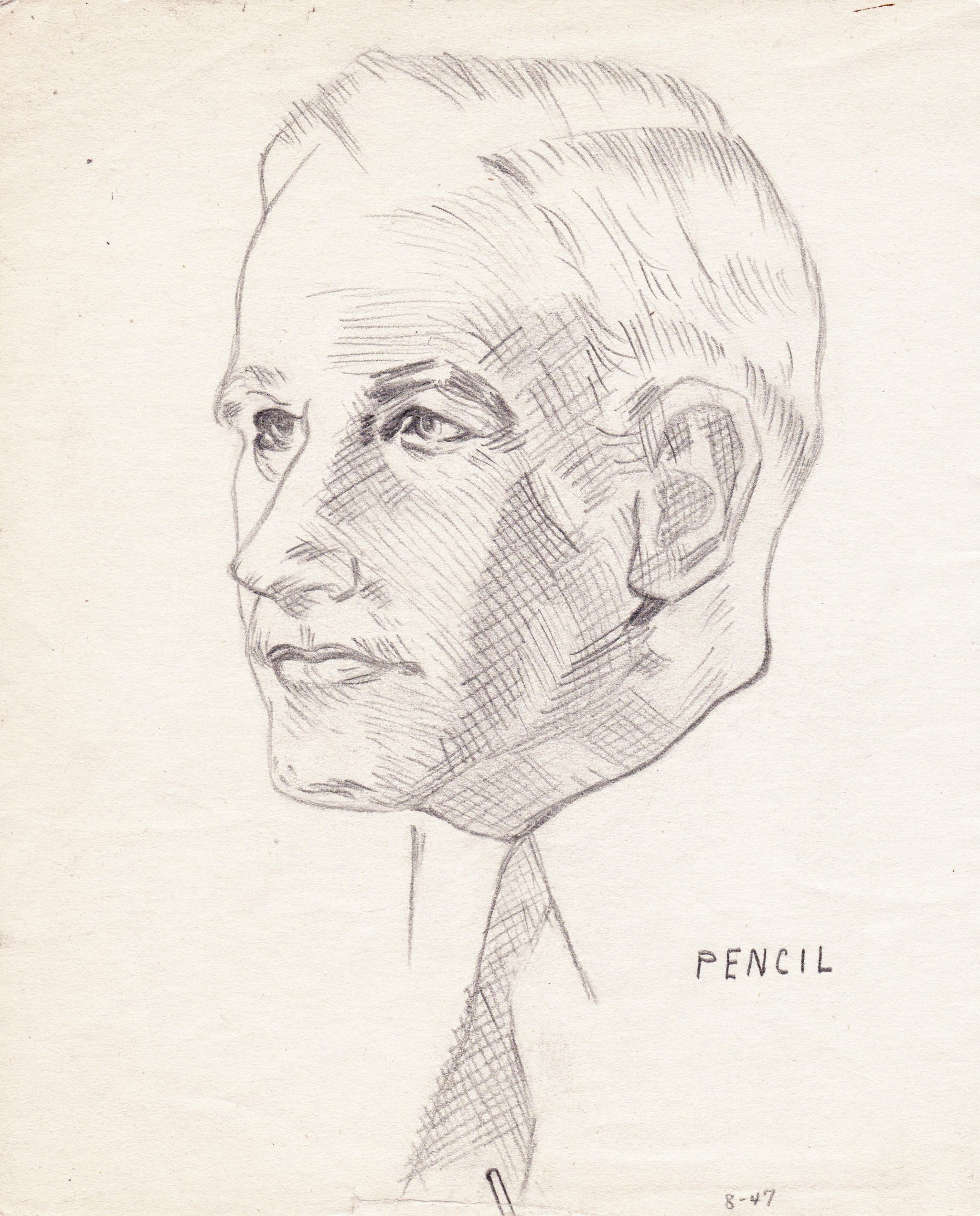
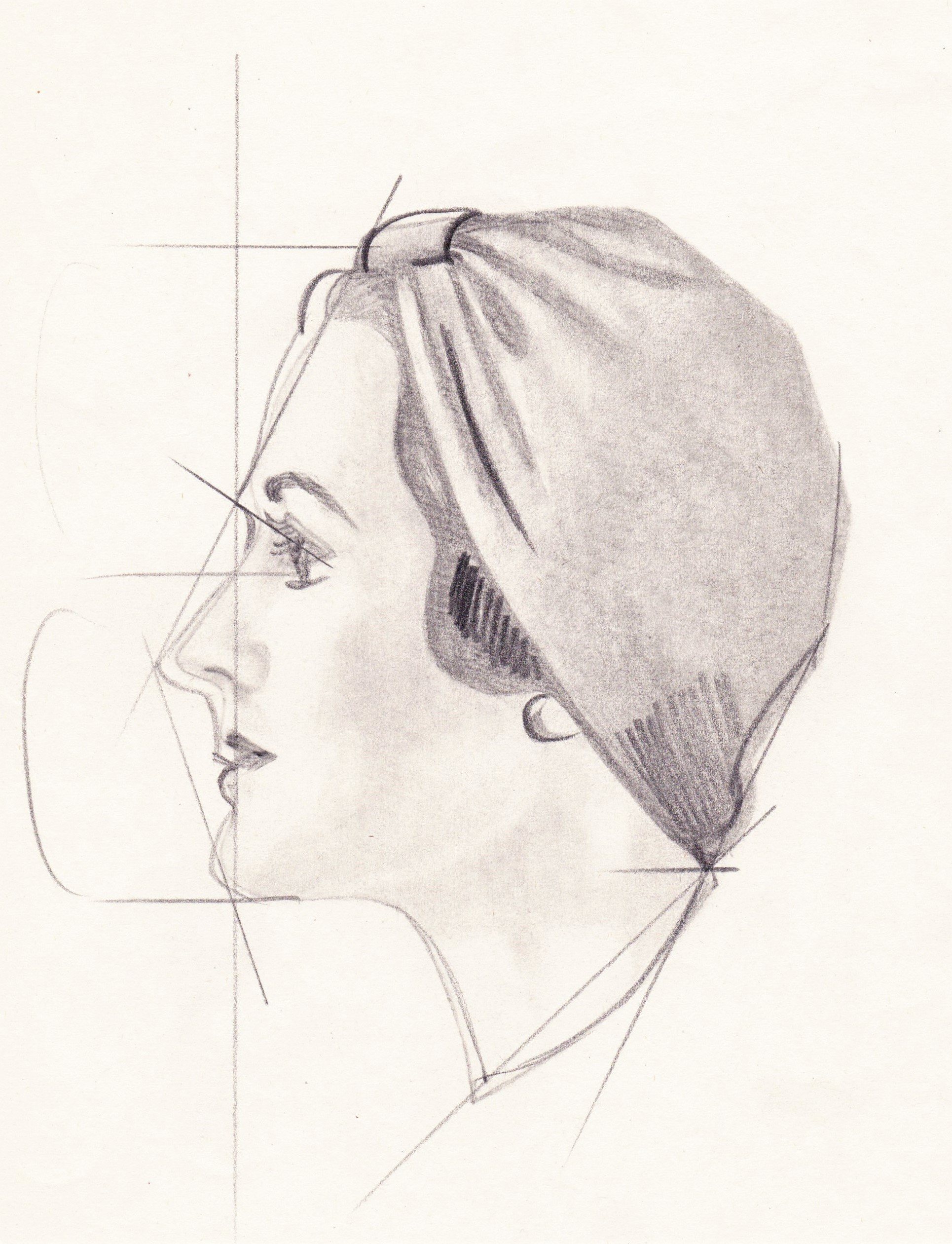
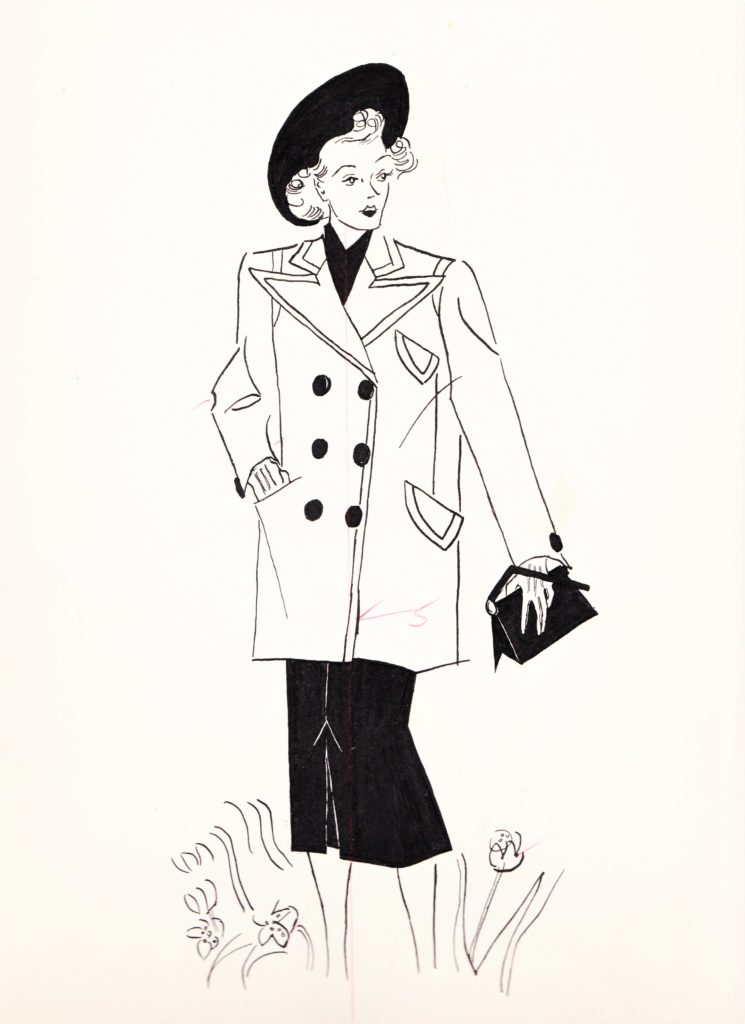
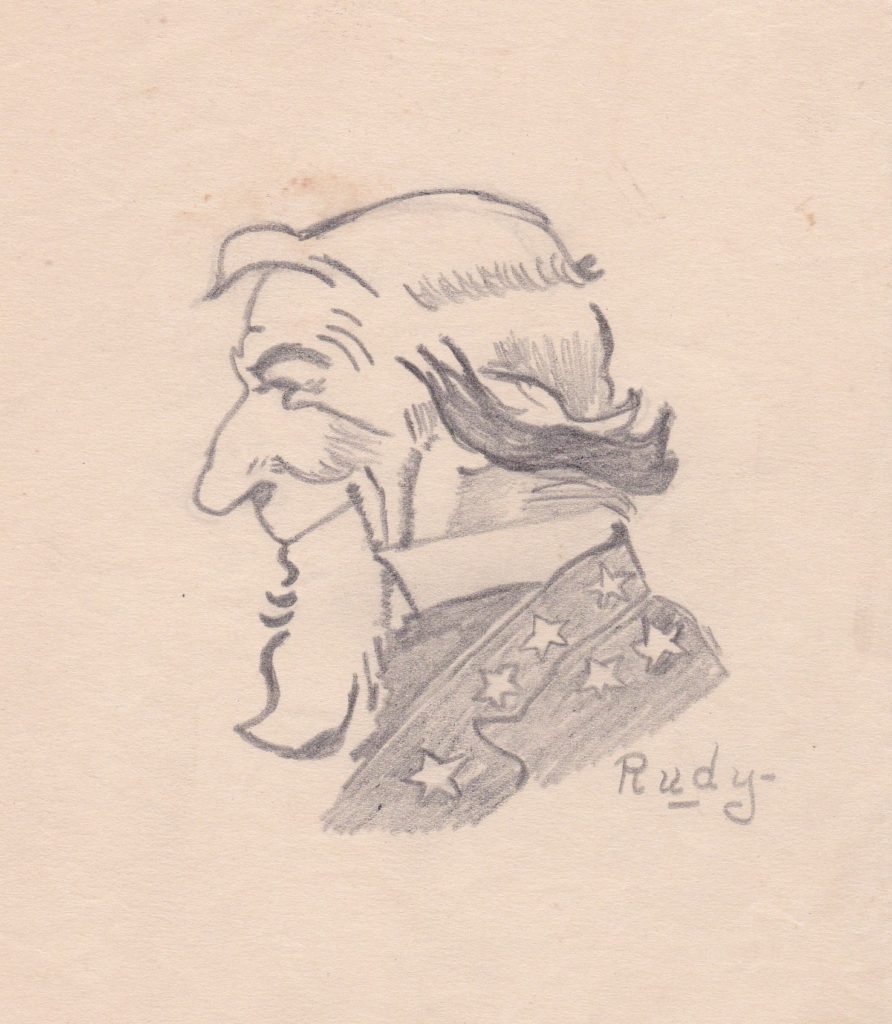
Harry M. used his woodworking skills learned in Manual Training in High School (known as Shop class nowadays, or at it was when I was in school.) He built a picnic table, a work bench and the items pictured below.
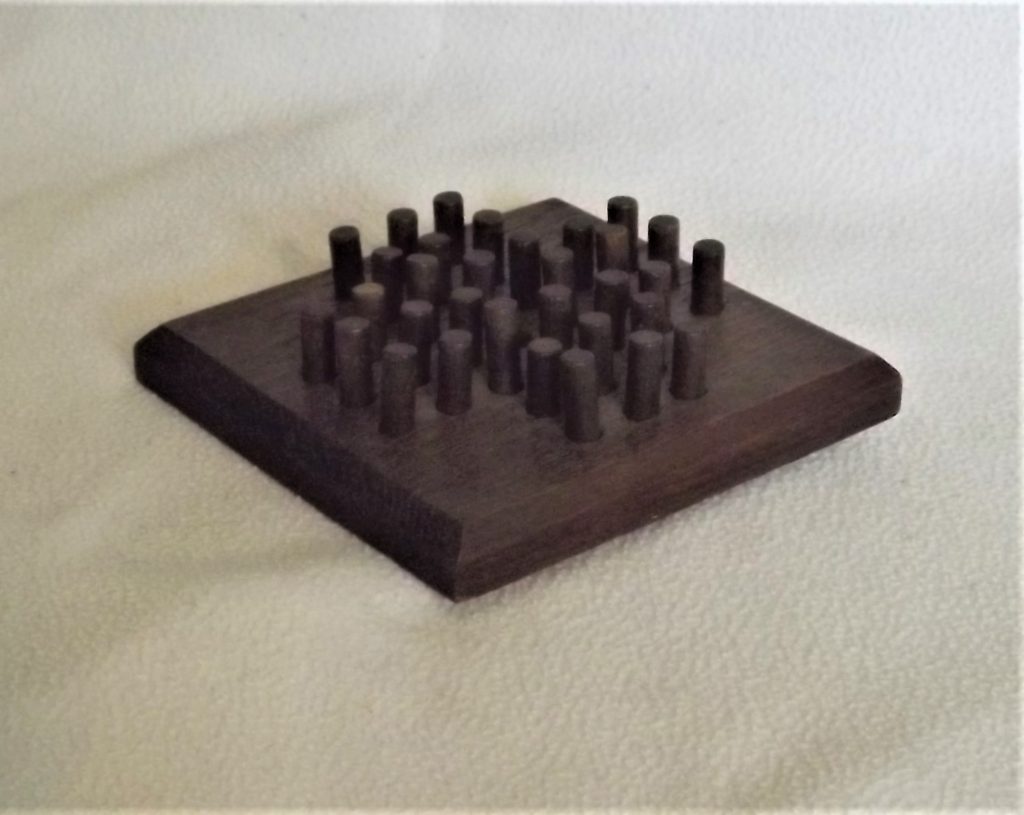
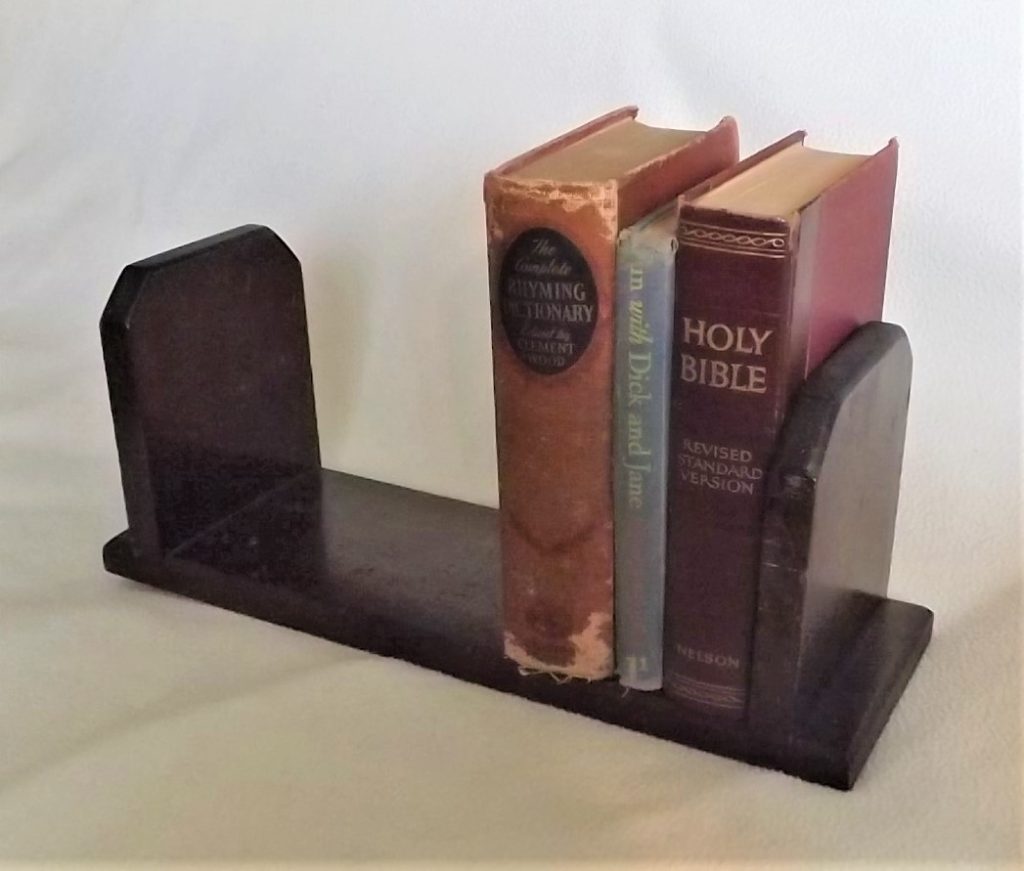
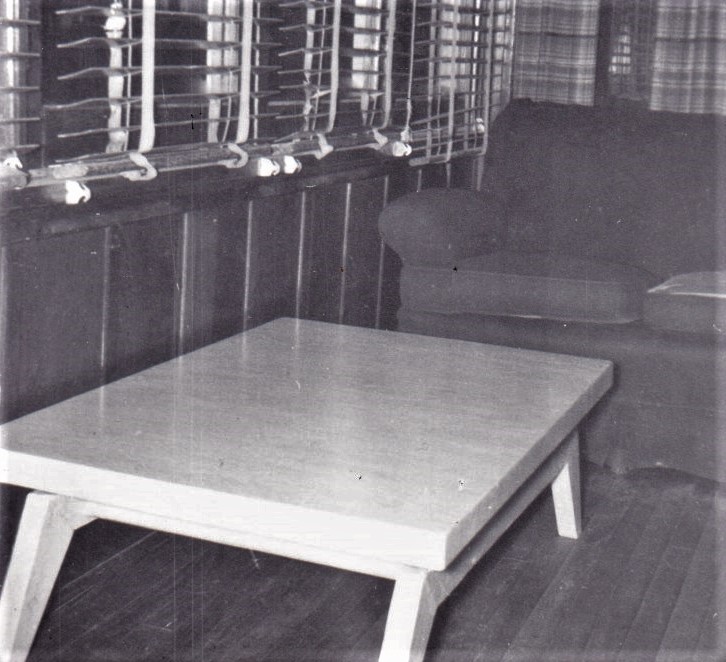
In 1946, Harry and Ruth moved across town and bought a house at 2821 Enoch Ave. that was originally built several blocks west. The house had no indoor plumbing or heating system. Before it was moved to the Enoch location, a basement was built for it to sit on. After it was secured to the new foundation, plumbing was added along with a hot water radiator heat system. Growing up there, I never paid any attention to the exposed pipes in the living room, dining room and kitchen that came through the floor and went up through the ceiling connecting to the radiators. There were also covered stovepipe holes in the chimney in some rooms where potbelly stoves once sat.

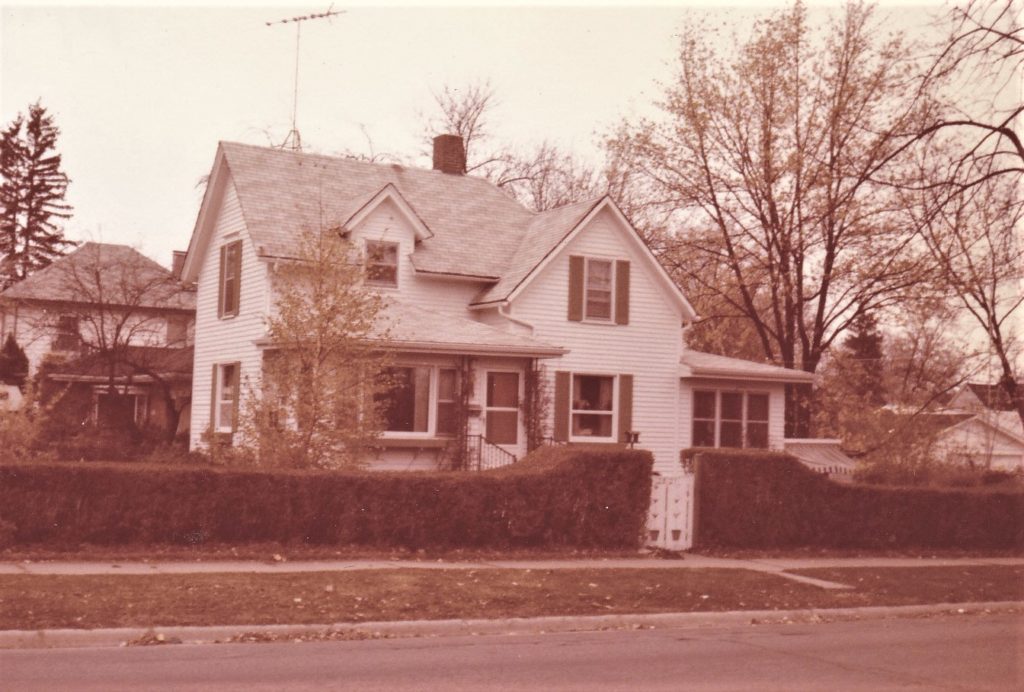
Little She-She and Mickey did not know there was a world outside of the hedge that surrounded the corner lot until they grew another foot or so. The previous owner had a beauty parlor in the enclosed front porch. Harry S. made the front gate, which was designed by Ruth. When I was a kid, and before curbs were added to the streets, my Mom instructed me to lie down in the ditch by the road if I happened to be outside when a tornado came.
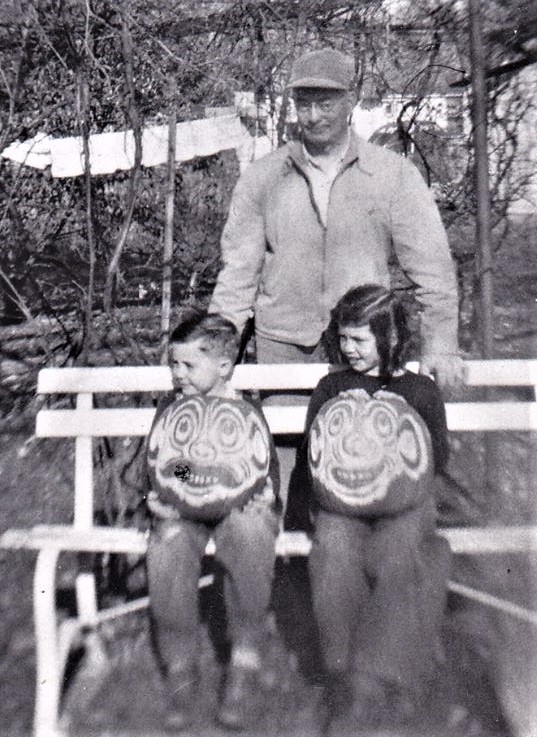
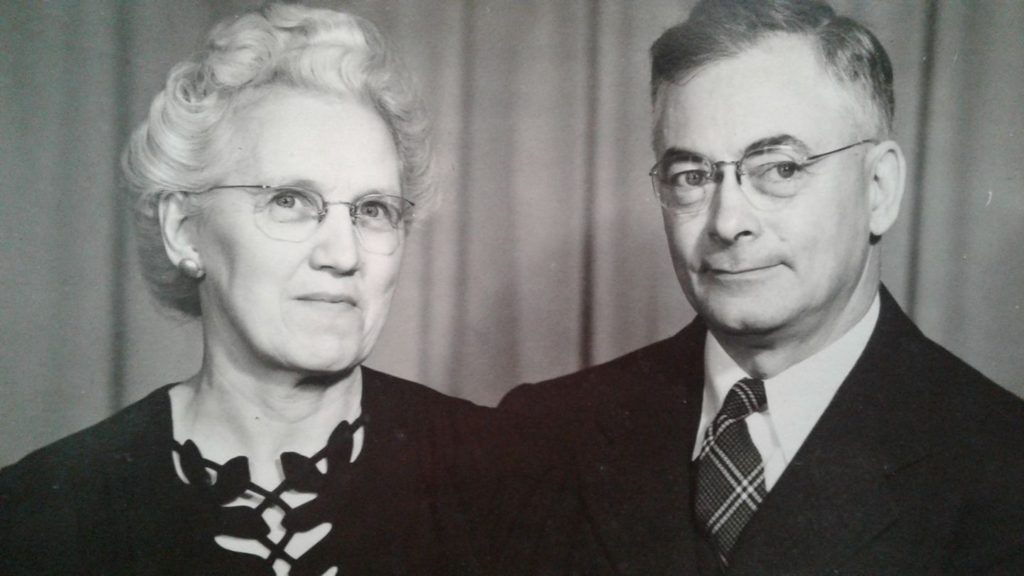
The year 1951 was pretty much uneventful until almost the very end, when a bundle of boy, I mean, joy, was born on December 30th. Robert Arthur (after Ruth’s father Arthur) was welcomed as a blessing and a great tax deduction. No midwife this time, although Miss Lloyd was still in business until 1966. Because Ruth had had back surgery, she went to a hospital to have a baby; imagine that, a baby, in a hospital; what a odd idea for the Oakes/Snelling families. (Even my two daughters were born at home with a midwife.)


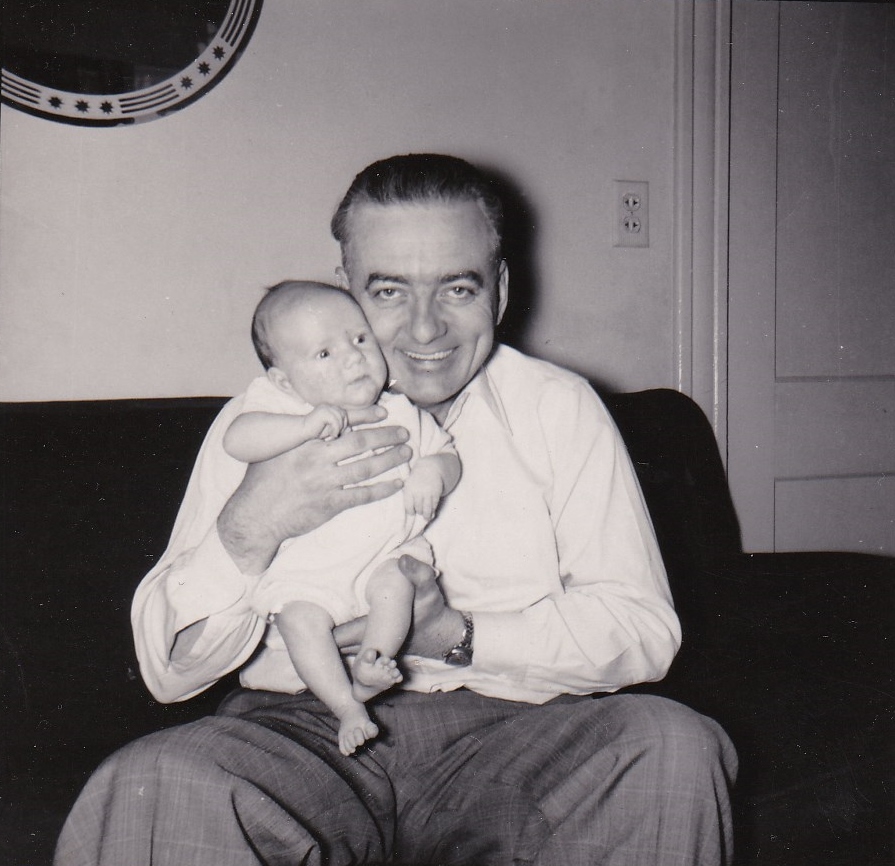
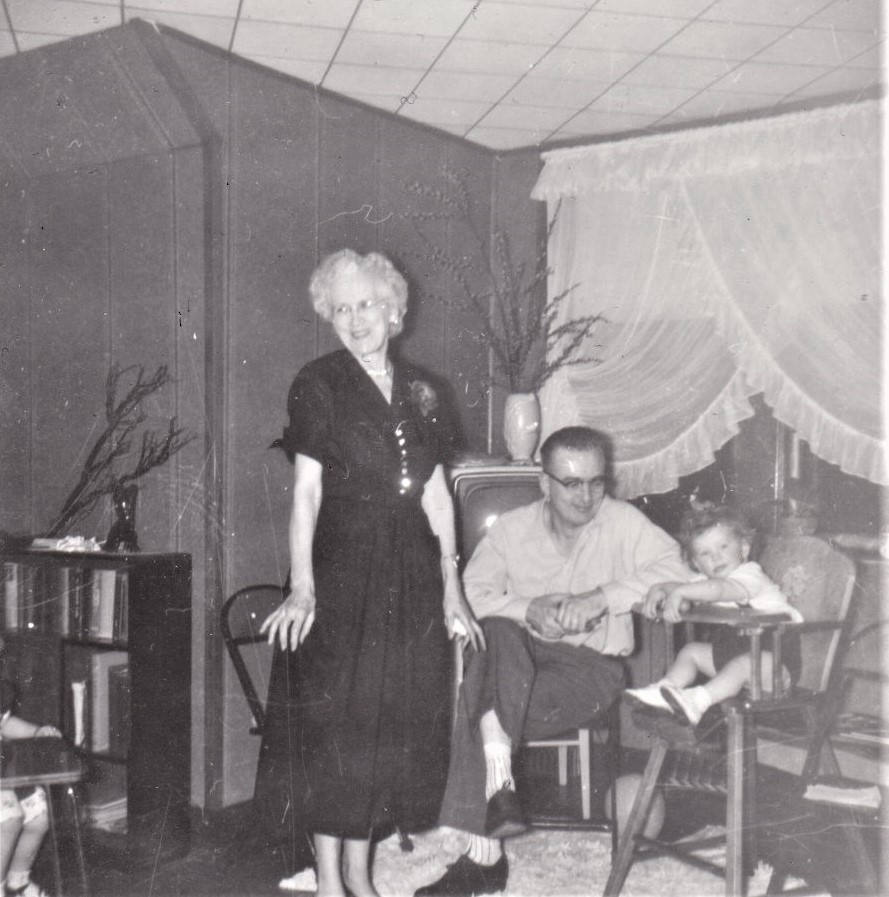
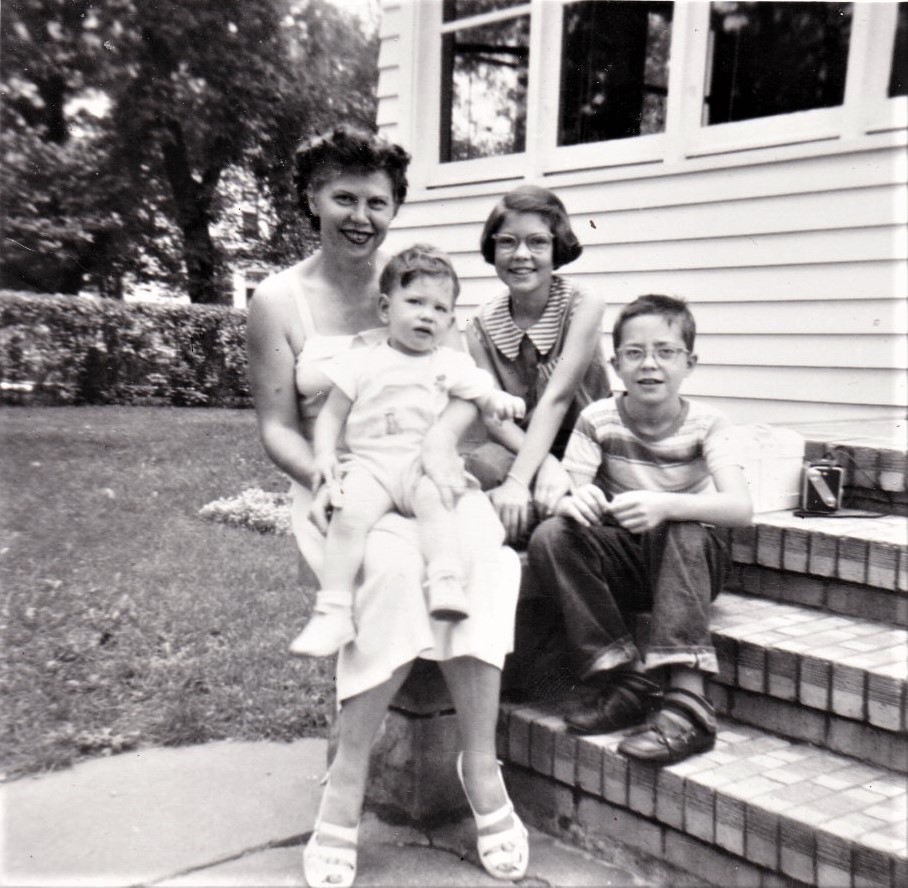
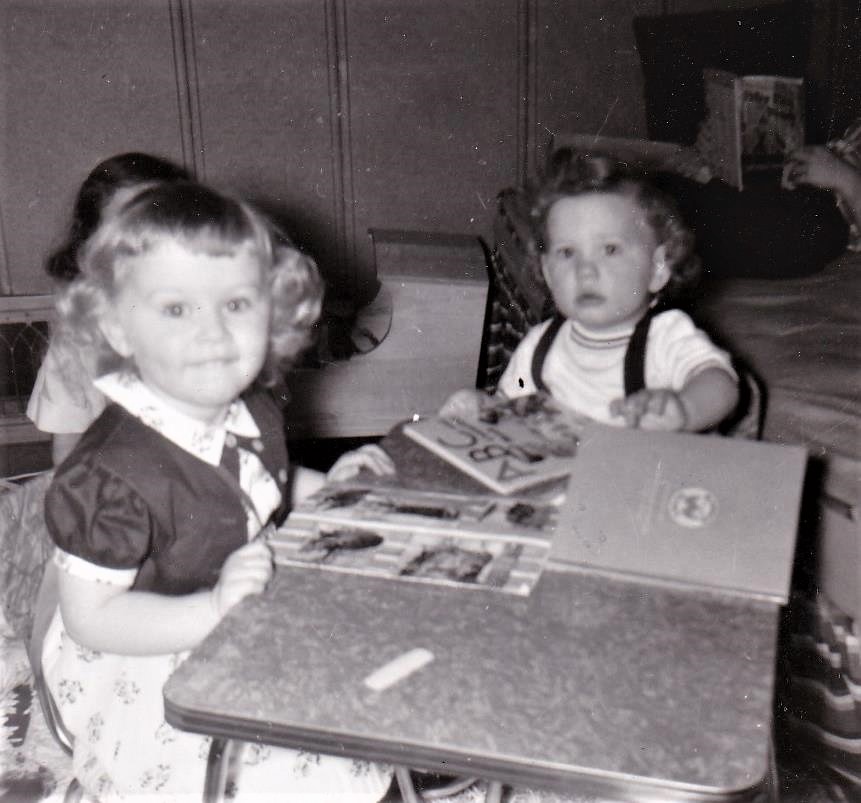
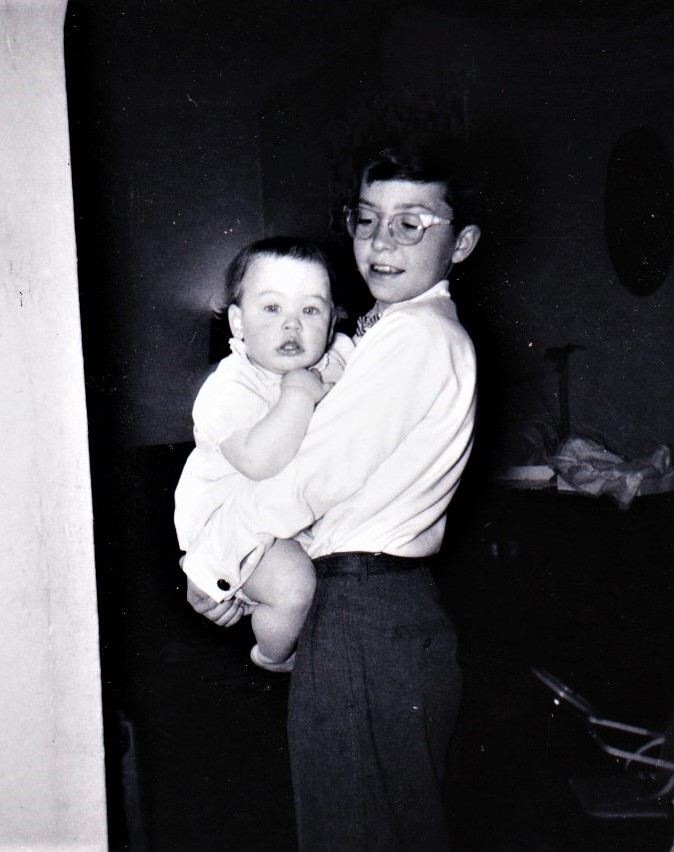
The period of 1940 through 1951, were busy years for Harry and Ruth; World War II, purchasing and moving into two houses and adding three children to the family. Time to load up the car for another adventure! In 1953, a short trip to Elyria, Ohio to visit the Osters (See Family History Part II) for a few days and a long trip to Florida to visit Ruth’s Dad and brother; Arthur and Ruth Snelling and Art and Libby Snelling and boys, Tom and Jerry.
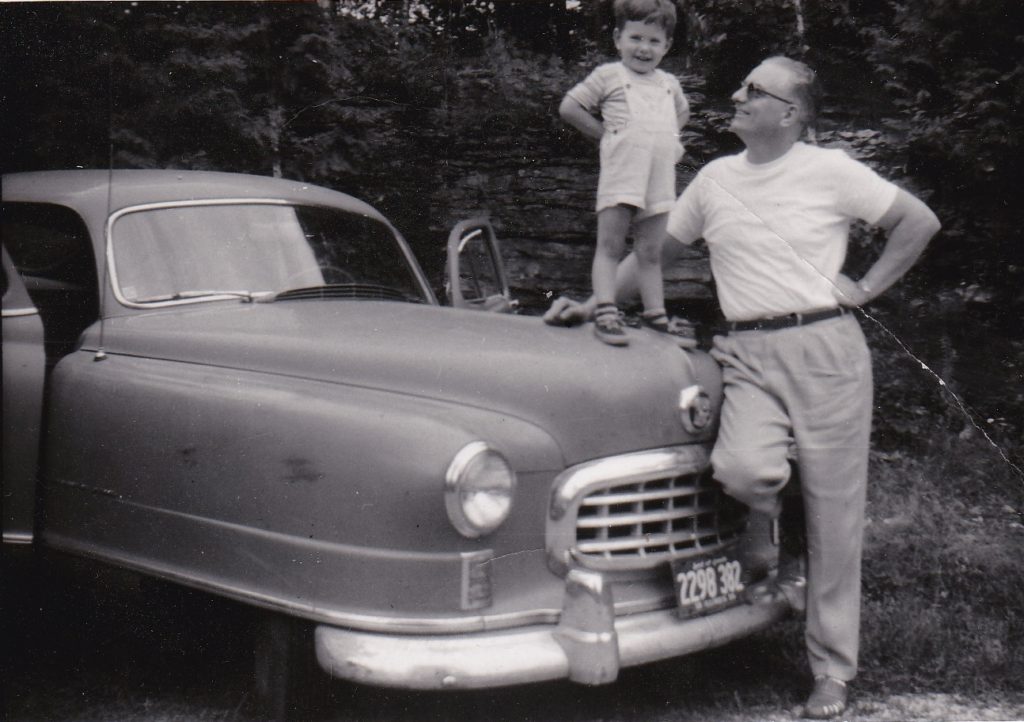
Our next adventure was in 1955, a repeat of the 1939 trip Harry and Ruth took to New York City, Washington D.C., Connecticut and Canada, only this time with us three kids.
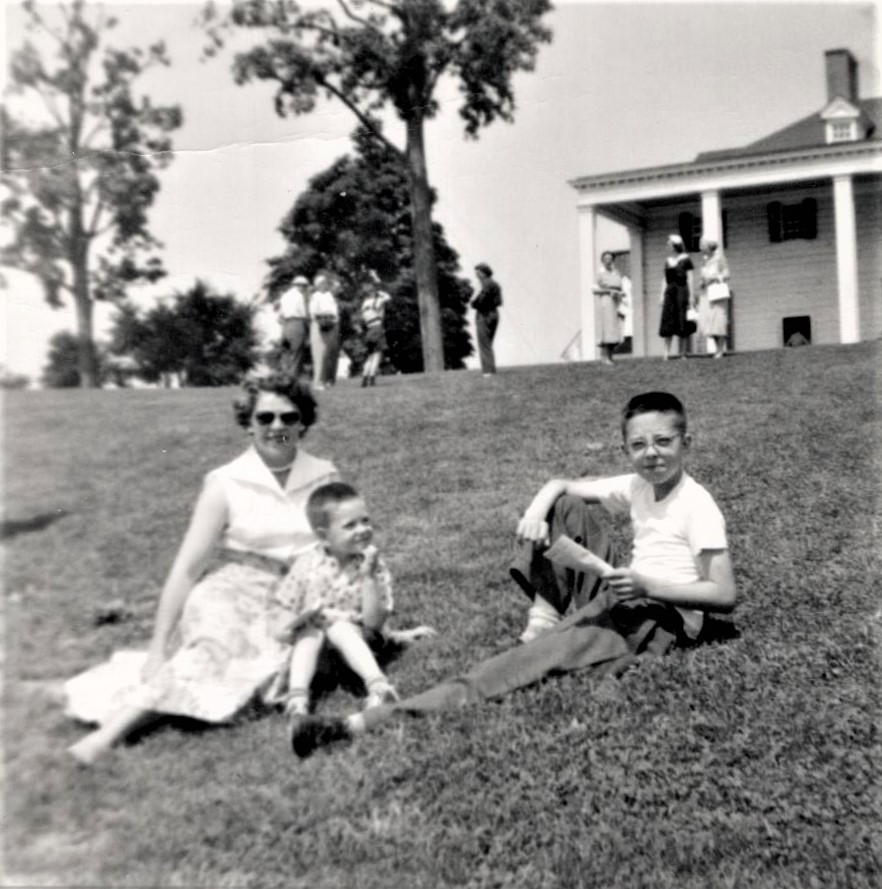
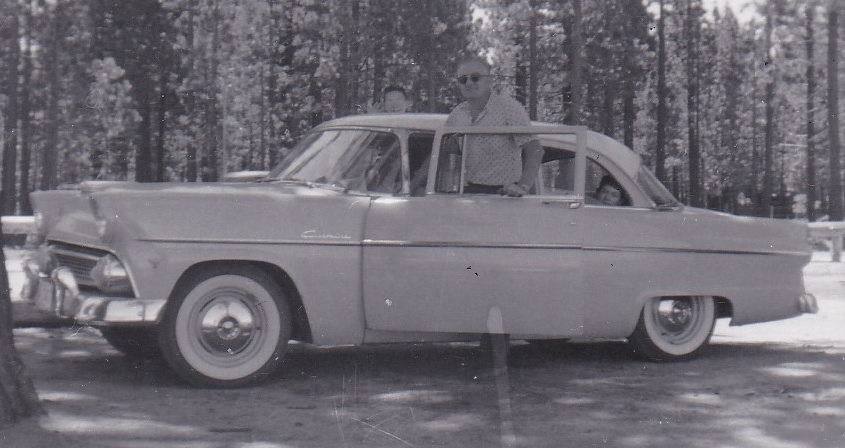
The above photo was taken in 1956; “California here we come!” We traveled on the now Historic, Route 66, which was opened thirty years earlier in 1926. All 2,448 miles were fully paved from beginning to end by 1938. “America’s Highway,” as it was called, extended from Chicago to Los Angeles, which was perfect for us, who, living just north of Chicago, were headed to Sierra Madre, CA, a suburb of LA.
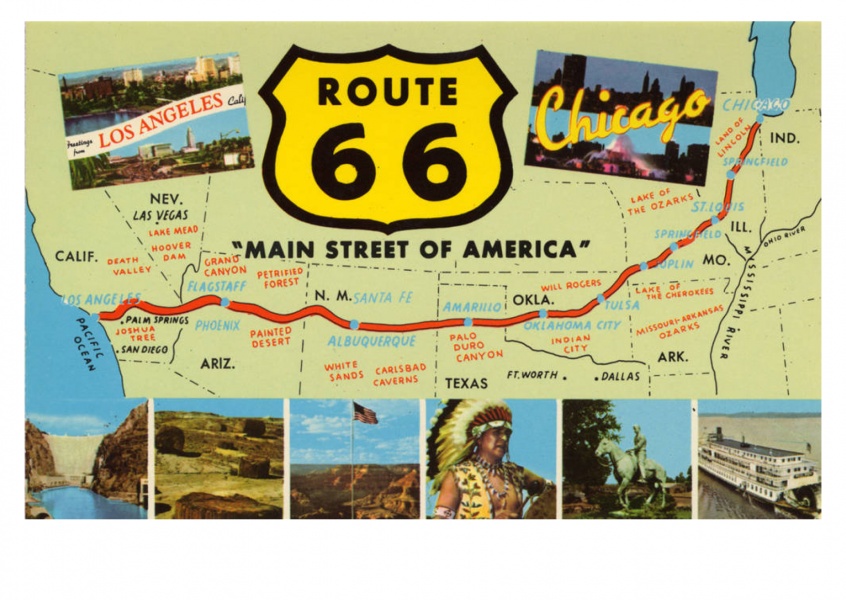



Along the way, we enjoyed reading the famous Burma Shave signs; a very clever and entertaining idea to advertise shaving cream. The signs were spaced quite a distance apart so that you could read the first one and about 5 seconds later, the next one and so on. (Unlike the photo below, which was staged so you could read the whole rhyme in one photo.)
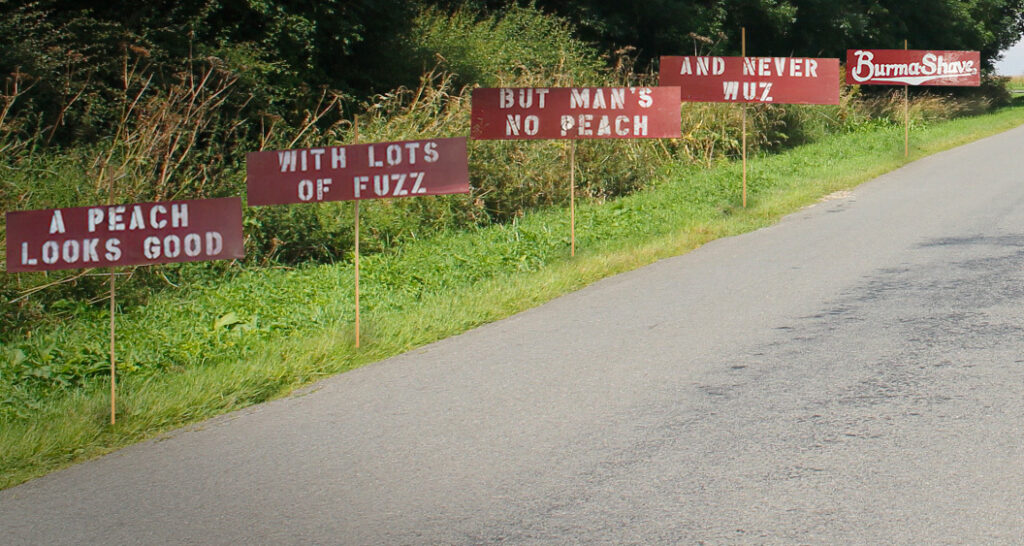
One of the last sections of Route 66 followed part of the old Santa Fe Trail across the Mojave Desert in southern California. Roy’s was the “last chance for gas” before heading across, which my Dad decided would be best to do at night when it was cooler. Nearby Needles, CA often has the hottest temperature in the USA during the summers.
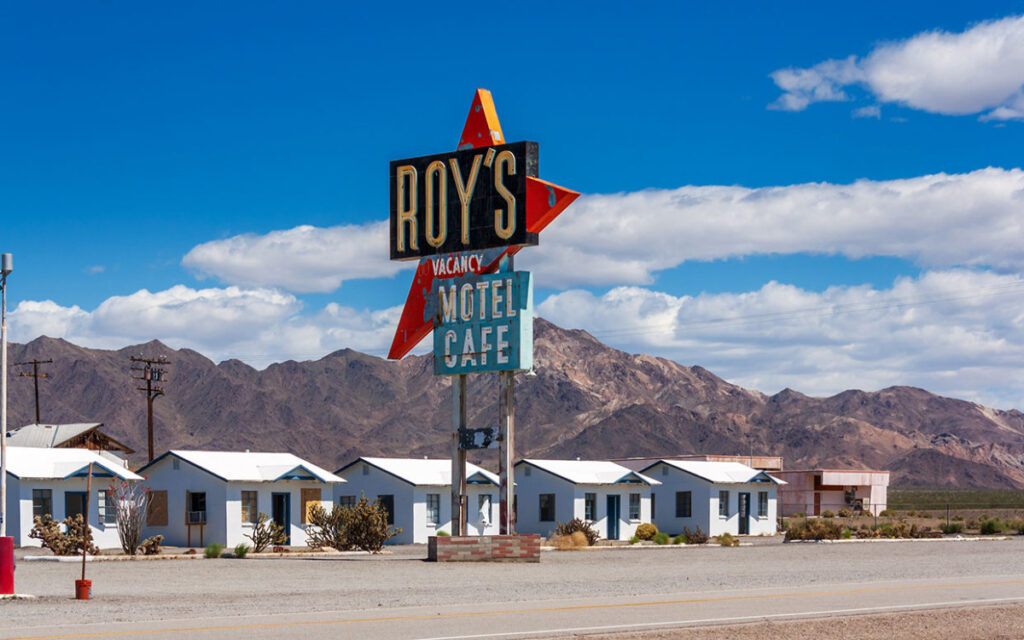

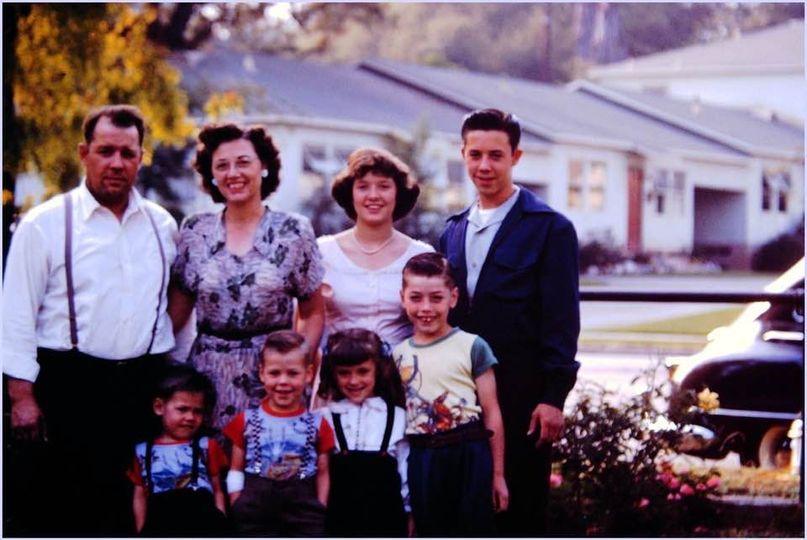
We stayed with Ruth’s sister, Elsie and Al Ower and their six kids, Jack, Lynda, Denny, Kathy, Alan and Terry. We also saw Ruth’s brother Bing and wife, Betty and son, Robin. They took us to Knott’s Berry Farm and a new place that opened a year before, called, Disneyland.
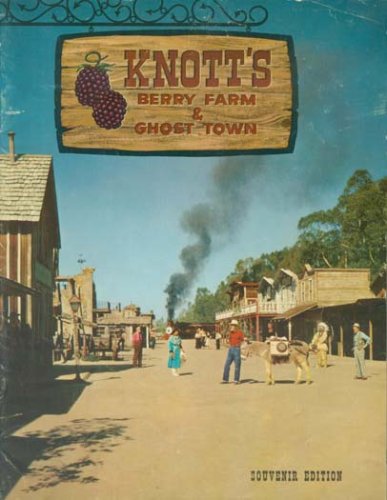
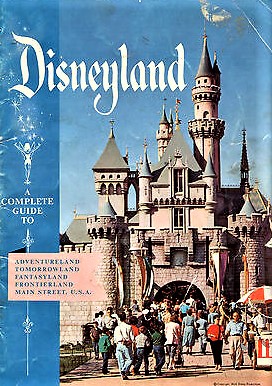
In 1957, our family bought a custom, home-made travel trailer. It was small and very unique. I recall that every time we got all set-up in a campground, the other campers nearby would come over to check us out and get a “tour” of our trailer. It’s a wonder that all five of us fit into it. When you opened the door, there was an aisle straight across to the other side with a wall to wall to wall, double bed on the left and bunk beds on the right. Mickey had the top bunk, Sheila the bottom and I slept in a hammock suspended over my parents double bed. The unique part was the kitchen. My Dad would unlatch the rear end of the trailer and lift it up to form a ceiling. Then two poles were positioned at each corner to hold it up. If it was warm enough, that was it. If it was cool and/or rainy, a tarp was hooked around on three sides as shown in the photos below. The kitchen had a propane stove, cupboards and drawers, a pass-through to the inside and and icebox. I remember we had to periodically stop and buy a 12 inch block of ice and chop it in two with an ice pick to fit it around the items in the icebox, which had a hole in the bottom to let the melted ice drain out on the ground. My parents put a lot of work and effort into trailer camping with us three kids. Back in those days, campgrounds were very primitive with none of the common conveniences of home. Outhouses were the standard thing and I don’t recall any showers. We used a hand pump to fill buckets of water to wash our hands and dishes and brush our teeth. Hard to imagine, but we actually looked forward to using a restroom at a gas station! Back then, I don’t think I appreciated all they had to do and sacrifice for us to experience and enjoy traveling around the country.
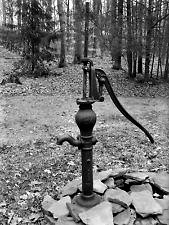
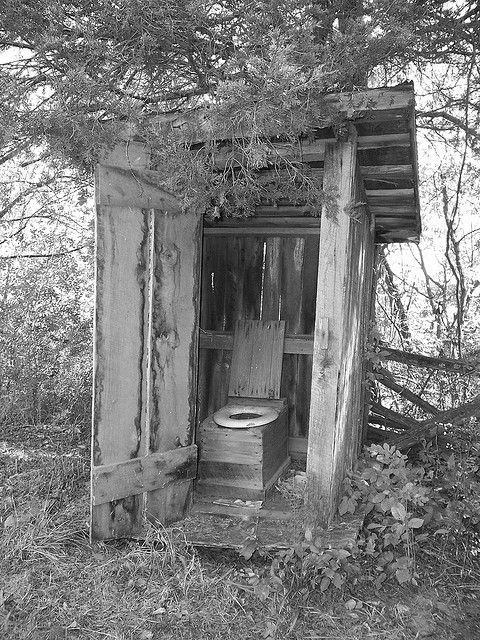
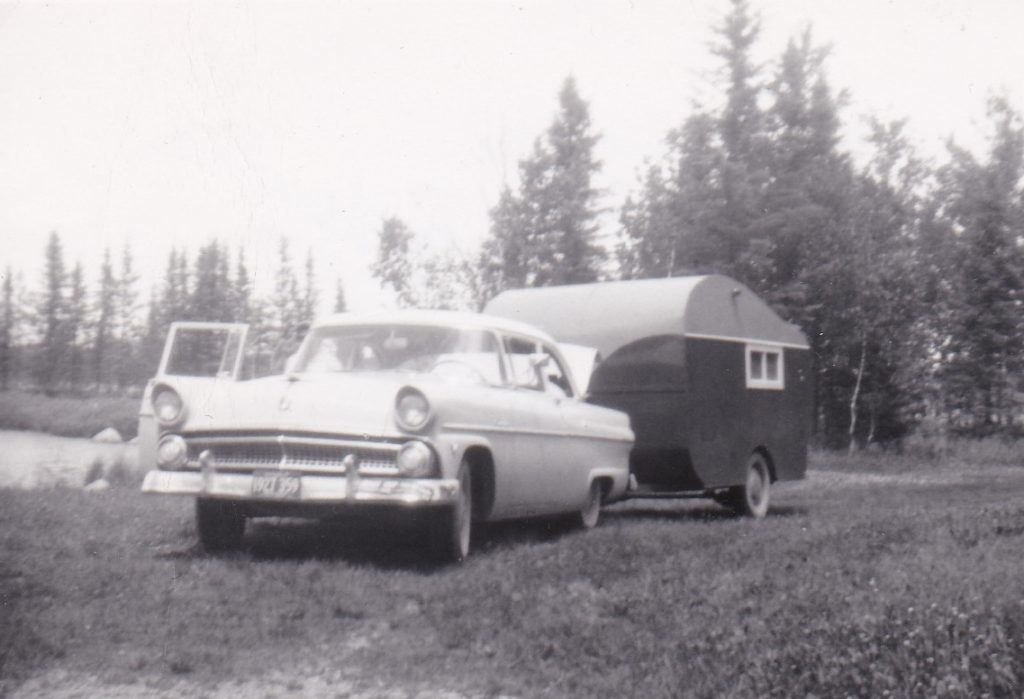
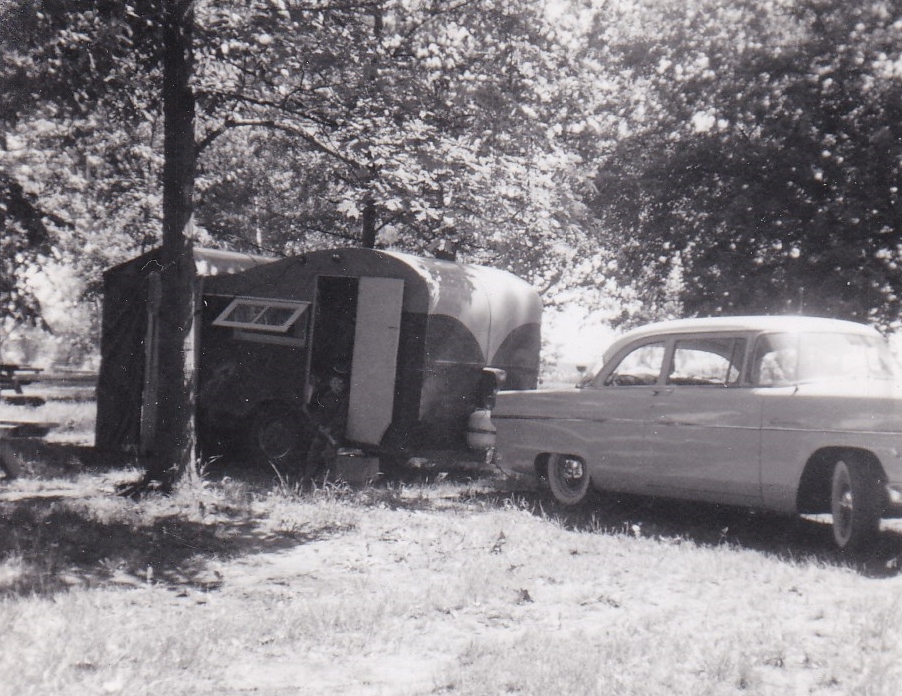
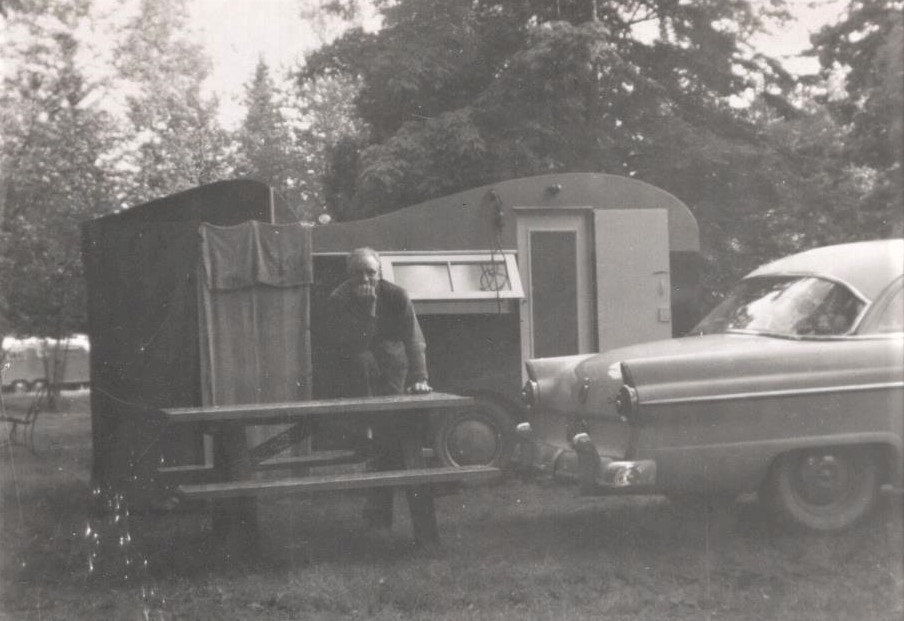
These pictures were taken on our first trailer trip in 1957 as we journeyed around Lake Michigan. My favorite part was when we took a ferry out to Mackinac Island for the day. We got around on foot, on bikes and by horse power, as no motor vehicles are allowed on the island. We had lunch and bought souvenirs at the Grand Hotel and toured old Fort Mackinac. A very cool place to visit if you get the chance.
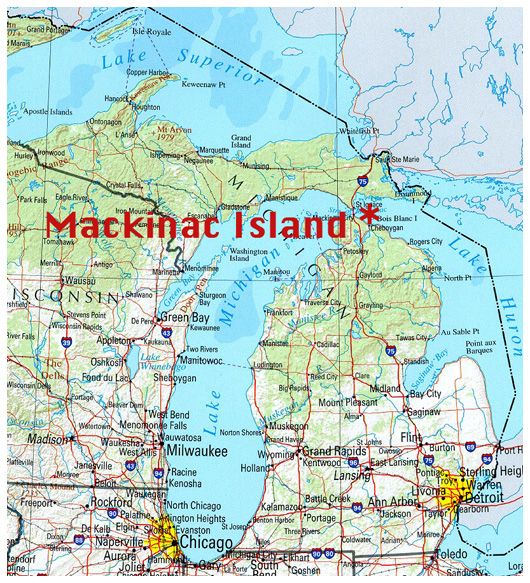
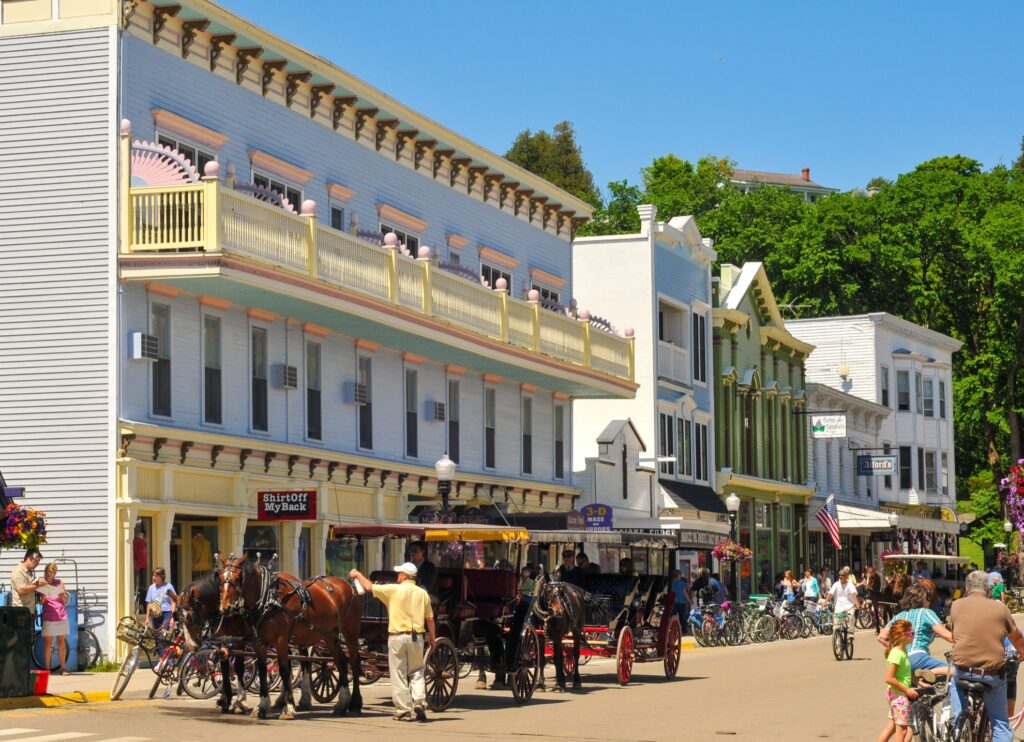

Our next trailer trip was to the Great Smoky Mountains of Tennessee in 1958. We camped next to a loud, rushing stream in the State Park and had various encounters with black bears in our garbage cans, on our picnic table and on our way to the outhouse (just Sheila actually.) In 1959, we pulled the trailer to Florida to visit the Snellings again in Ft. Lauderdale and neighbors who moved to Ft. Myers. Another trailer trip into Michigan and then to Ohio to see the Oster’s occurred in 1960.
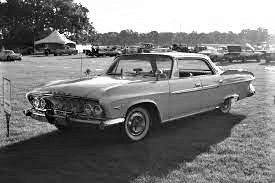
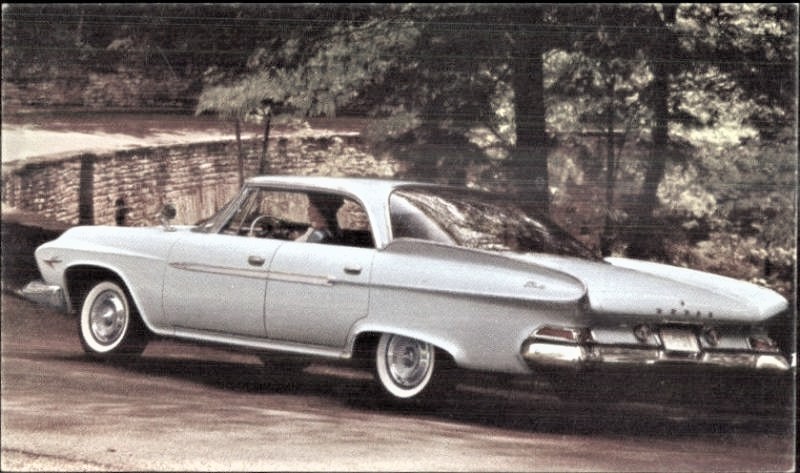
Harry and Ruth purchased their first brand new car in 1961, a 4 door, Dodge Dart Phoenix. It was referred to as a ‘hardtop convertible’ because it had no center post between the front and back windows, like a real convertible. Our vacation adventure in 1961 took us back to California via South Dakota’s Corn Palace, Badlands and Mount Rushmore. We also stopped at Yellowstone Park in Wyoming to see the Old Faithful geyser and on through Idaho and Oregon and then California to visit all the Ower and Snelling relatives. Harry, with his movie camera and Ruth, with her camera, did a good job of documenting all their trips and had quite a collection of slide shows to remember all the places we had been.

Harry S. remarried in 1957 and lived at 2619 Edina Blvd. and later moved to Bridgeman, Michigan. In 1961, Harry S.’s brother, Leon died and the Zion Candy Factory closed it’s doors after almost 60 years of candy making. Harry M. worked there for over 20 years and he then moved down the street to work at Burgess, Anderson and Tate (BAT), where he worked for almost another 20 years. Harry S. moved back to Zion from Michigan and died at the Zion Hotel Rest Home in 1966.




Ruth went back to work when all us kids were in school, first at Bicket’s Gift and Stationery in Zion and then at NOSCO, Inc. in Waukegan. She taught a Sunday School class for many years and did make-up for Zion Passion Play.
In 1962, we loaded up the trailer for a trip through Wisconsin, which included a few days in the Wisconsin Dells. Back then, the Dells had a rustic, frontier, nature flavor to it; Fort Dells, Indian ceremonies, scenic boat rides, the Ducks, dog jumping to Stand Rock, etc. Now it is more of a tourist trap with water parks and hotels.



Since Ruth’s siblings were spread out from Florida to California, it was agreed upon to have a family reunion in the summer of 1963 in Colorado Springs, CO. Every family who had a trailer or a tent brought it and those who didn’t, rented one. We met at the Monument Lake campground and “circled the wagons” so to speak; nine families lined up in two rows. Snelling family patriarch, Arthur and wife, Ruth stayed in a nearby motel, as did Uncle Harry and Aunt Greta Bullard. If my math and memory are correct, there was a total of 32 in our group. Not used to the dry, Colorado heat and abundant sunshine, it didn’t take too long for us all to be sporting cowboy hats and carrying Chapstick in our pockets. But of course, at night we had a huge campfire that 32 people could sit around wrapped up in sweatshirts and blankets. We all drove up to Pike’s Peak and saw all the local CO attractions, as well as hiking and horseback riding.
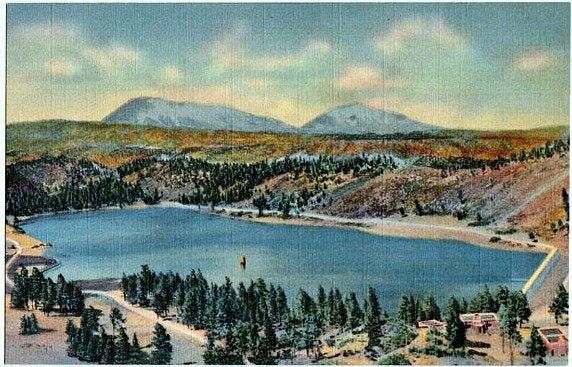
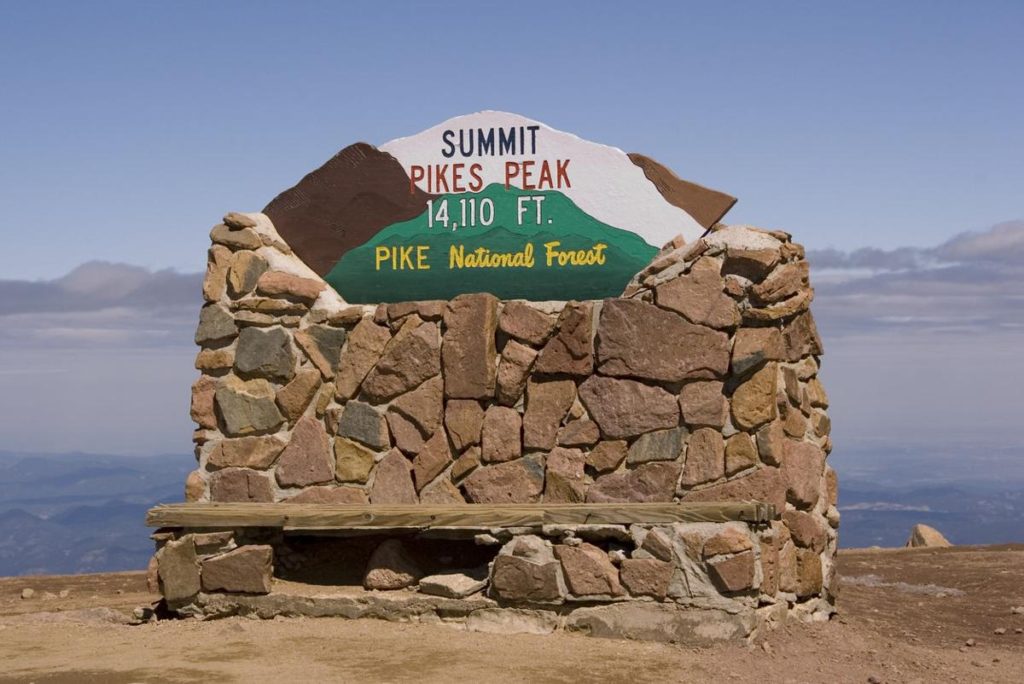
The next year, we let the trailer rest while we took the Santa Fe Super Chief from Chicago to Los Angeles to attend Dennis Ower’s wedding. Bing and Betty Snelling met us at the station and after the train pulled out, B & B’s sons, Robin and Roger presented me with three pennies they had placed on the railroad tracks before we arrived. This time when we went to Disneyland, we saw Walt Disney riding in the Main Street Parade.
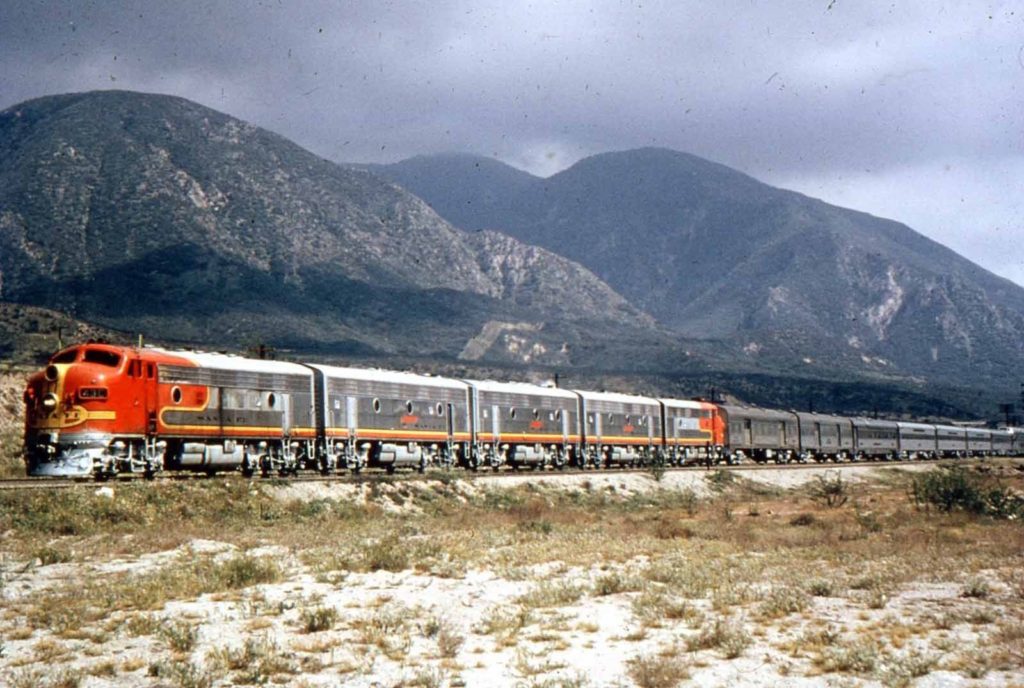
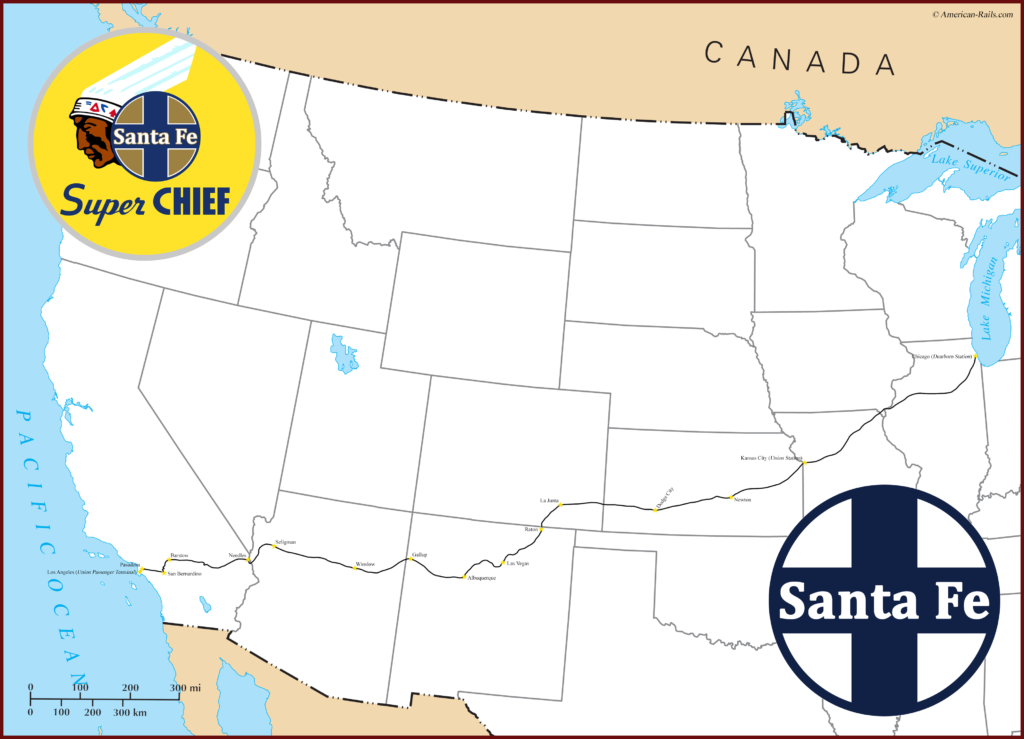
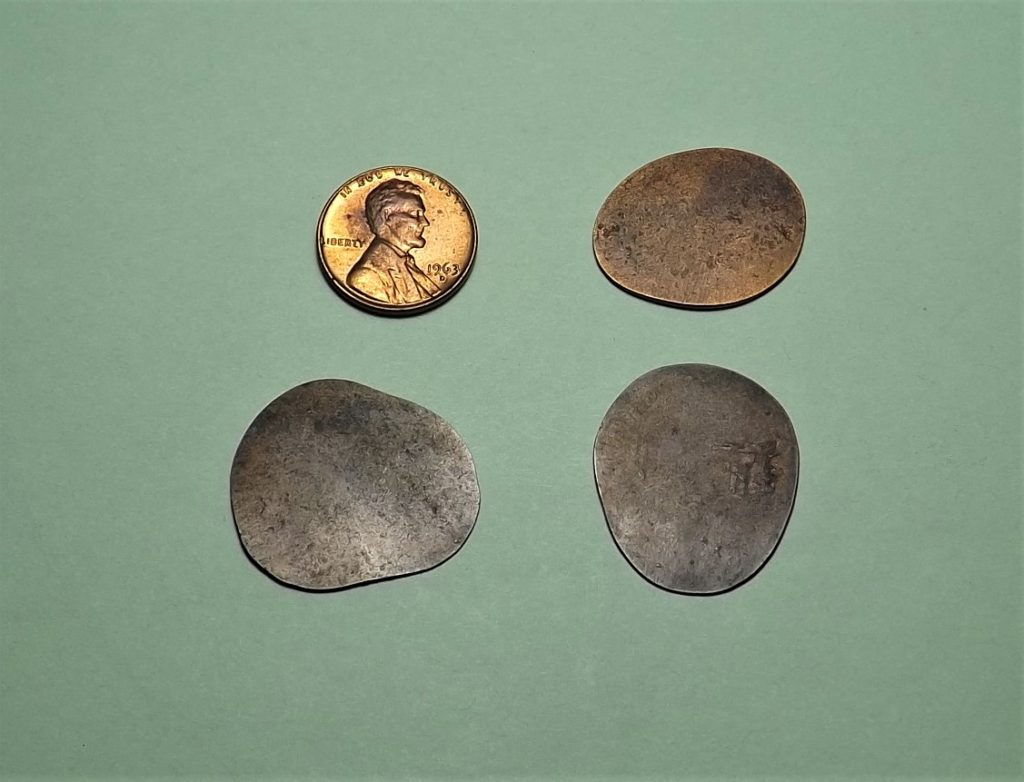
We took more trailer trips in 1965 and 1966 into Wisconsin and Minnesota. Then in 1967, we headed to Canada in two cars; Harry and Ruth in their car and Mike and I in his Corvair. Mike had moved to St. Paul, MN and came down to Zion to go with us on this trip and since gas was only .32 cents a gallon, thought it would be fun to take his car, too. We drove through the Detroit-Windsor Tunnel under the Detroit River into Canada and then on to Chatham, where we visited some Richardson relatives (Harry’s Mom was a Richardson). On we went through Stratford and Ottawa and all the way up to Quebec, Quebec, where they all speak French. It was interesting trying to communicate through translators and gestures. We then made our way to Montreal and Expo 67, Harry and Ruth’s third World’s Fair. After three days at the Fair, we headed for home.
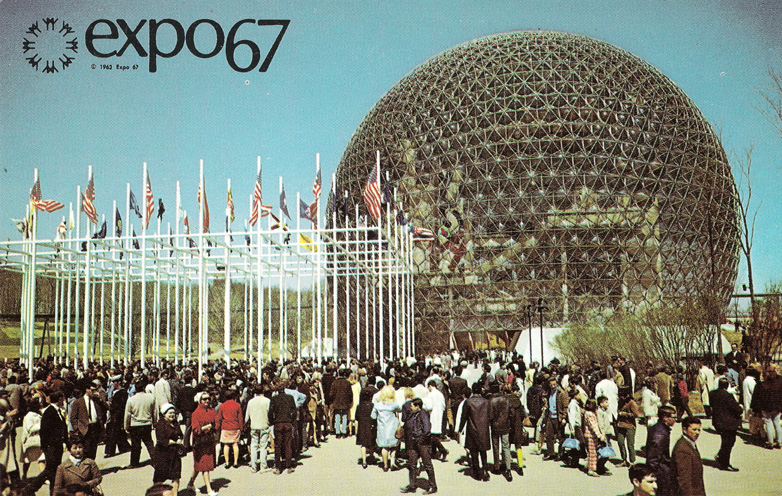
Harry and Ruth sold the little trailer that took us across many states and we became ‘trailerless’ for a few years. 1968 found us back in Florida again and this time all the way to the end of Key West. A trip to Salt Lake City, Utah via the South Dakota attractions, Mt. Rushmore, Deadwood, Badlands, etc. came in 1970 to visit Mike, whose job moved him there. The next year, we traveled to the Astrodome in Houston, Texas, Missouri and New Orleans, Louisiana. Harry and Ruth bought a 16 foot trailer and we pulled it to the second Snelling Family Reunion in the summer of 1972 in the Grand Teton National Park, Wyoming. Many of the first Reunion attendees were there, as well as a whole new group of kids born after 1963.
Harry was a faithful Chicago Cub fan for about 50 years watching games on TV, listening on the radio and we usually attended at least one game a year in the “friendly confines of Wrigley Field.” Ruth funneled her artistic talents through cake decorating, knitting, macrame and oil painting.
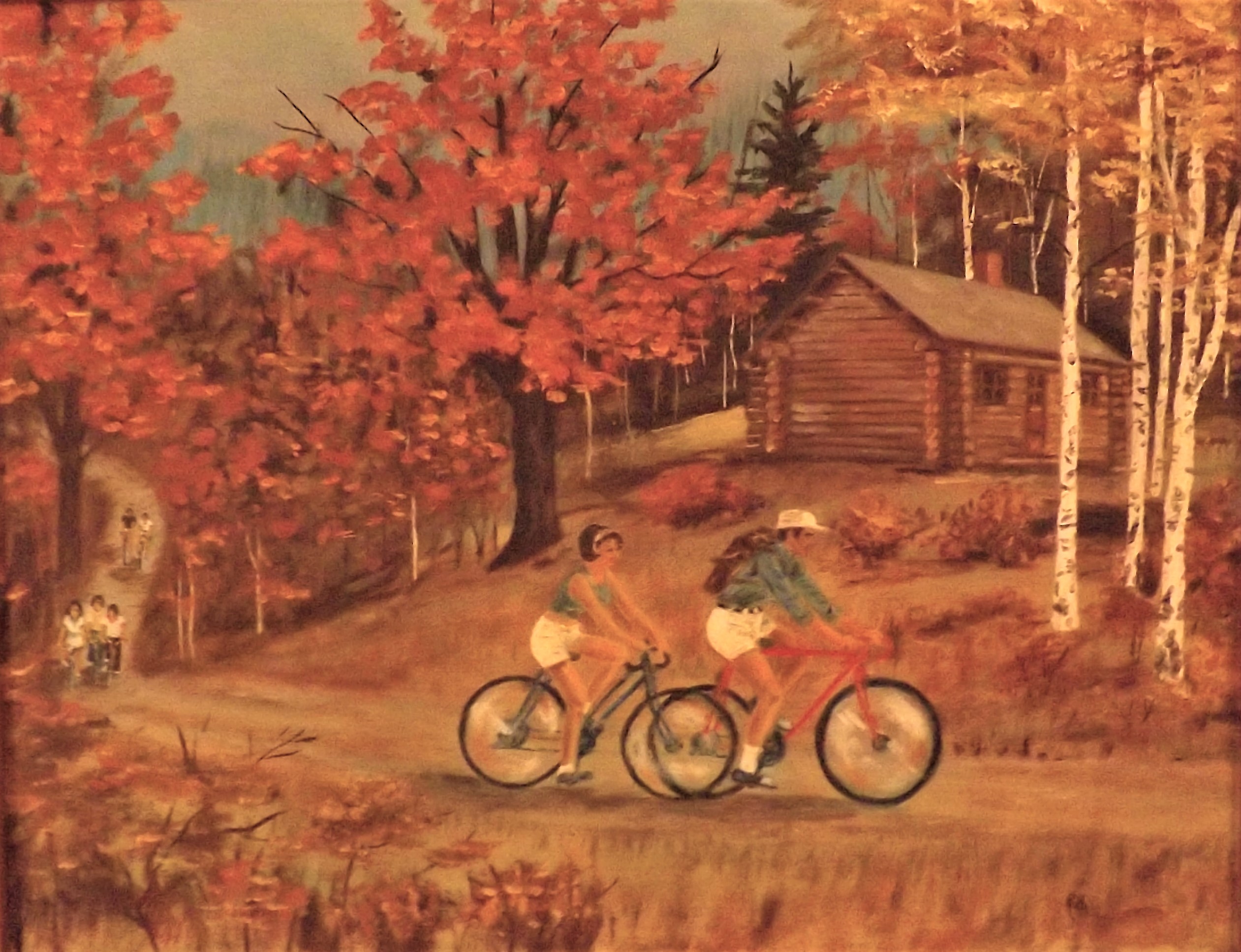
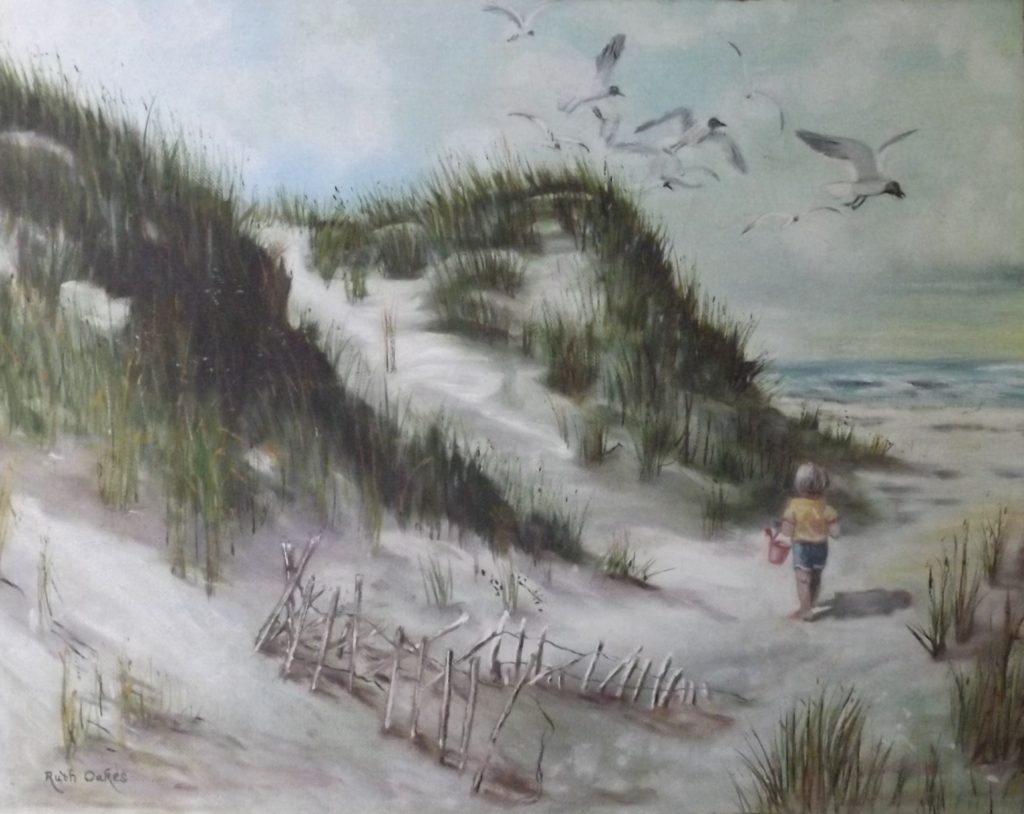
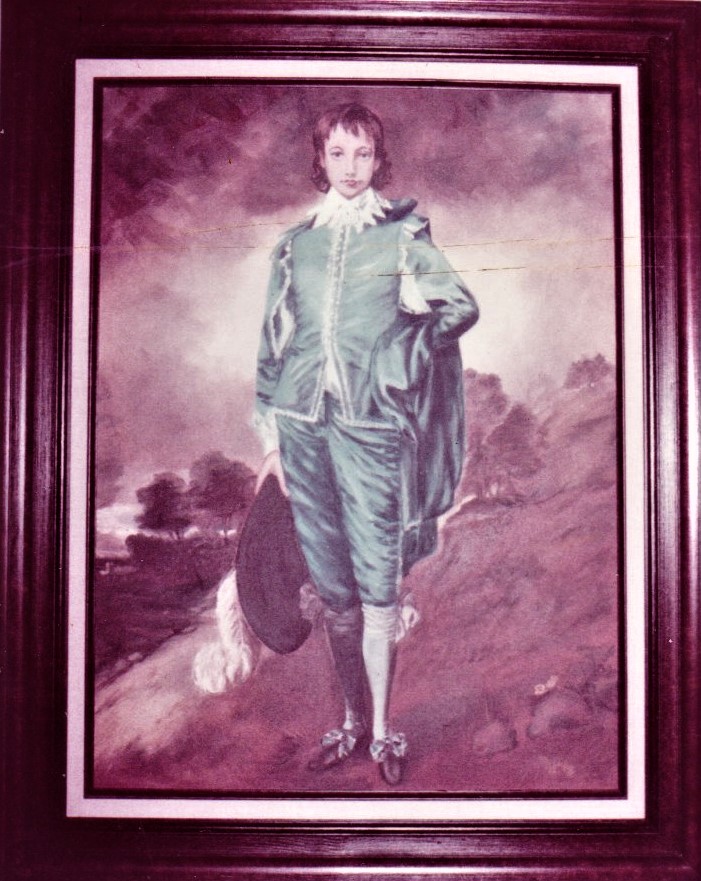
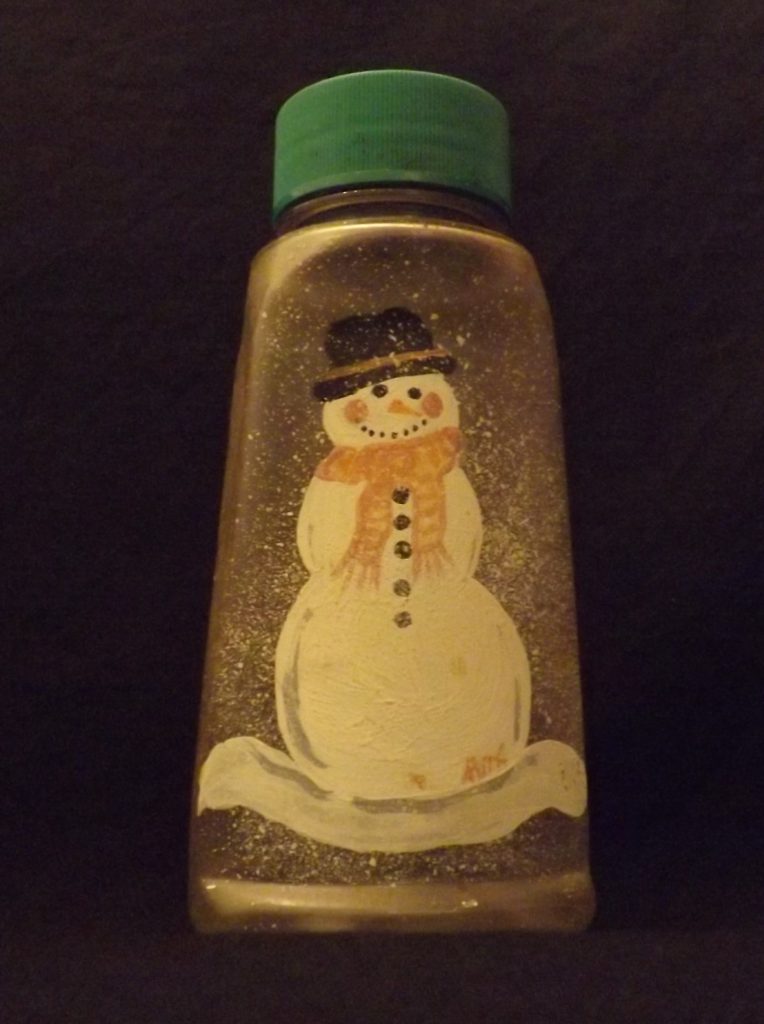
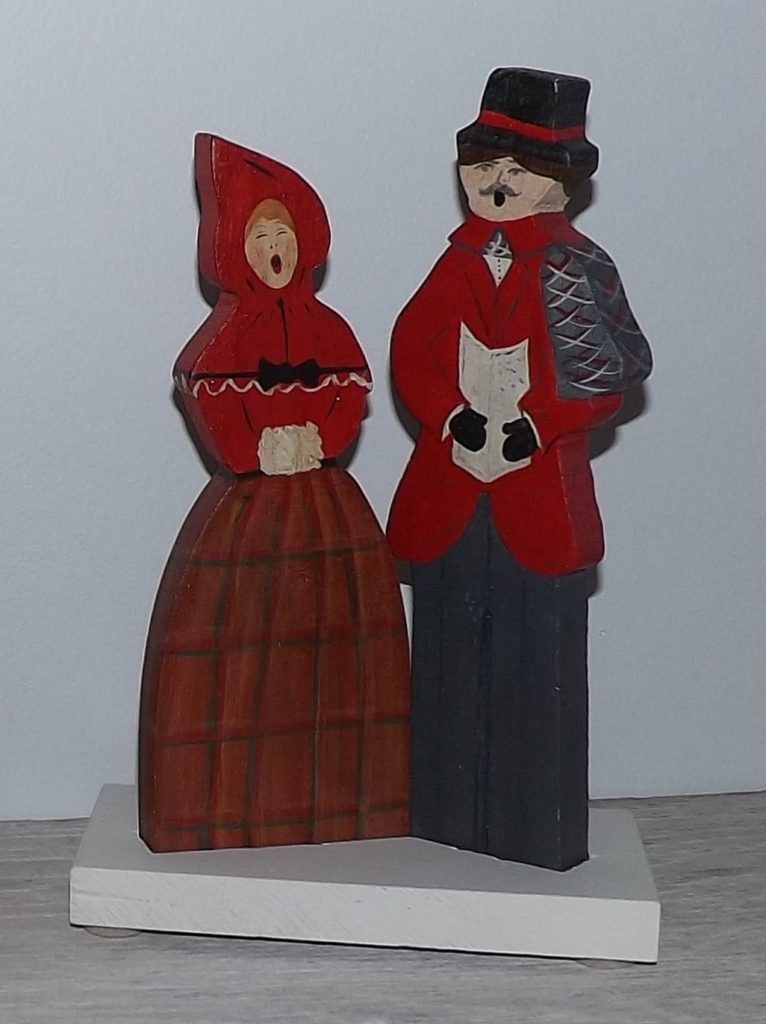
We kids had a big 40th Wedding Anniversary party for Harry M. and Ruth at their home on October 8, 1977. Sheila presented them with a giant wall quilt that she made, which depicted important elements of their 40 years together.
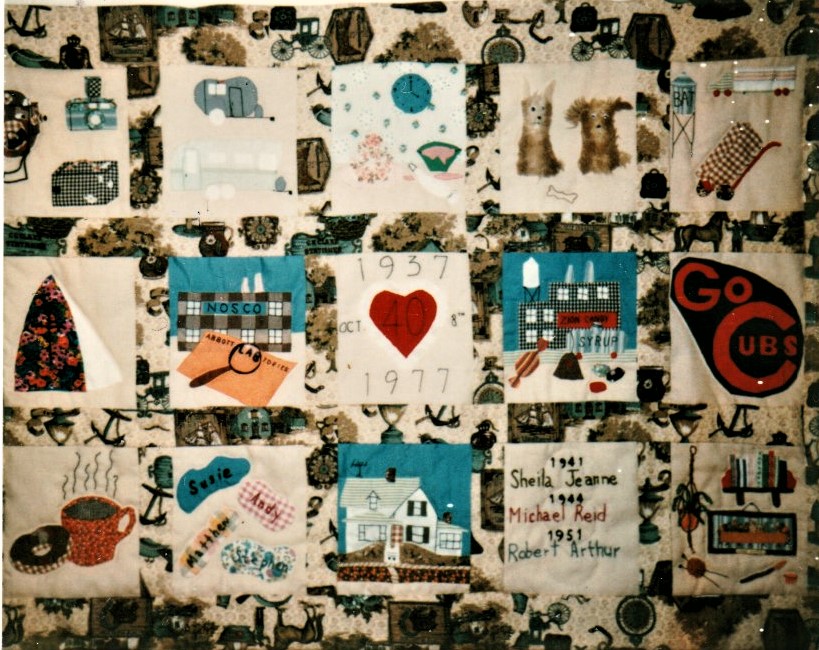
Harry and Ruth began a yearly trip to the Ozarks and Branson, Missouri on their wedding anniversary each October. The main attraction back then was Silver Dollar City. On another trailer trip to Texas, they had car trouble out in the middle of nowhere and were stranded for several hours before being rescued. This was in the world before cell phones (WBCP), so they got a CB Radio for their car before their next trip. After Harry retired from Burgess, Anderson and Tate (BAT) in September of 1980, they pulled the trailer to one of their favorite states, Florida. They parked the trailer in a trailer park next to lifelong friends, Floyd and Lucy Messick. Harry drove the four of them back to Zion in their car to spend Thanksgiving and Christmas with their families and then they planned to drive back to Florida for the winter. In their travel adventures together, Harry and Ruth visited 46 of the 48 continental United States.
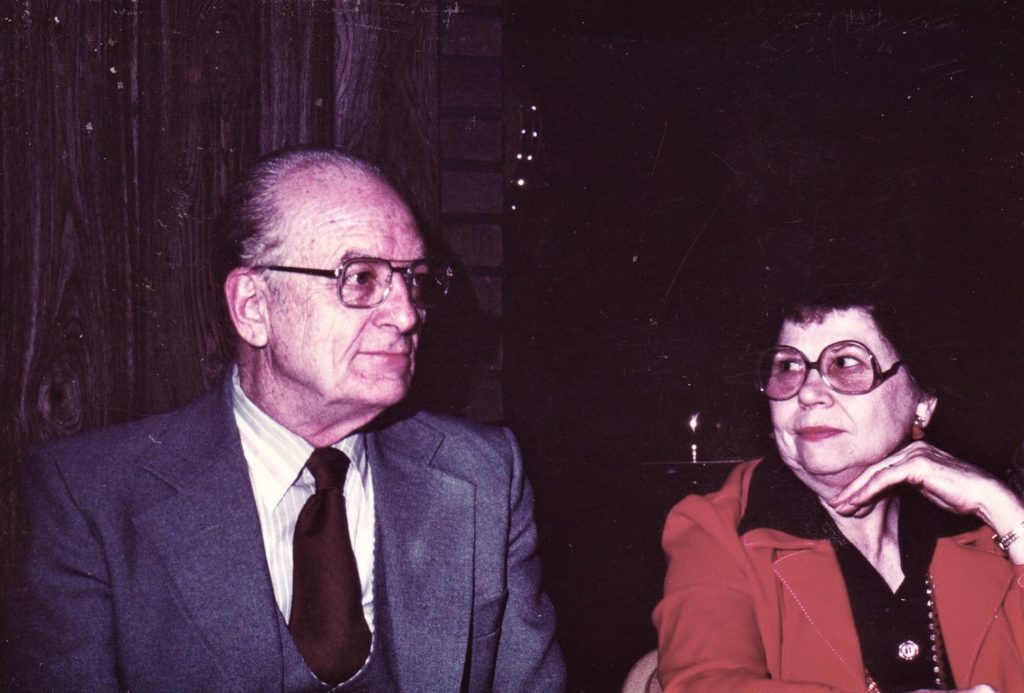
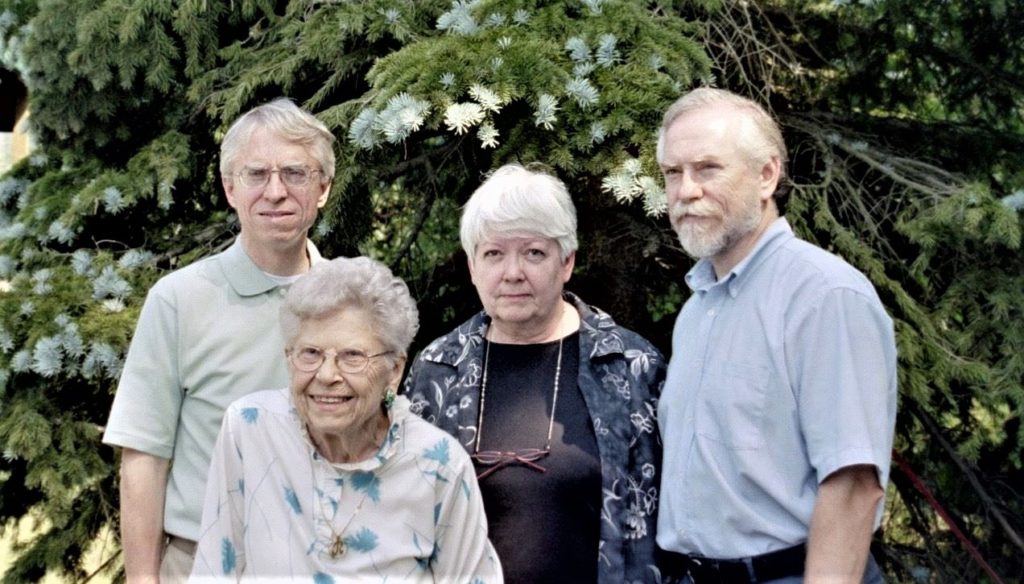
Ruth continued to paint and paint and paint, turning out a great number of masterpieces and won many First place, Second place and Best of Show awards in local art contests.
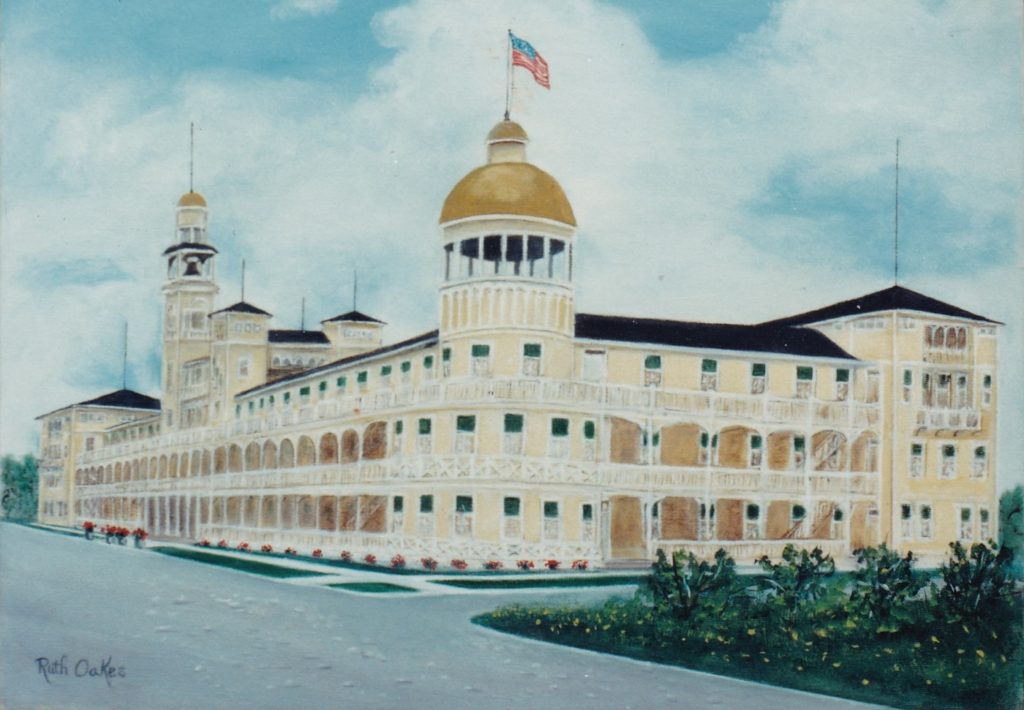
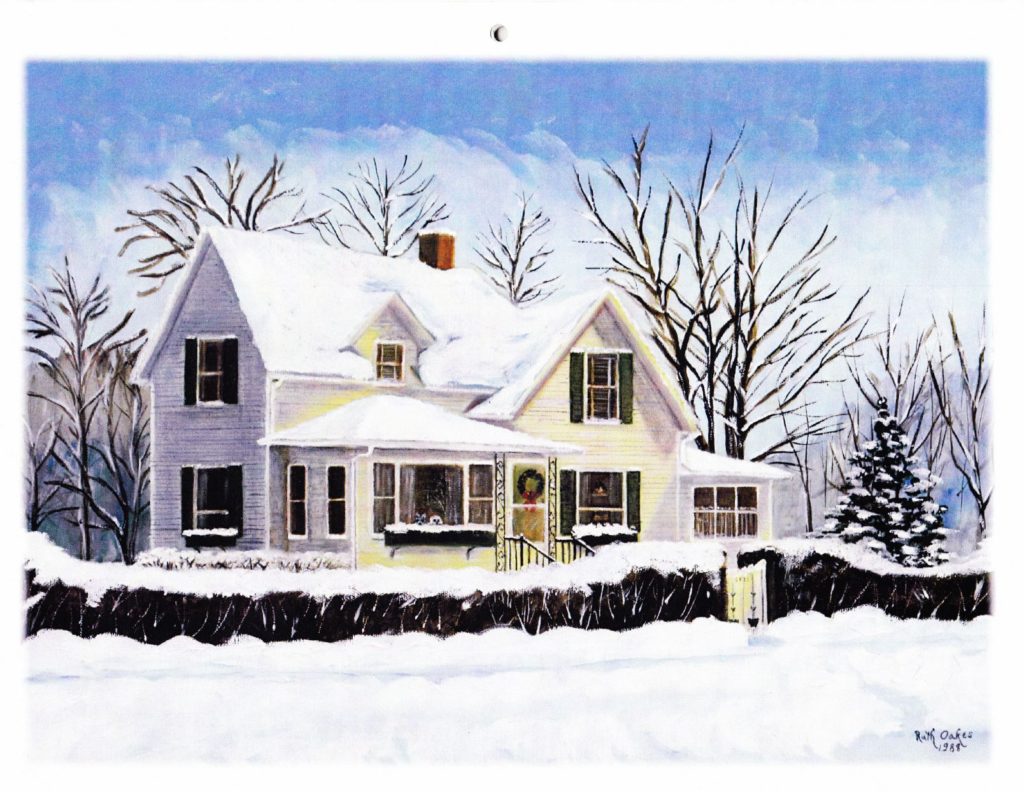
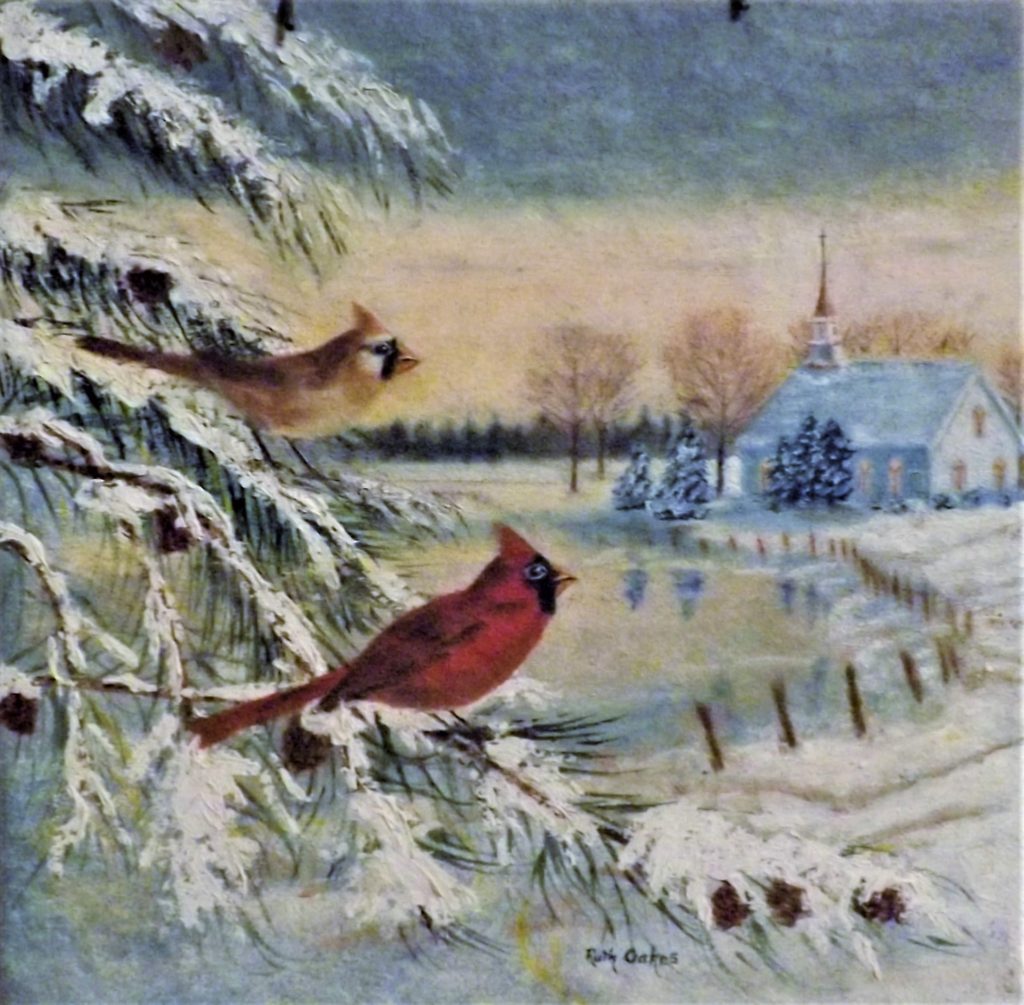

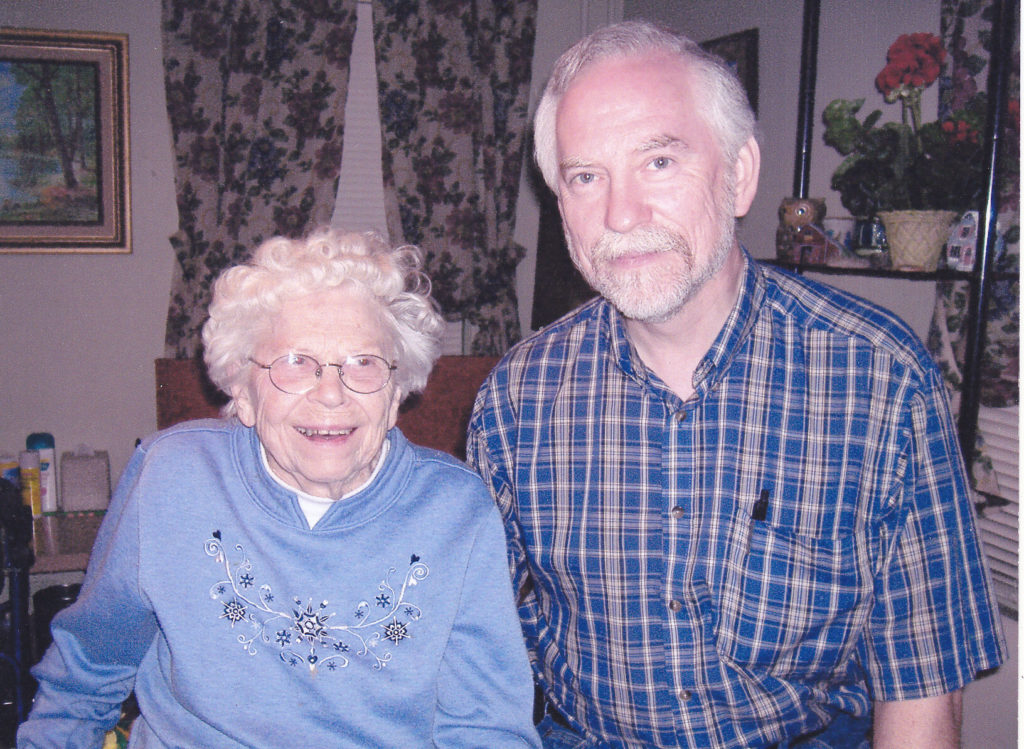
It has been 360 years since that cabin boy swam ashore and began The Oakes Adventures, but who knows how many more adventures lie ahead for the Oakes families.